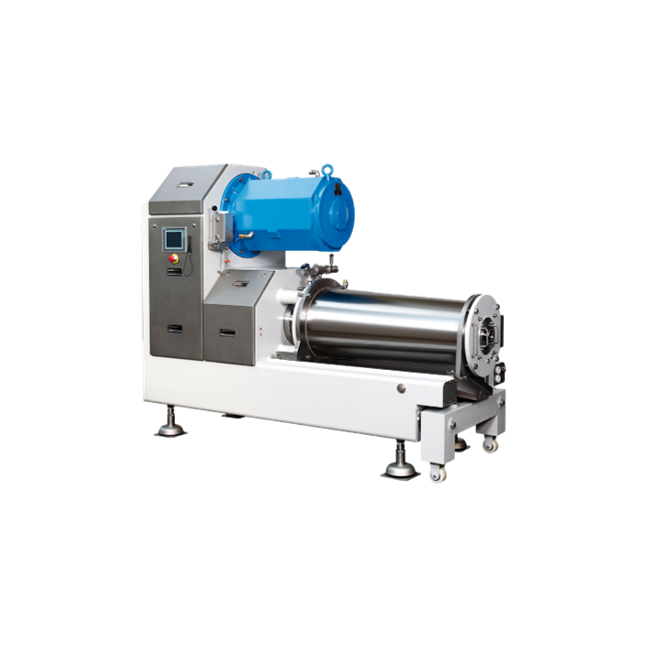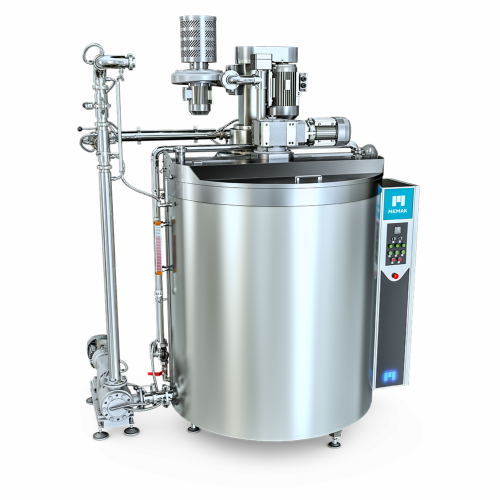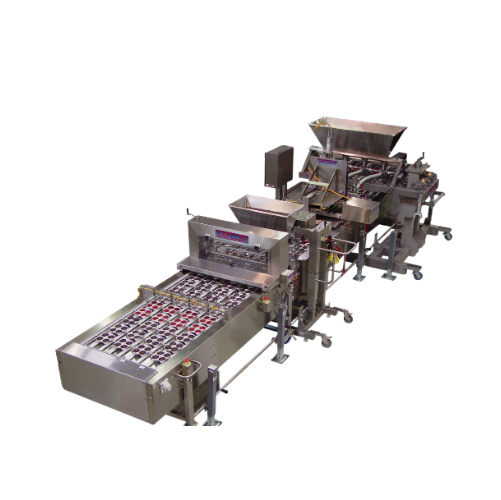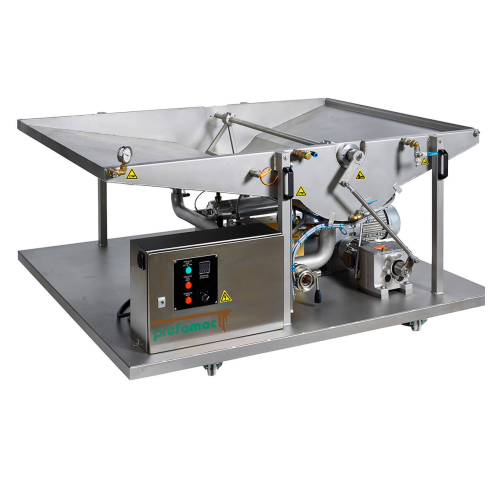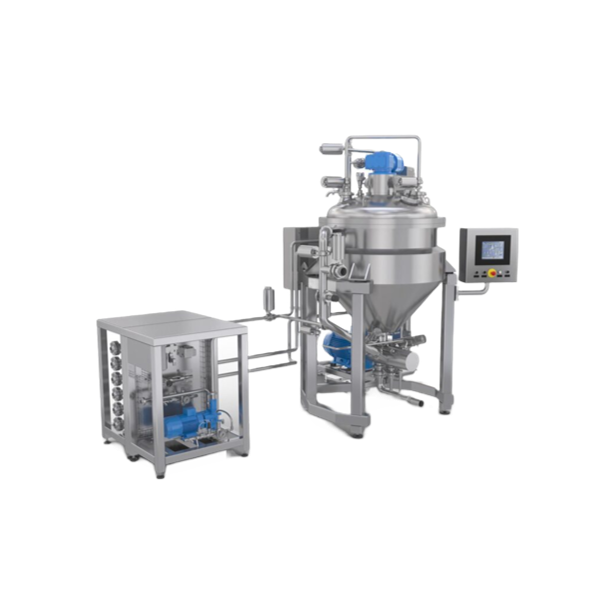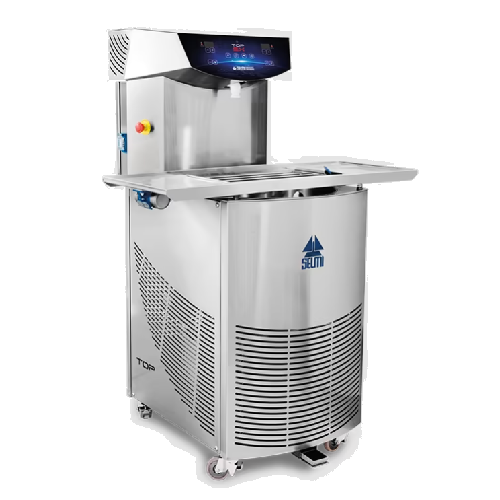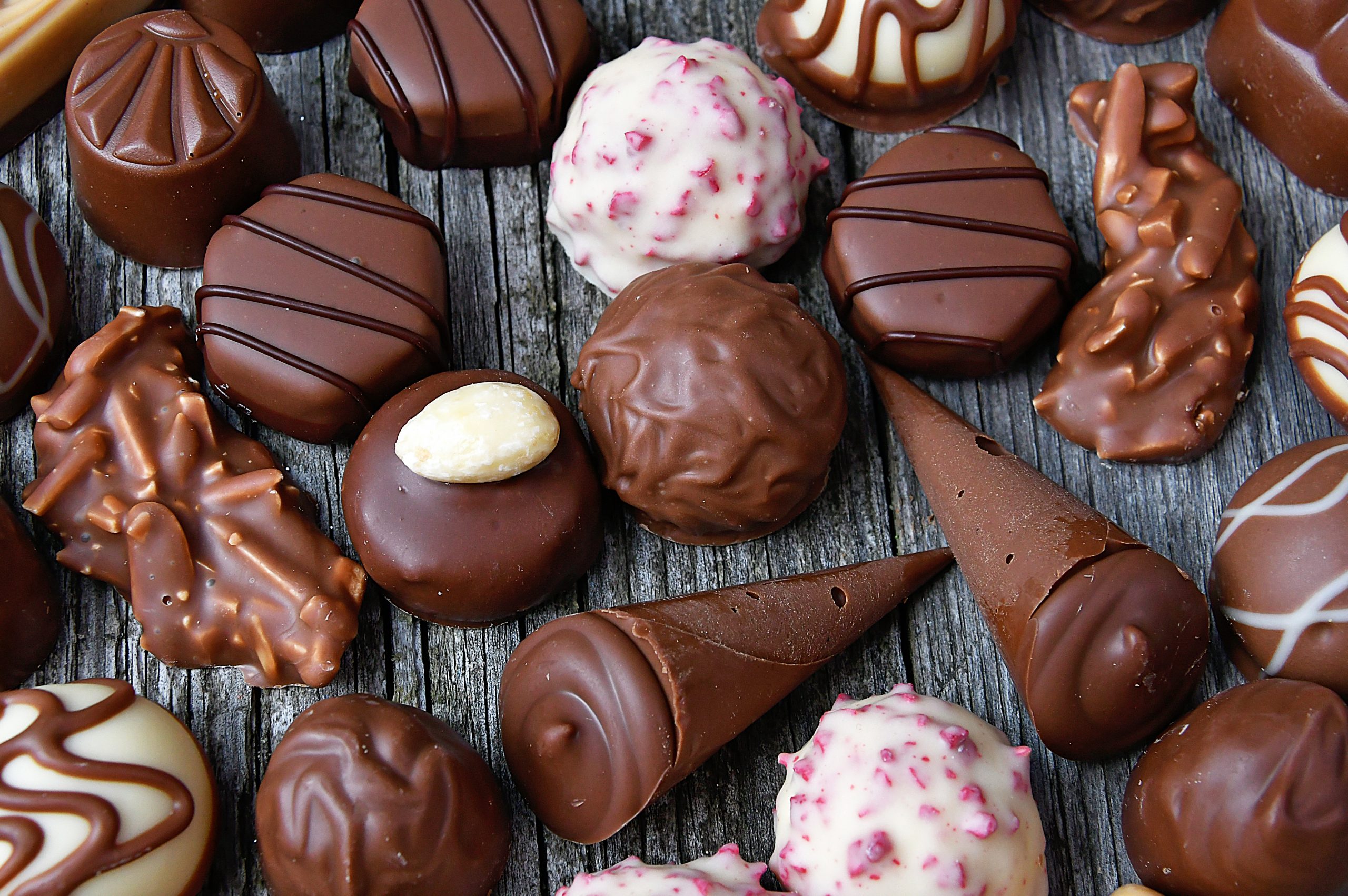
Making Chocolate Coatings
Find innovative production technology for making chocolate coatings and connect directly with world-leading specialists
Chocolate in its liquid form is a versatile confection that can serve as a coating for different desserts. The liquid chocolate-making process utilizes a chocolate coating machine and goes through a number of steps before achieving a fine, high gloss, and sharp look. What makes all of this possible is the process of tempering.
Technology picks for chocolate coatings
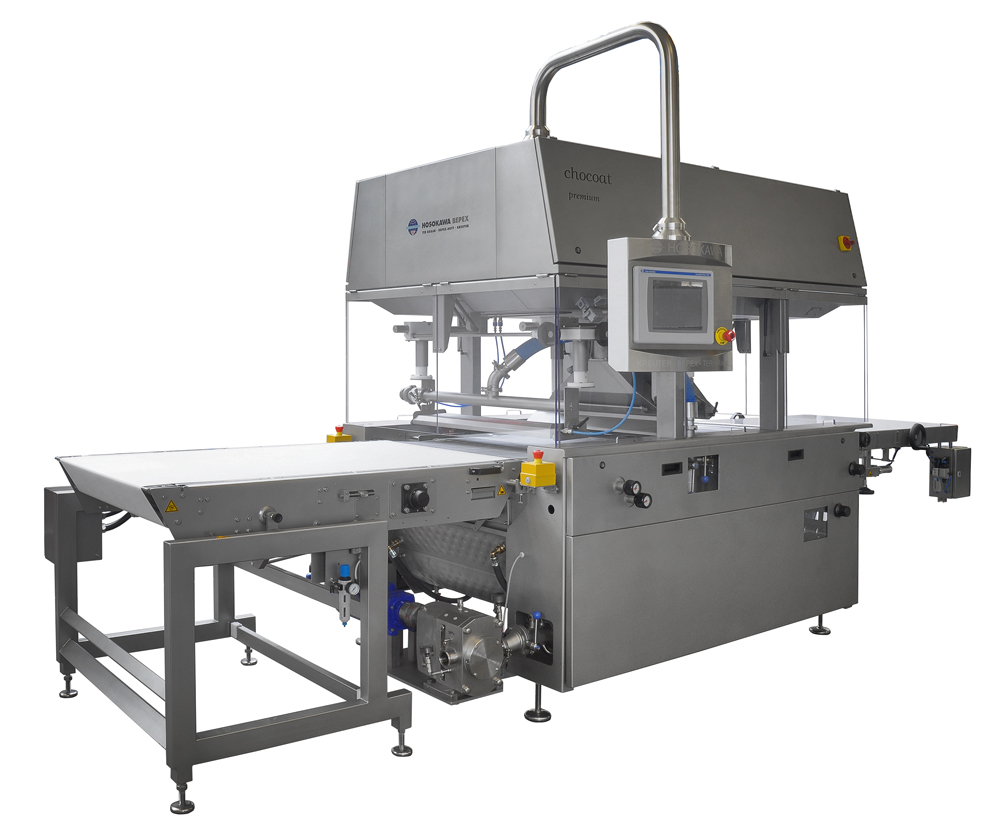
Chocolate coating machine
Coat your product with chocolate or caramel. This is a chocolate coating machine born of many year...
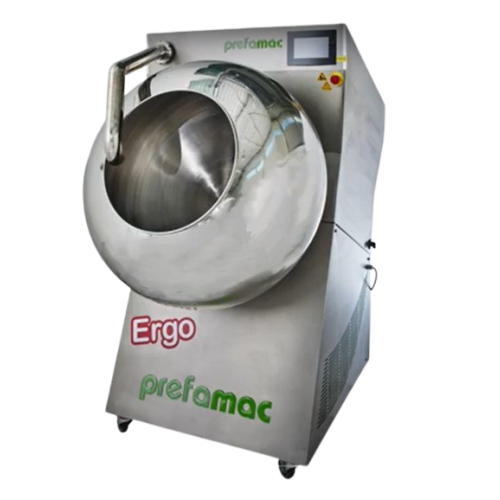
Chocolate coating system for nuts and small biscuits
Effortlessly achieve consistent chocolate coatings on nuts, fruits, ...

Chocolate and sugar coating system
Achieve consistent, high-quality coating for nuts, dried fruits, and confectionery with ...

Chocolate enrobing system for industrial production
Effortlessly transition between chocolate types in your high-speed pr...
Stories about chocolate coatings
Tell us about your production challenge
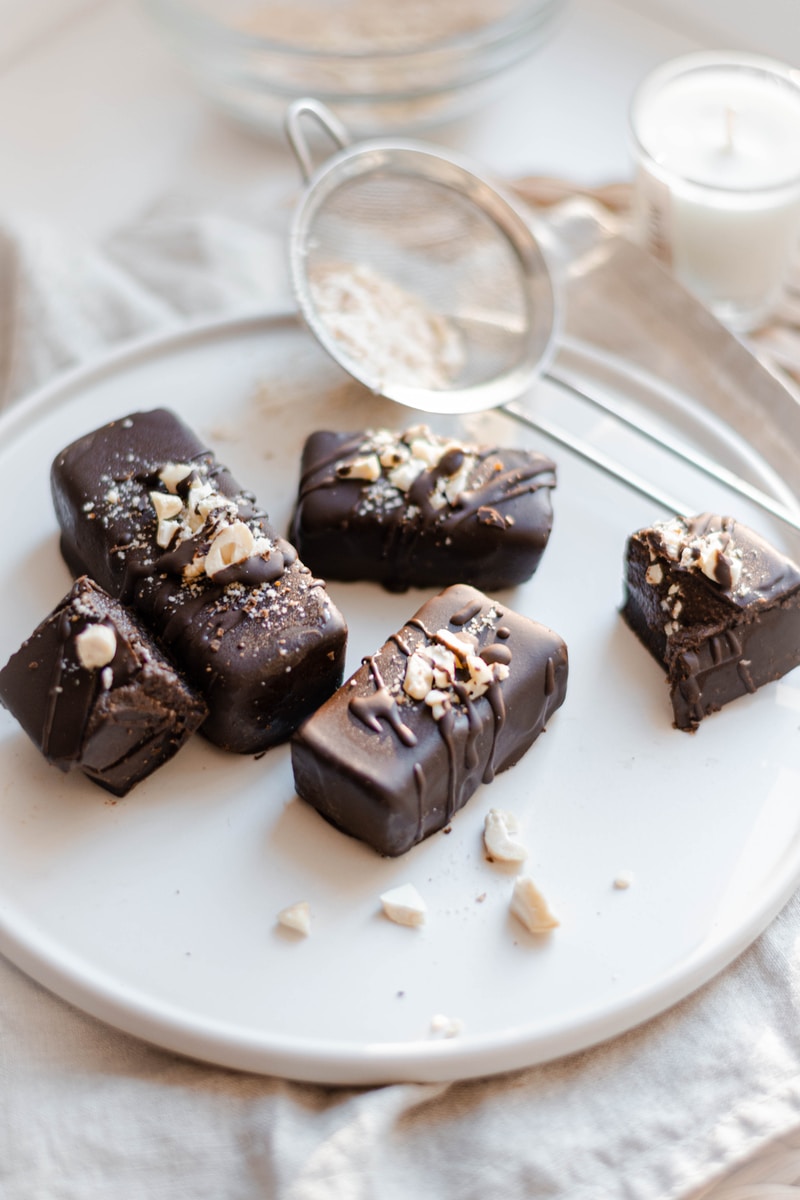
Primary standards of chocolate coatings
The FDA has specific qualifications for classifying standard-of-identity chocolate, each of them with certain levels of cocoa solids and milk solids. For instance, sweet chocolate requires a minimum of 15% of chocolate liquor and up to 12% of milk solids. Meanwhile, semi-sweet and bittersweet chocolate raise the chocolate liquor to 35%. The FDA also requires that chocolates have only cocoa butter and dairy fat as fats. Otherwise, they are not considered chocolate by US standards anymore.
The European Union, however, allows up to 5% of vegetable fats in their chocolate products. In pure and semi-sweet chocolates, cocoa solids play a major role. They provide distinctive flavors that will eventually evolve once the manufacturing process takes place. In contrast, milk chocolates have dairy solids as the main source of solids in chocolate. Depending on the dairy ingredient, the flavor profiles might be different.
Importance of tempering and advantages of using chocolate coating machines
Producers employ tempering due to the unique crystallization process of cocoa butter. They melt the chocolate out, then remove any crystal formations and cool the chocolate at an optimal temperature. It cannot be too high or too low, so stable crystals, such as beta crystals, can form and remain in place. If you compare it to regular solidification, tempering provides the best appearance and texture of the chocolate that doesn’t degrade over time. To achieve this, the chocolate tempering machine heats chocolate to 50 °C (122 °F) for the melting process and cools it down to 27 °C (80.6 °F), allowing beta crystals to form.
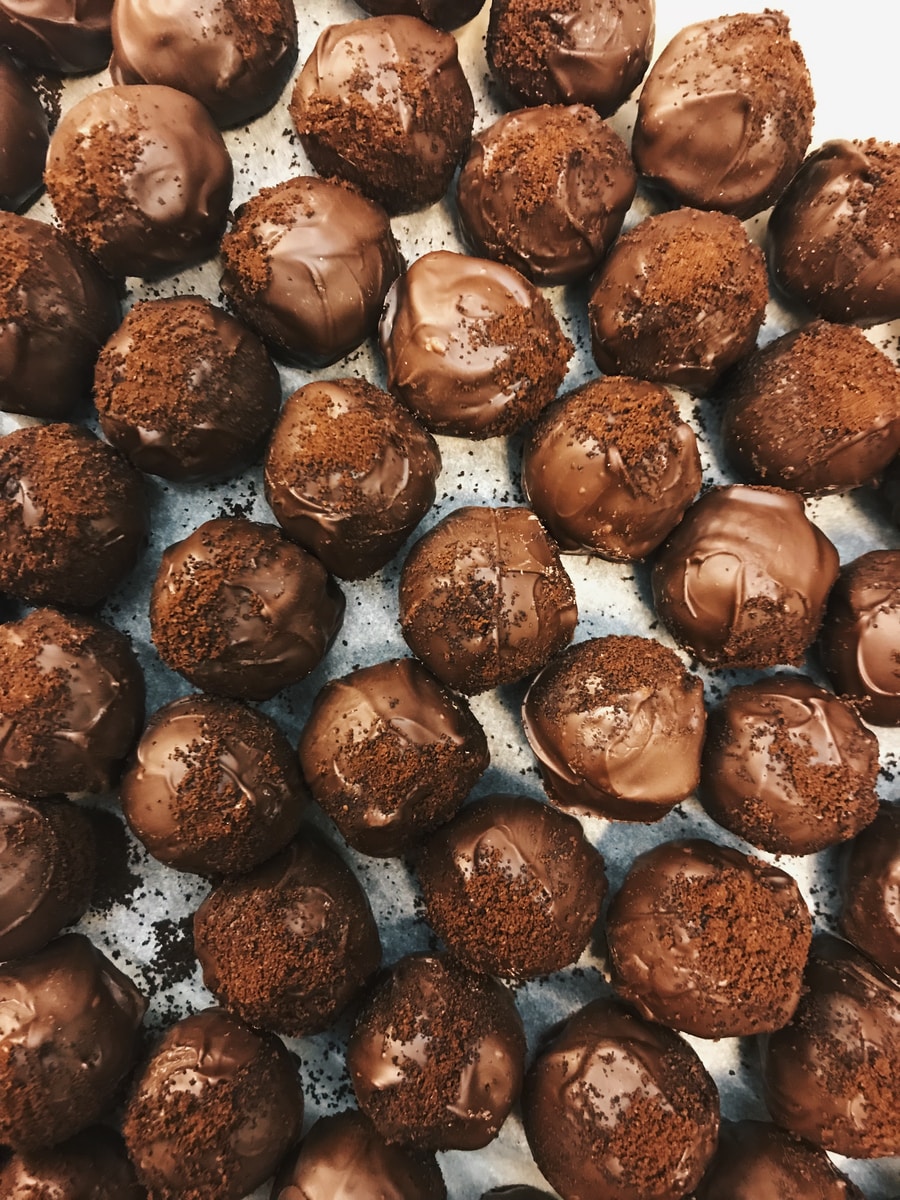
Chocolate coating alternatives
Due to consumers’ health concerns, the industry has been using healthy oils and fats in various food products. These also include chocolates. Manufacturers are constantly researching cheap and healthy alternative compound coatings for chocolates. Instead of cocoa butter, vegetable fats can be a low-cost alternative in producing chocolate coatings using reliable chocolate coating machines in the process. They should also deliver improved texture, taste, and stability because of increased pure fat content in vegetable oils, such as coconut oil. Vegetable-fat, compound coatings are also healthier due to the reduced sugar content. They are comparable to cocoa butter in terms of quality, even without tempering.
Processing steps involved in chocolate coatings making
Which chocolate coatings technology do you need?
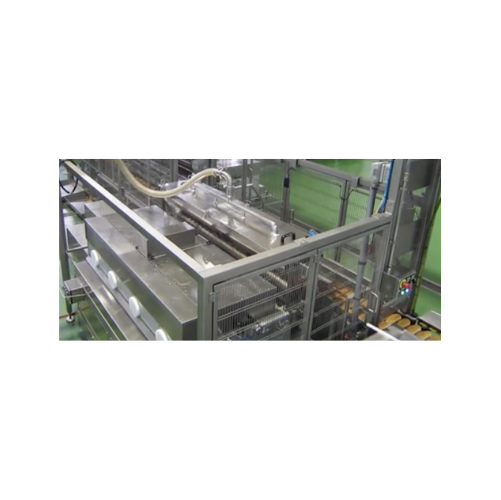
Cakes and pastry side injector
Enhance your bakery production with precision side injection technology that efficiently fill...
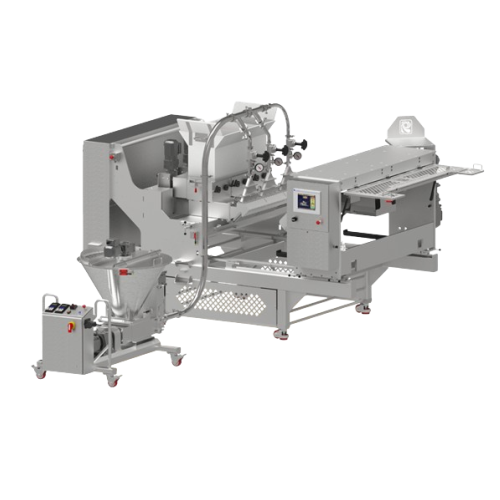
Filled stick extruder for bakery products
Streamline your snack production line with a versatile extruder capable of creat...

Chocolate tempering quality analyzer
Ensure your chocolate’s tempering precision with a device that accurately assess...
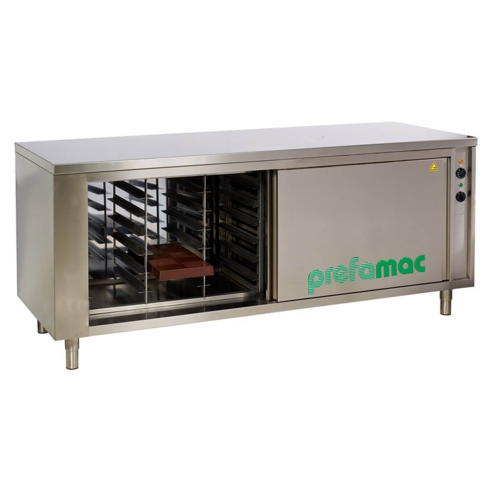
Heating cabinets for chocolate processing
Optimize your confectionery production by maintaining precise temperature contro...
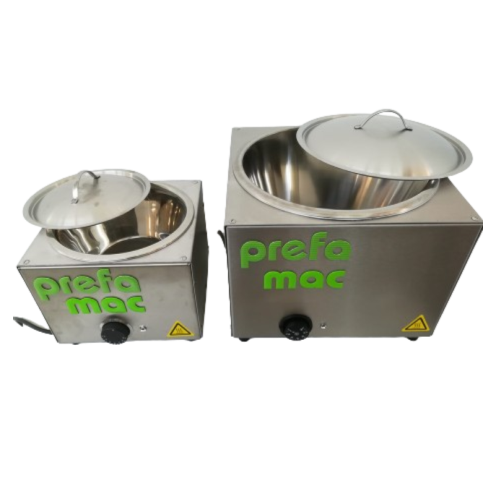
Chocolate melting trays for small-scale applications
Efficiently melt chocolate with precision and ease using compact, el...
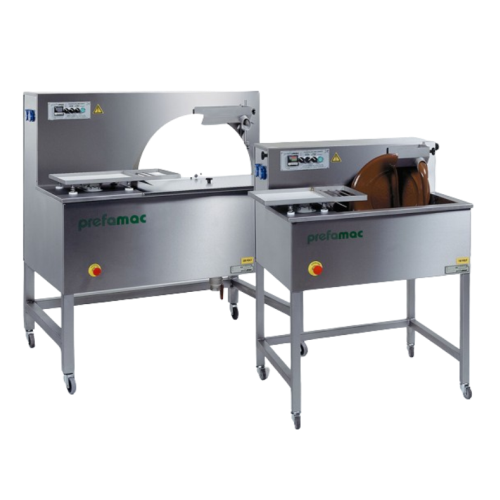
Chocolate moulding system for small-scale production
Optimize your chocolate production by efficiently melting, tempering...
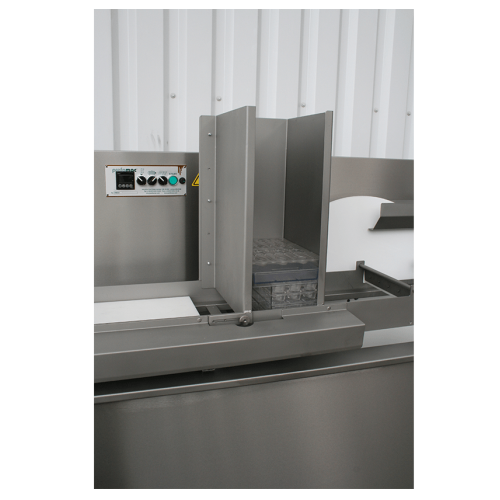
Pneumatic scrapers for chocolate mould filling
Achieve precise chocolate moulding with pneumatic scrapers that streamline ...
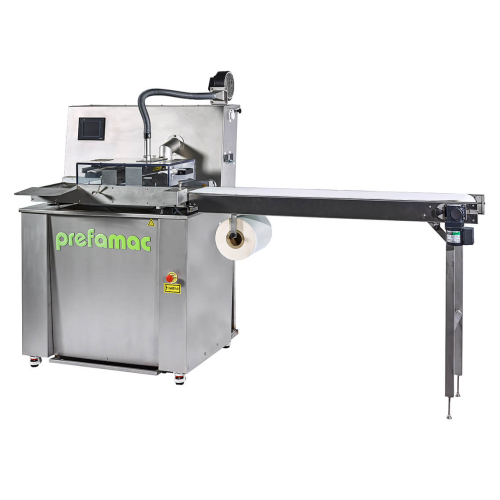
Chocolate tempering system for mould filling and vibrating
Ensure a flawless finish for chocolates and confections with ...
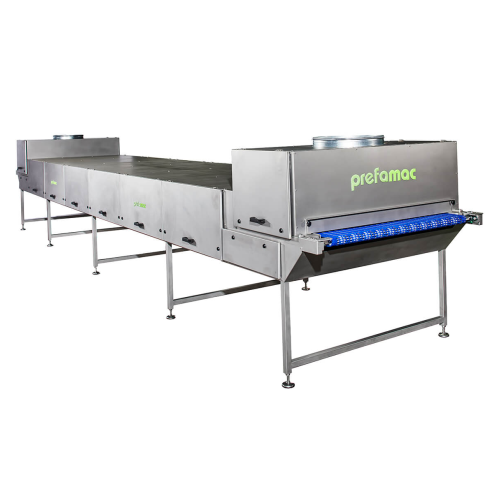
Tailor-made transport systems for confectionery production
Optimize your confectionery production line with customizable...
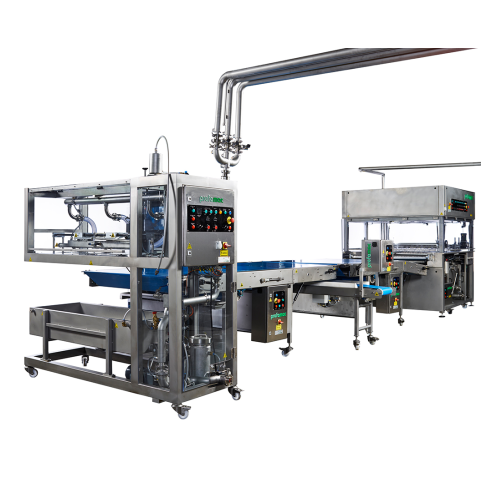
Chocolate decoration system for pralines and biscuits
Achieve intricate chocolate patterns and uniform coatings on confec...
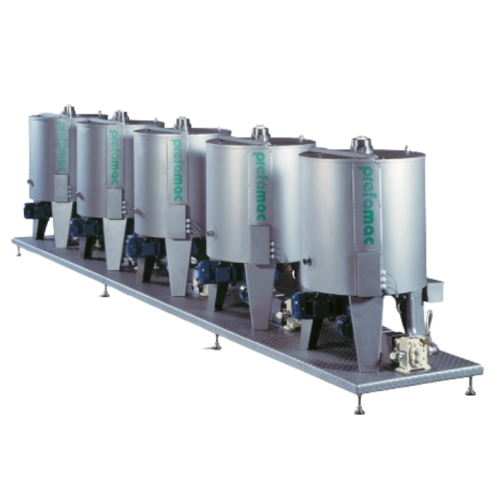
Melting and mixing kettles for chocolate production
Achieve consistent melting and mixing of chocolates, butter, and jams...
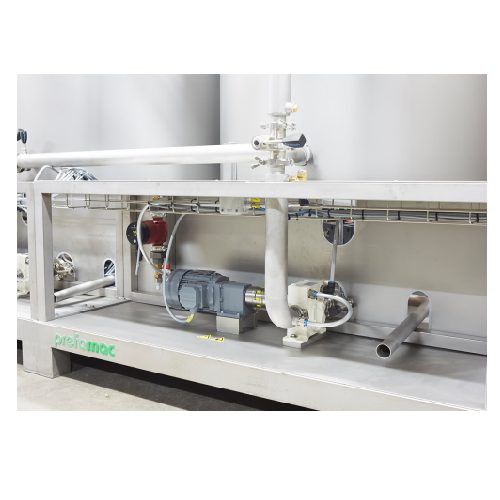
Continuous tempering machine for chocolate production
Streamline your chocolate production with precise tempering, ensuri...

Chocolate transport system for feeding and packaging
Enhance your chocolate production with a versatile transport system ...
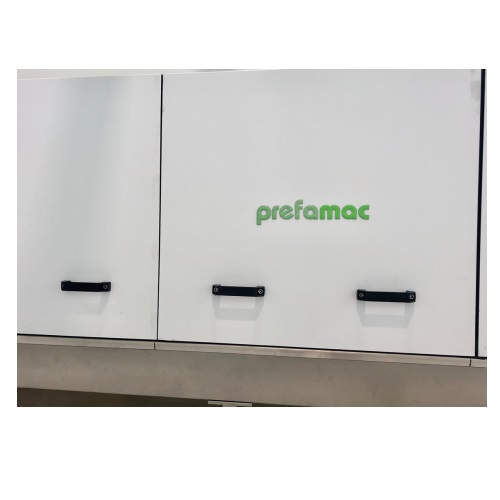
Nuts dosing system for chocolate drops
Effortlessly create consistently accurate chocolate-covered nut products with precis...
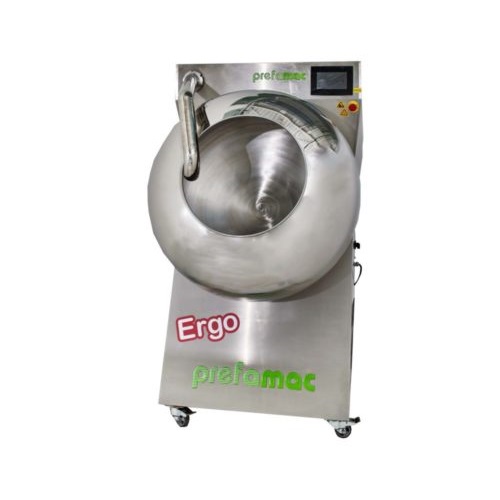
Coating solution for nuts and dried fruits
Easily apply multiple layers of chocolate to nuts, coffee beans, and more, achi...
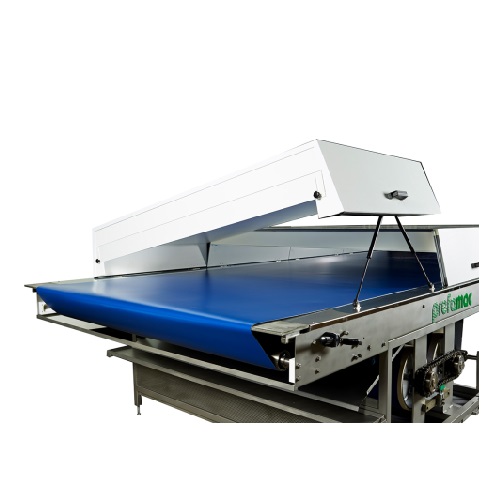
Cooling tunnel for biscuit and chocolate production
Ensure consistent quality control in your confectionery production wi...
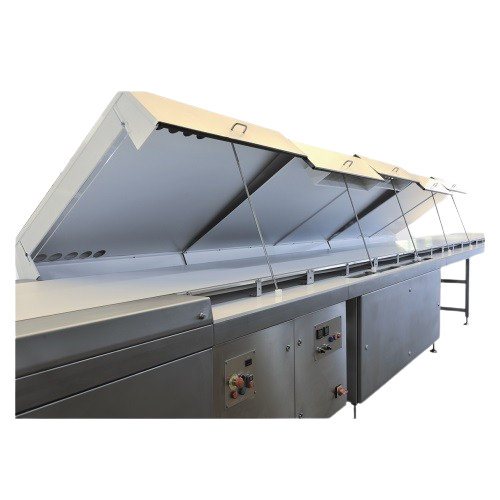
Continuous cooler for biscuits and chocolates
Enhance cooling efficiency for your confectionery and bakery production with...
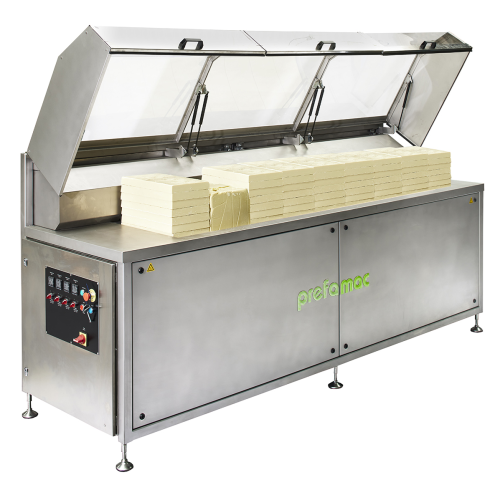
Chocolate melter for large quantities
Efficiently melt and maintain the temperature of substantial chocolate quantities wit...
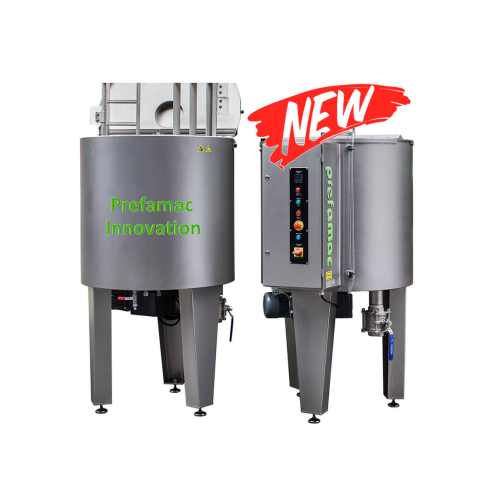
Melting and mixing kettle for chocolate production
Optimize your confectionery production with this versatile melting and...
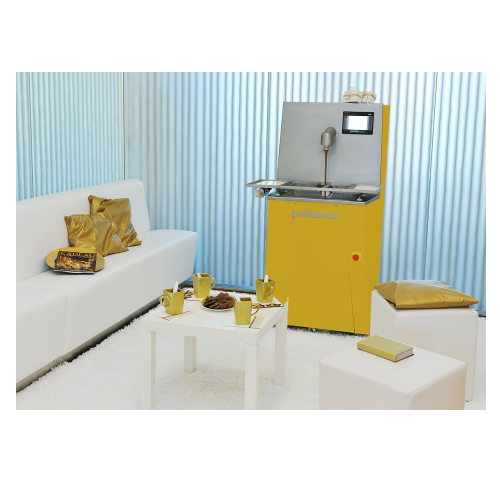
Compact chocolate tempering solution
Enhance your chocolate products’ finish and efficiency: this compact solution en...
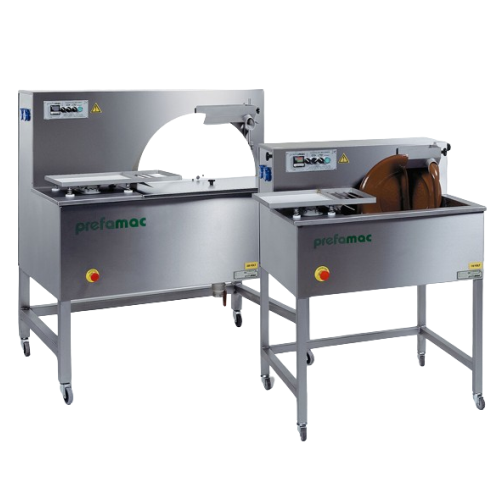
Chocolate moulding system for small batch production
Streamline your chocolate product line with precision moulding and t...
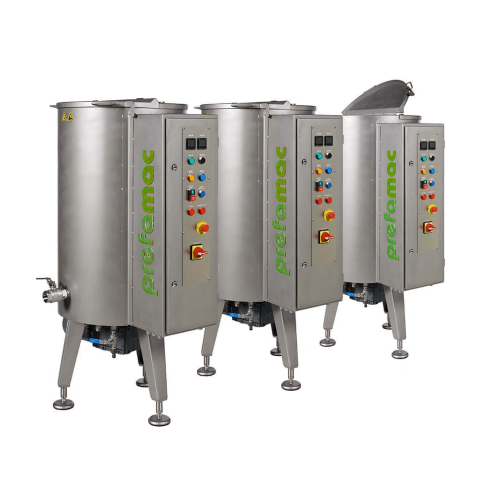
Batch tempering solution for chocolate production
Achieve precise temperature control for chocolate consistency and quali...
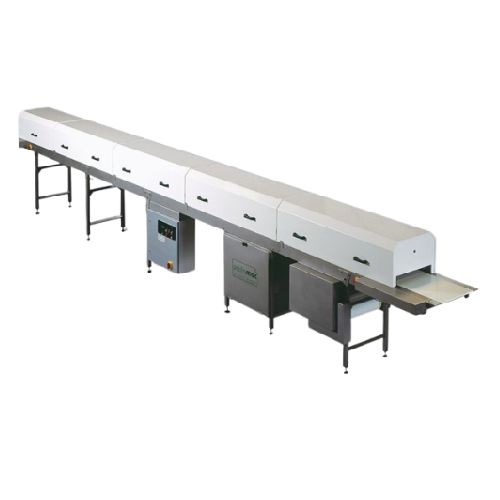
Cooling tunnel for artisanal biscuits and chocolates
Streamline your confectionery production with a cooling solution des...

Industrial chocolate enrobing system for biscuits and fillings
Enhance your production line with this innovative enrobin...
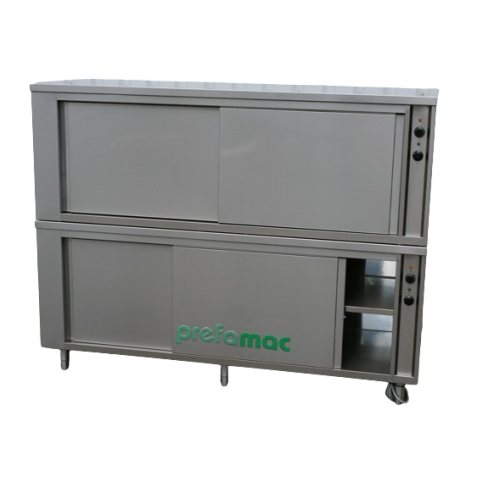
Double heating cabinet for melting and preheating chocolate
Optimize space while ensuring precise temperature control fo...
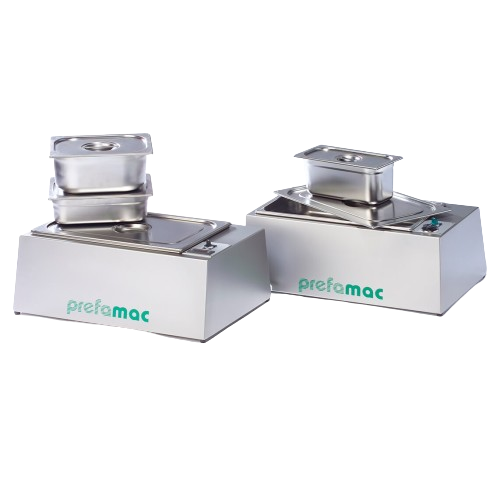
Electric melting tray for small-scale chocolate applications
Effortlessly melt and prepare chocolate with precision and ...
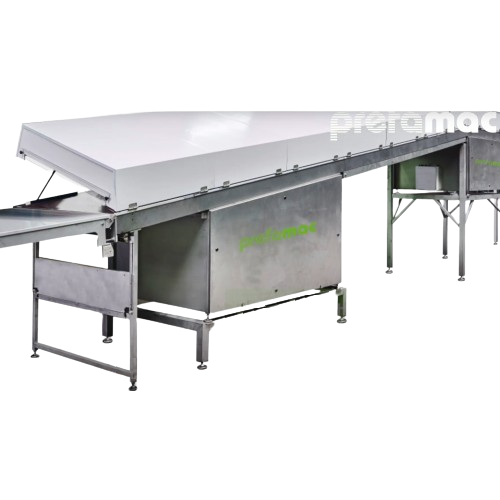
Mini praline dosing system
Achieve precise dosing and versatile moulding for mini pralines and chocolate creations, streamli...

Chocolate coating system for nuts and small biscuits
Effortlessly achieve consistent chocolate coatings on nuts, fruits, ...
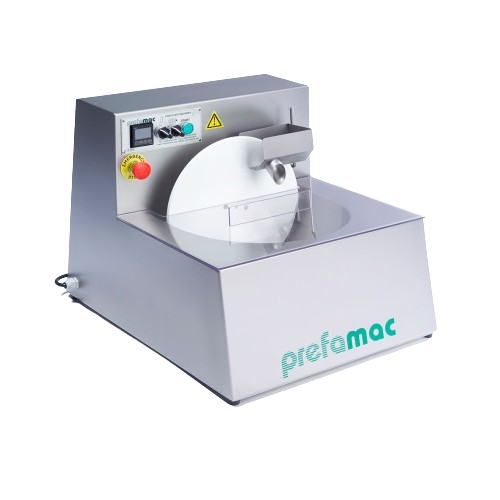
Compact chocolate moulding system
Optimize your chocolate creations with a compact system designed for easy melting, temper...
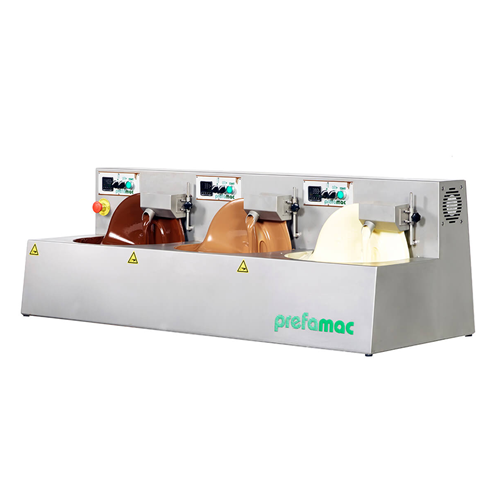
Compact chocolate moulding solution 3-in-1
Streamline your confectionery creations with a versatile 3-in-1 machine that se...
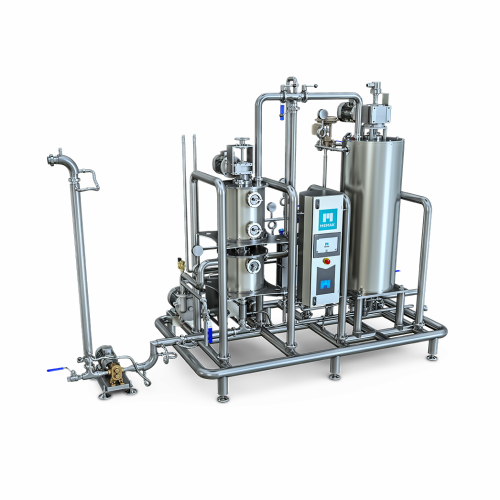
Continuous cooking unit with vacuum for candy production
Achieve precise caramelization and cooking with enhanced flavor ...
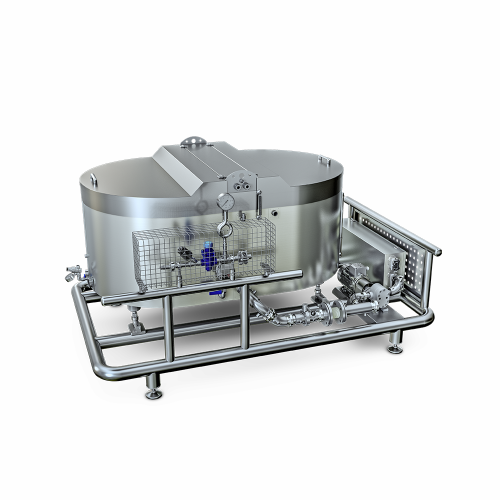
Fat melting tank for confectionery production
Melt solid fat blocks efficiently to streamline your caramel, nougat, and ch...
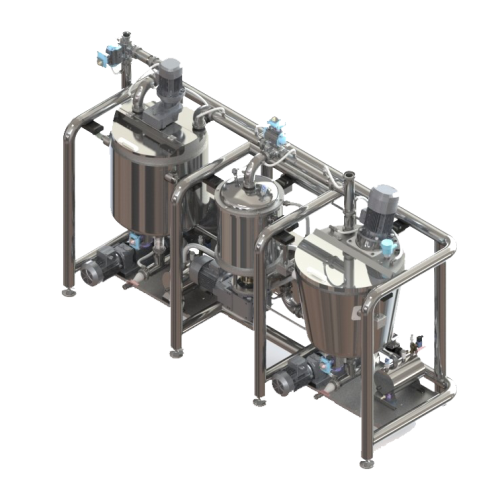
Fat slurry homogenization mill for chocolate processing
Achieve precise chocolate and confectionery homogenization with e...
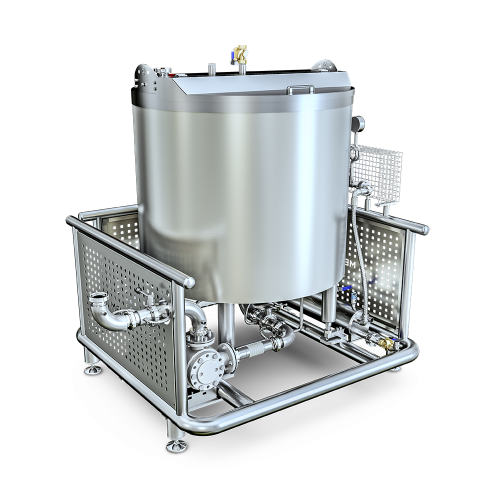
Invert sugar and glucose storage tank
Optimize your sweet and confectionery production by efficiently storing and resting g...
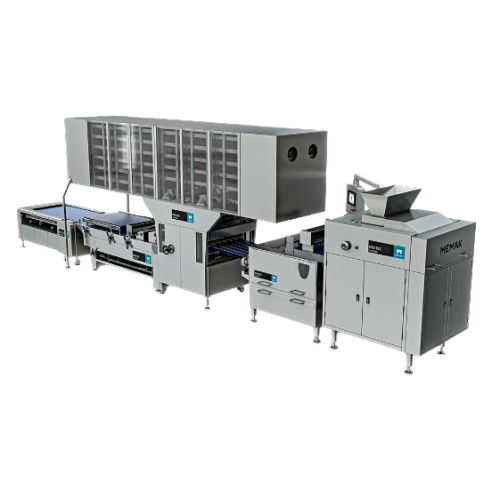
Dough divider for high-efficiency bakery production
Achieve precise dough division and high-speed production efficiency w...
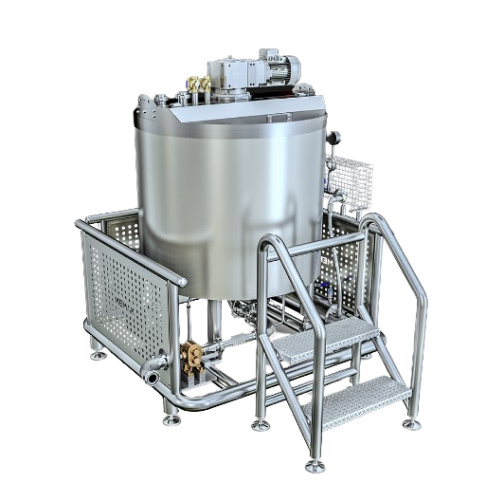
Industrial storage tank for chocolate ingredients
Ensure consistent quality for your confectionery products by integratin...
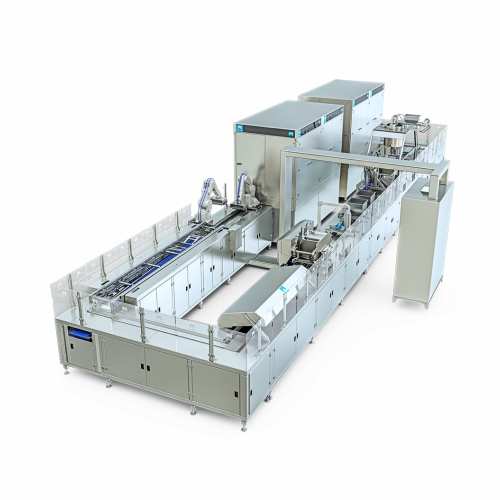
Automatic one-shot moulding line for chocolate production
Streamline your chocolate production with a versatile line tha...
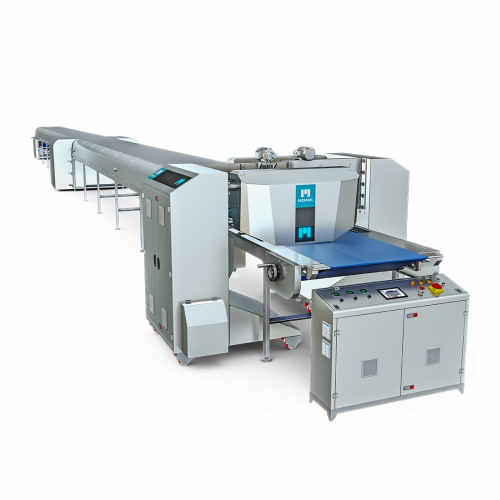
Chocolate drop production line
Enhance your chocolate processing capabilities with precision depositing and moulding, delive...
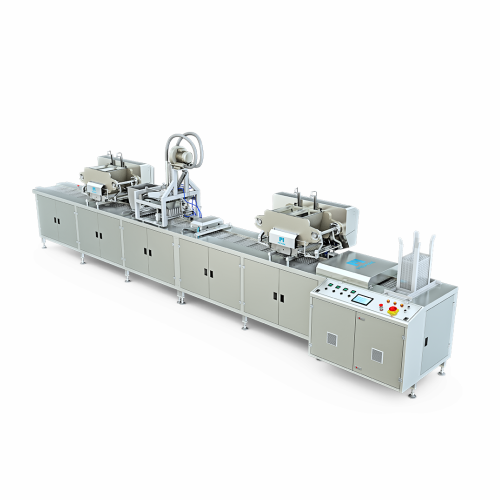
Chocolate moulding line for center-filled chocolates
Streamline your chocolate production with a versatile moulding line ...
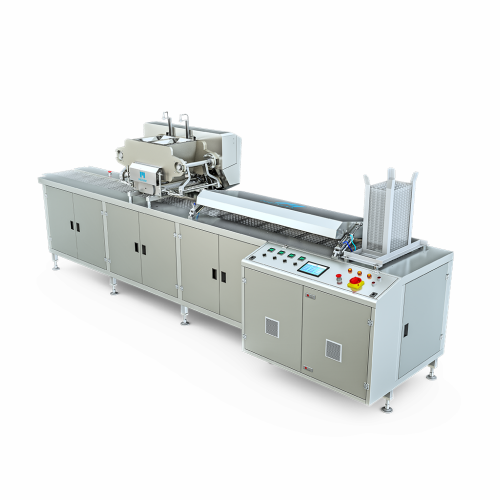
Chocolate one-shot moulding line
Streamline your chocolate production with a high-speed moulding line designed to simultaneo...
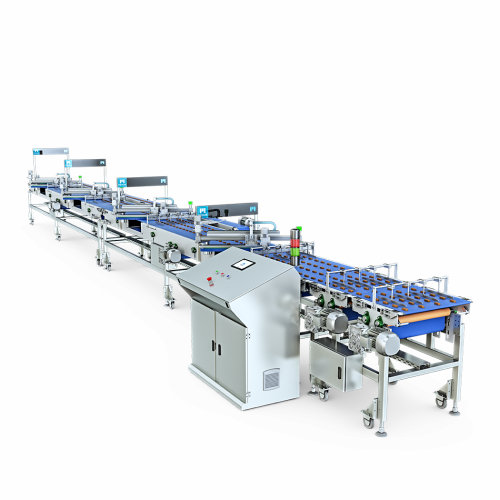
Automatic chocolate feeding conveyor
Efficiently connect your chocolate production to wrapping stages with this high-speed ...
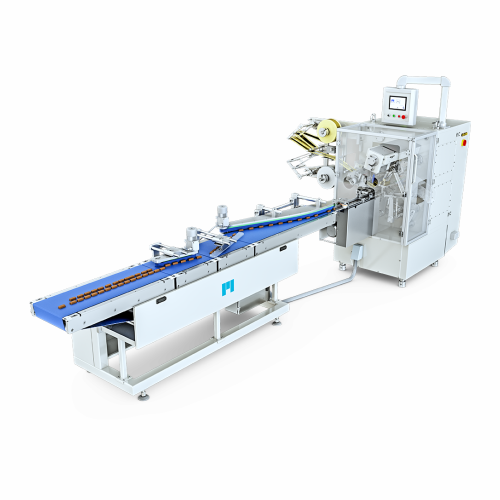
Chocolate wrapping machine for confectionery production
Achieve precision and elegance in packaging with high-speed wrapp...
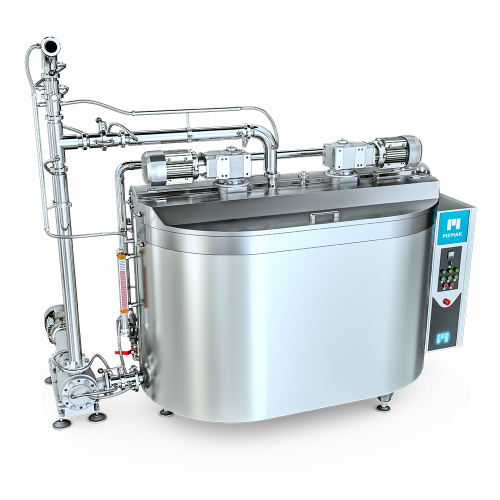
Chocolate raw material pre-mixer
Streamline your chocolate production by efficiently combining raw ingredients in a single p...
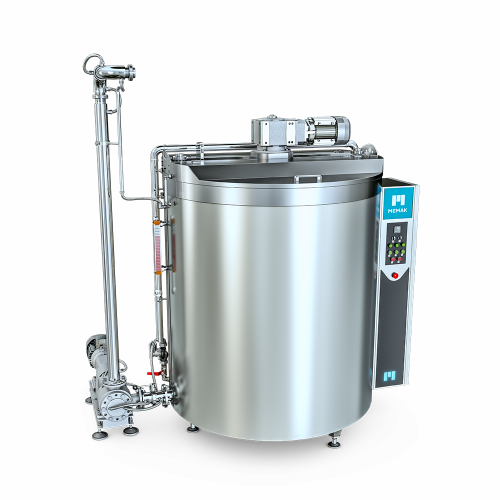
Chocolate storage tank
Optimize your chocolate production with seamless storage solutions that ensure consistent quality and ...
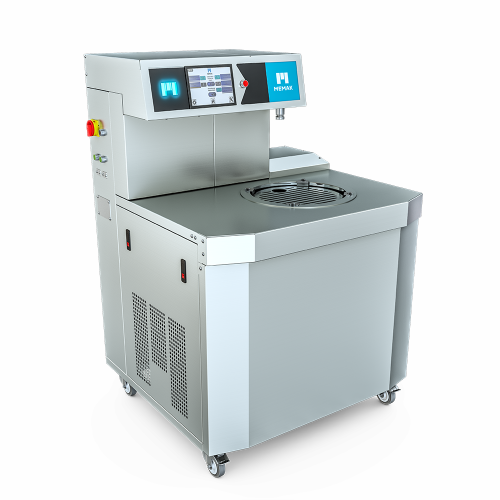
Chocolate tempering solution for industrial production
Achieve consistent chocolate crystallization with a machine that e...
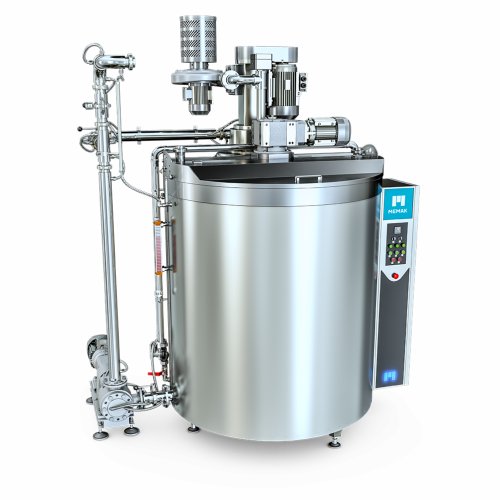
Conching solution for chocolate processing
Achieve optimal chocolate texture and flavor by ensuring efficient conching, cr...
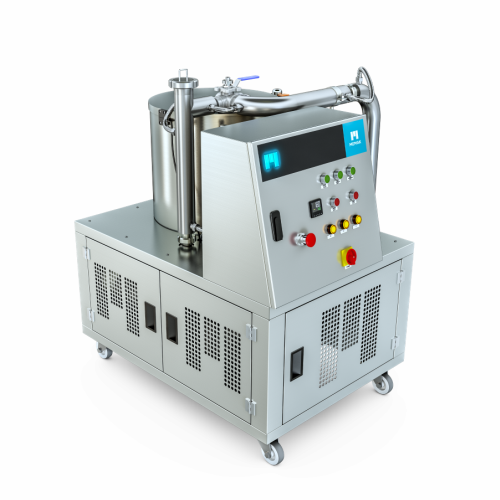
Laboratory type ball mill for chocolate and bakery applications
Optimize your R&D processes with precise grinding a...
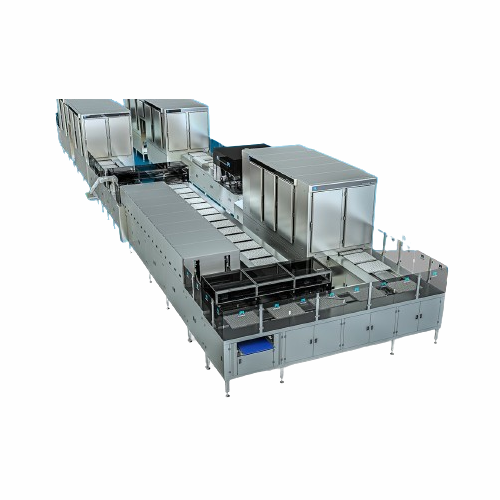
Industrial chocolate ball mill for uniform grinding
Achieve precise chocolate particle refinement with this robust ball m...
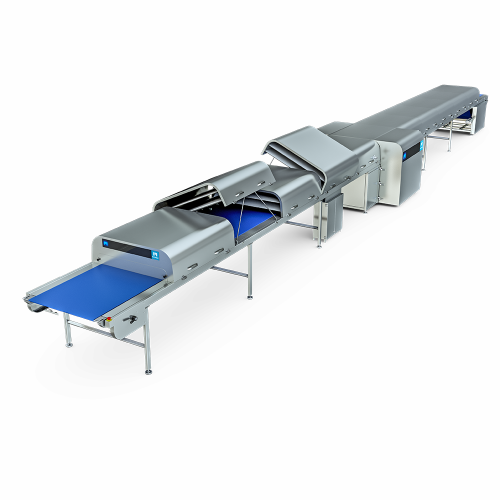
Chocolate cooling tunnel
Enhance your confectionery production with efficient cooling and precise crystallization, critical f...
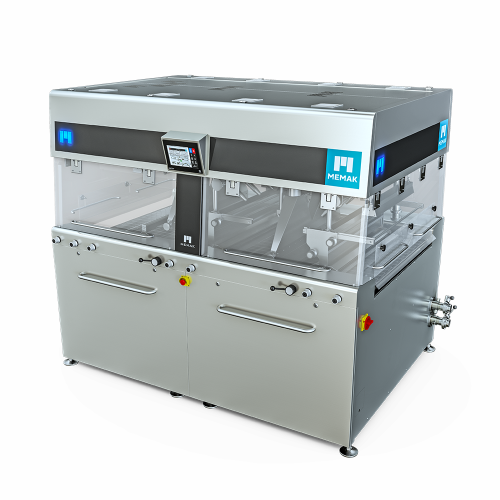
Enrobing system for high-quality chocolate applications
Enhance your confectionery line with precise chocolate coating ca...
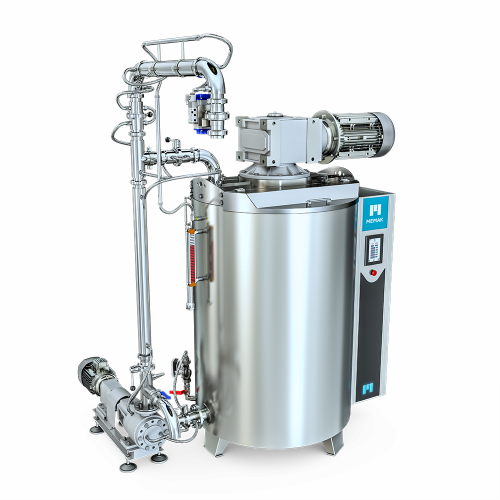
Chocolate ball mill for processing chocolate mass
Enhance your confectionery production with precision mixing and uniform...
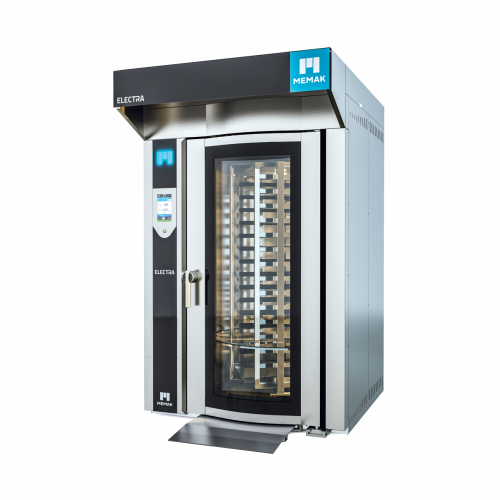
Rotary rack oven for bakeries
Efficiently handle diverse baking needs with precise temperature and steam control, ensuring c...
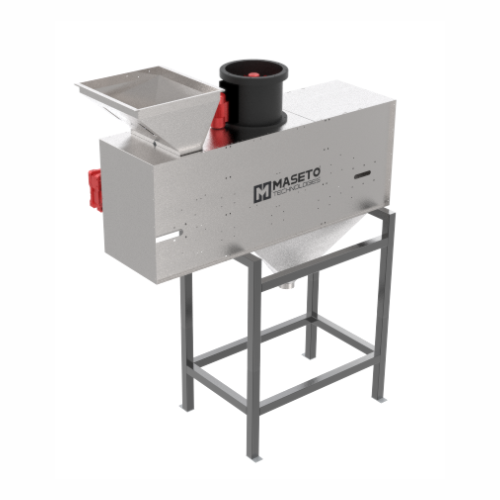
Nuts dust and impurity removal system
Enhance your nut processing line by effectively eliminating dust and impurities, ensu...
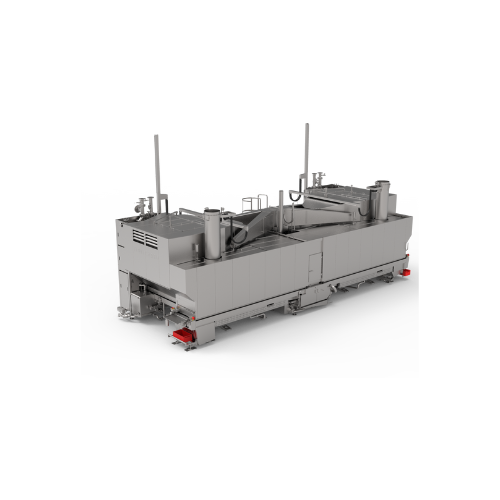
Spiral oven for cooking plant-based and conventional products
Achieve perfectly cooked products every time with advanced...
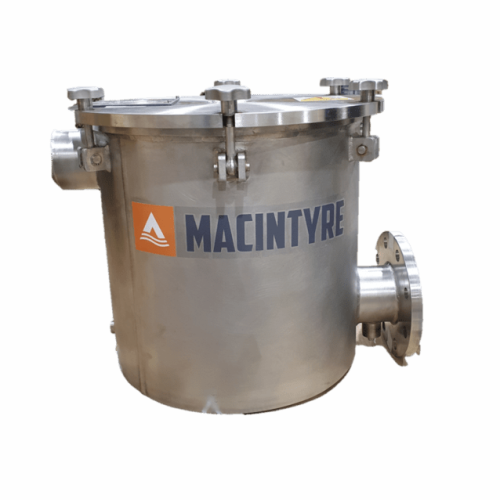
Inline chocolate filter for large particle removal
Ensure the purity and consistency of your chocolate products by effici...
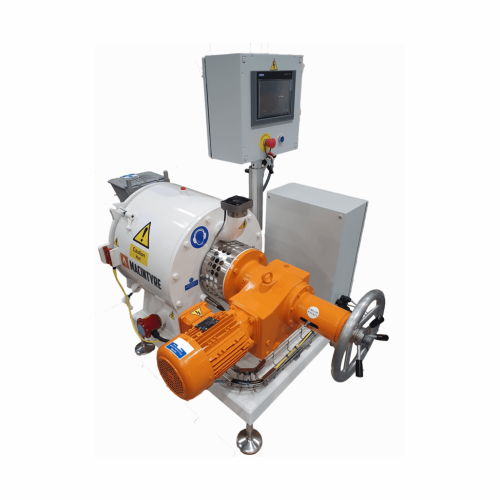
Laboratory refiner/conche for chocolate processing
For chocolate producers seeking precise control over texture and flavo...
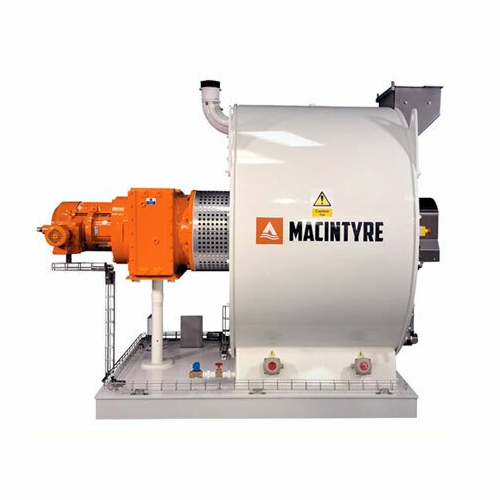
Commercial chocolate refiner/conche
Elevate your chocolate production with a versatile 5-in-1 solution, integrating cocoa m...
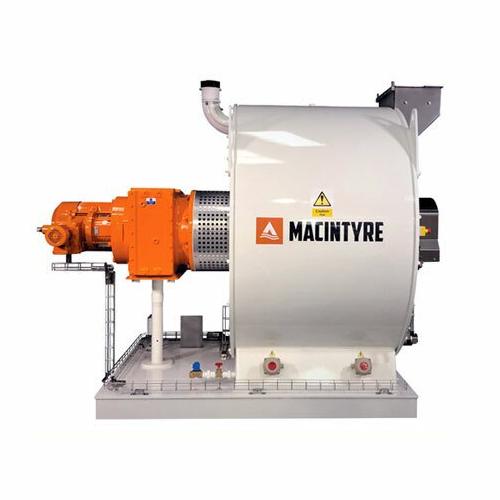
Chocolate refiner/conche system
Streamline your chocolate production with a versatile solution that combines grinding, mixin...
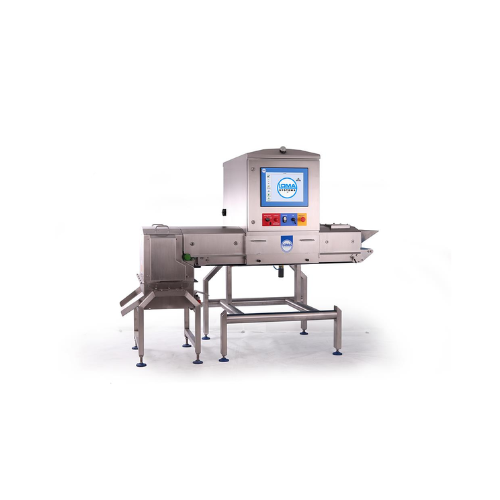
X-ray food inspection system for loose products
Ensure contaminant-free loose products by integrating a versatile inspecti...

Optical potato sorter
Ensure precise sorting with advanced optical technology that identifies and separates defects in a wide...
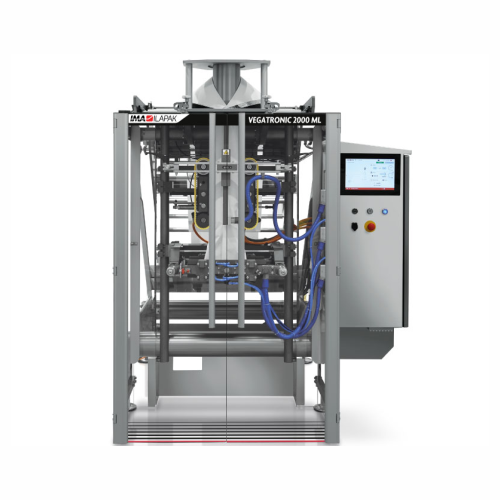
Vertical bagging system for heat sealing films and Lpde
Achieve unparalleled flexibility with a versatile vertical baggin...
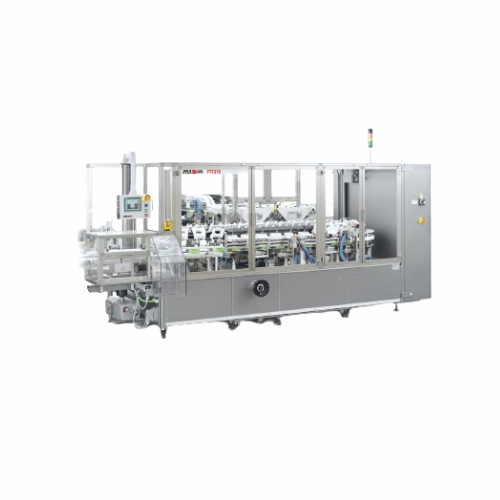
Vertical cartoning system for confectionery products
When you need high-speed, versatile cartoning capabilities for varie...

Monoblock loading unit for confectionery packaging
Optimize your confectionery production line with a compact unit that i...
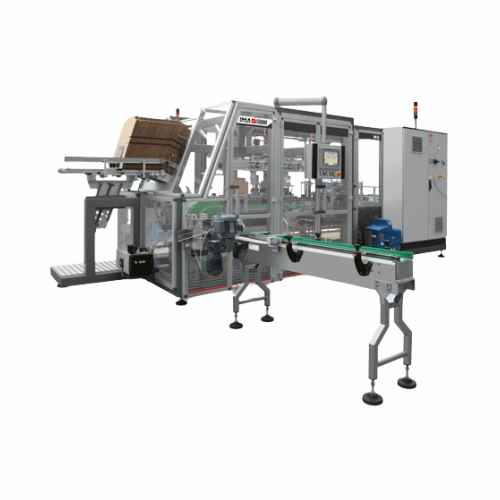
Wrap-around case packer for coated sweets
Effortlessly enhance product presentation and shelf-readiness by securely packin...
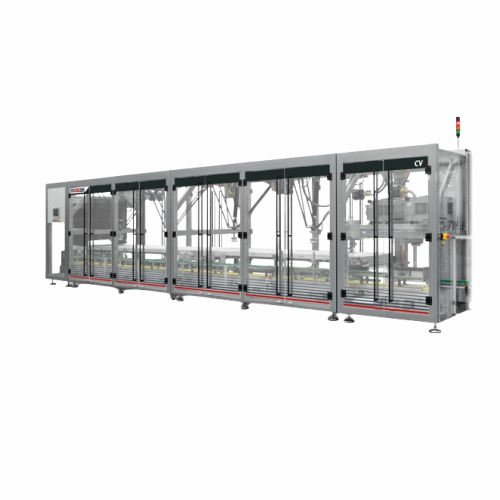
Vision guided multi-robot system for flowpack candy packaging
Streamline your confectionery packaging process with high-...
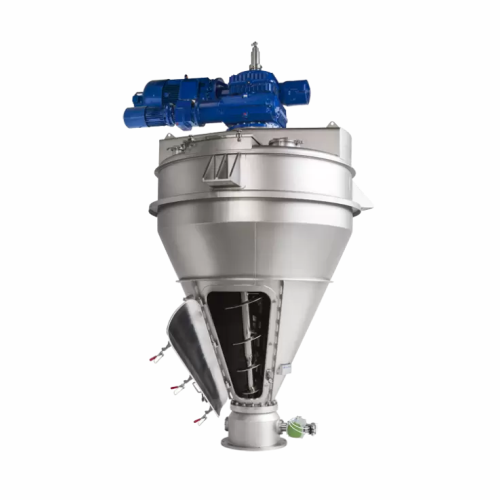
Mid-shear mixer for powders and bulk solids
Achieve ultra-short mixing cycles and superior homogeneity without the need fo...
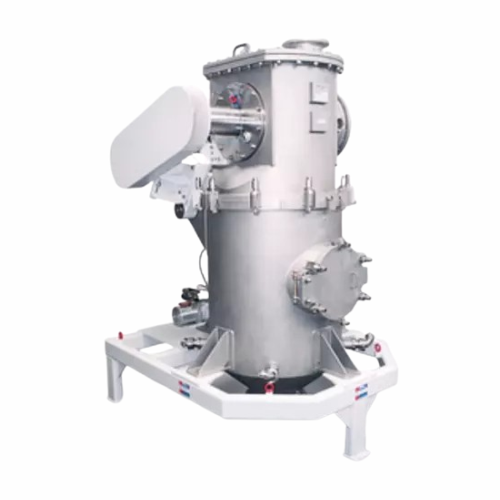
Fluidised bed opposed jet mill for ultrafine powder production
Achieve contamination-free ultrafine powder milling with ...
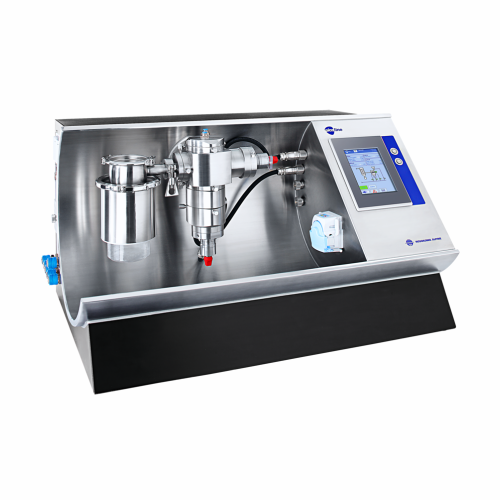
Laboratory system for powder and particle processing
When precision in powder processing is crucial, this versatile labor...
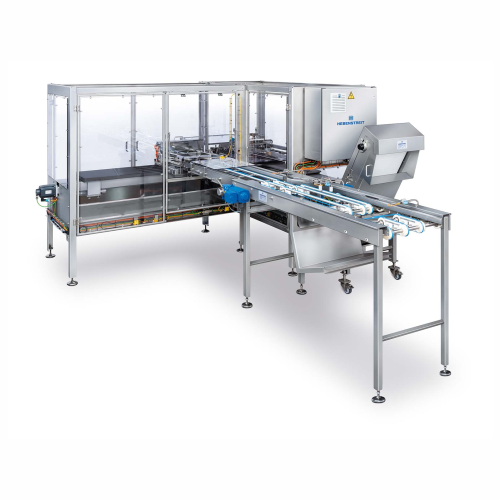
Wafer cutting system for cream-filled wafers
Achieve precise cuts on filled and coated wafer products with high-speed effi...
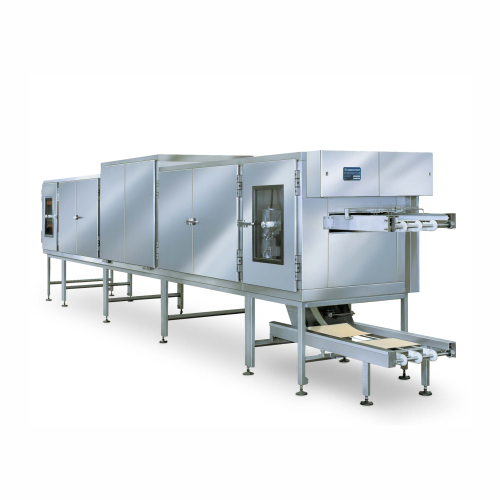
Wafer sheet conditioning tunnel for chocolate coating
Optimize your chocolate-coated wafer production by ensuring precise...

Wafer sheet cream application system
Achieve precision in cream application with high-capacity, continuous film spreading, ...
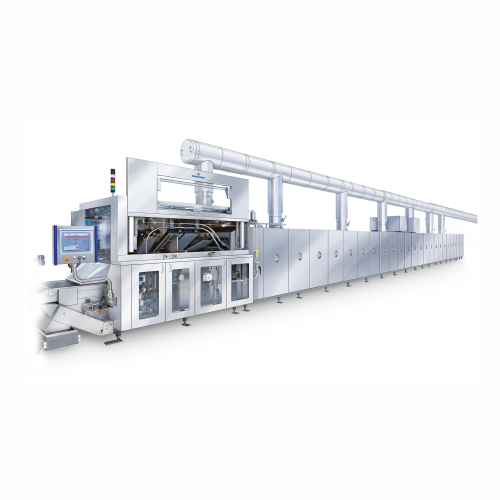
Automatic wafer baking machine for high-capacity production
Streamline your wafer and snack production with a high-speed...
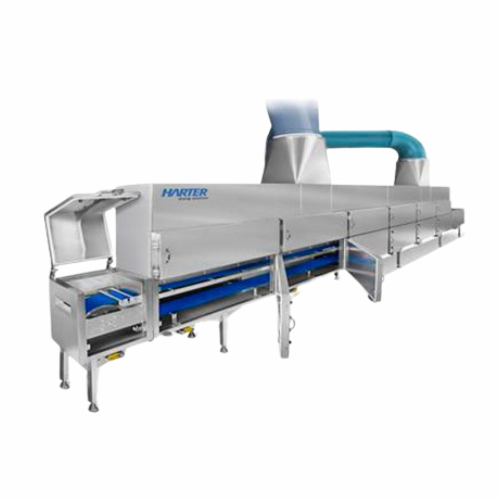
Continuous conveyor belt dryer for endless products
Optimize your continuous production line with a high-speed drying sol...
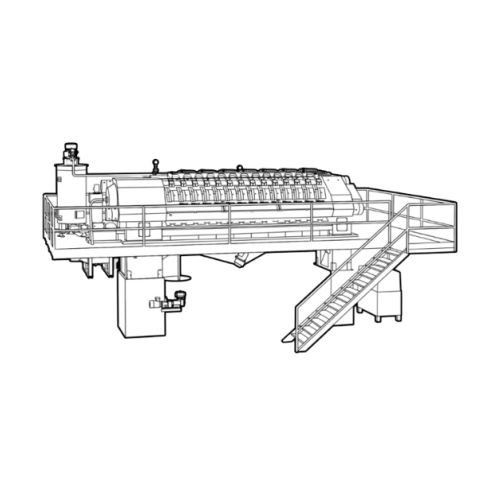
Cocoa pressing plant for high-capacity cocoa liquor processing
Optimize your cocoa processing by converting cocoa liquor...
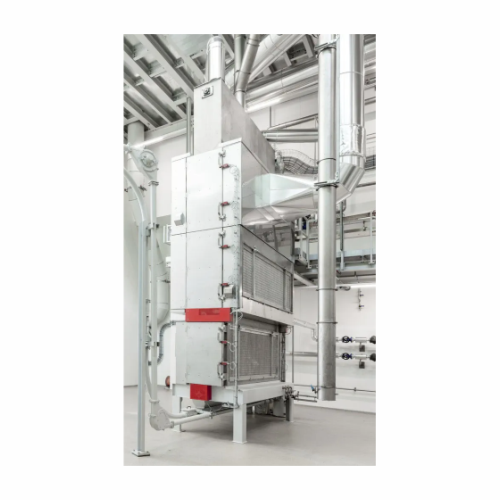
Continuous cocoa bean roaster
Achieve precise flavor profiles in cocoa and nut processing with a continuous roasting solutio...
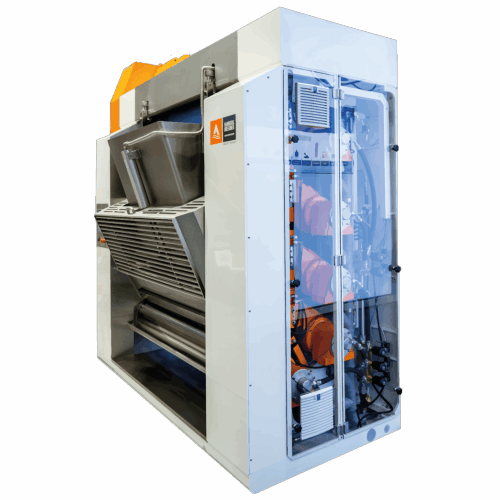
Chocolate refining five-roll refiner
Achieve optimal chocolate texture with high-efficiency refining, reducing energy usage...
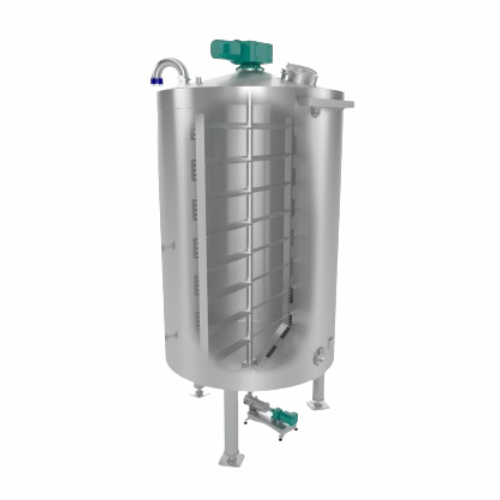
Stainless steel chocolate tank for storage and processing
Efficiently control temperature and consistency for chocolate ...
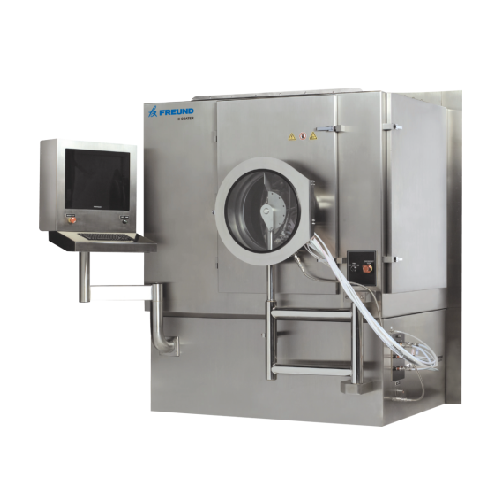
Tablet coating system for aqueous, solvent, and sugar films
Achieve precision coating with flexible application capabili...
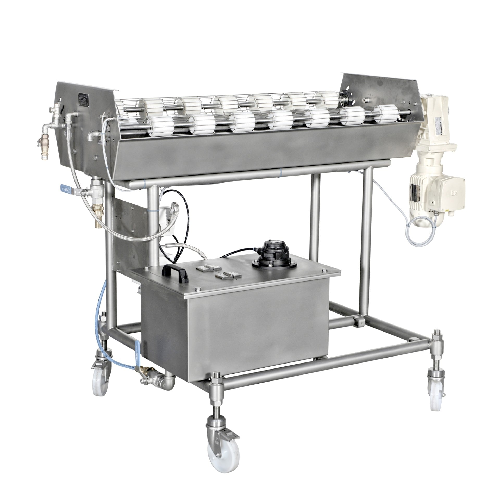
Waxing station for confectionery products
Optimize your product’s final presentation and quality by applying a preci...
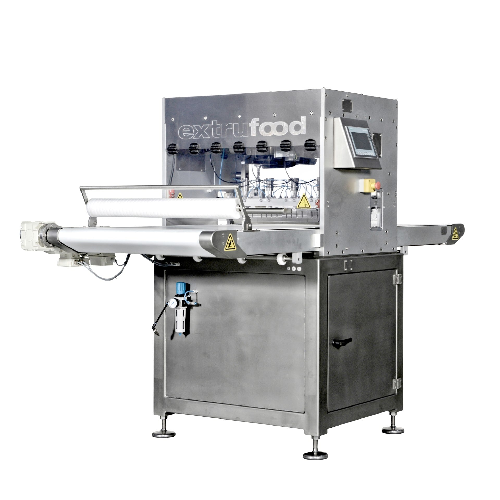
Confectionery cutting system for accurate results
Achieve precision and flexibility in modern confectionery production wi...
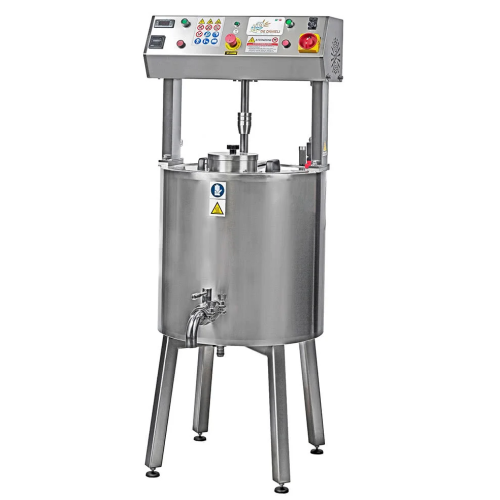
Chocolate, syrup, and fat melting tank
Achieve precise melting and temperature control for chocolate, syrups, and fats, ens...
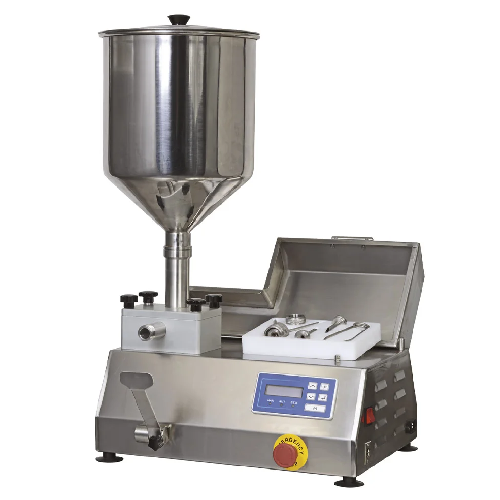
Gear or piston filling-dosing equipment for creamy and thick foods
Efficiently dose and fill dense and creamy products ...
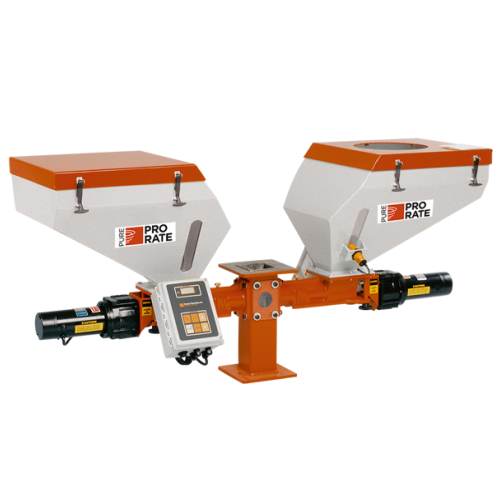
Precision feeders and mixers for plastics processing
Achieve precise blending and feeding for plastics processing with mo...
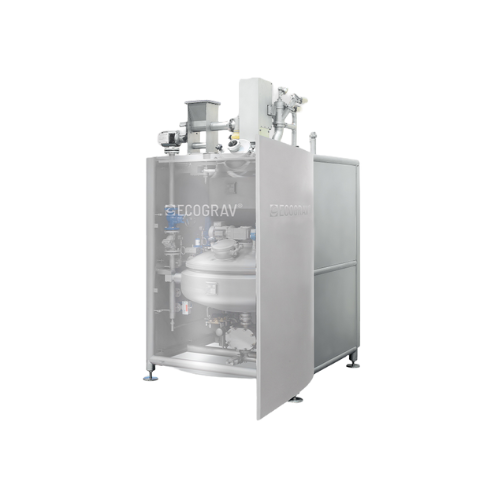
Batch weighing system for precise ingredient metering
Optimize your confectionery production with a system that reduces s...
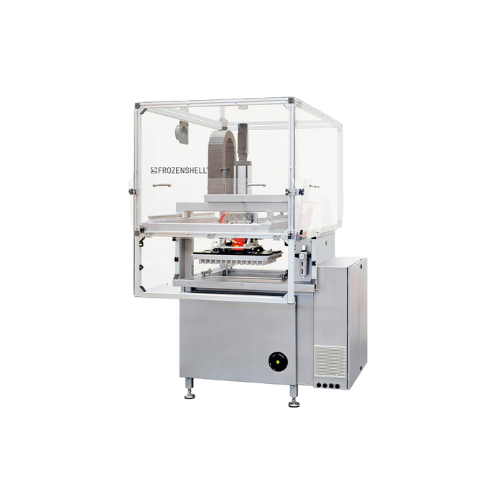
Thin chocolate shell forming
Create gourmet confections with precision by forming delicate chocolate shells, perfect for ver...
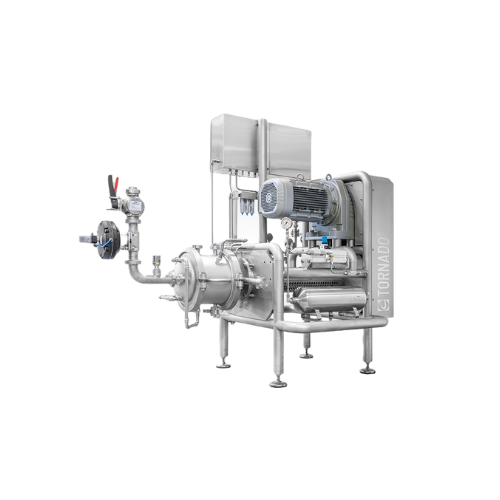
Continuous aeration system for confectionary and bakery products
Optimize your production line with precise, high-speed ...

Industrial sugar melter
Efficiently melt and mix sugar with precision using a gas-fired batch cooker designed for optimal hea...
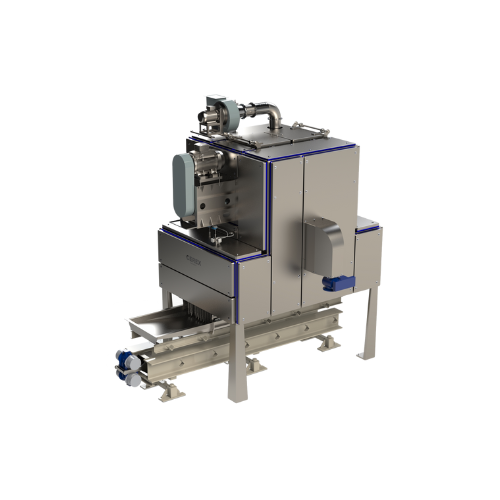
Single-zone toasters for raw grain processing
Optimize your cereal and snack food production by achieving consistent toast...
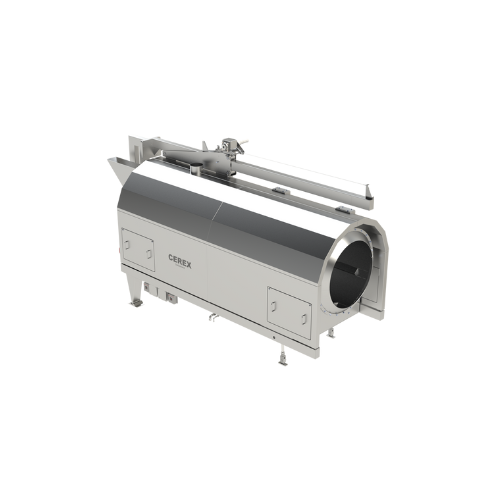
Industrial coating drum for breakfast cereals
Optimize your cereal production with a coating drum designed to enhance prod...
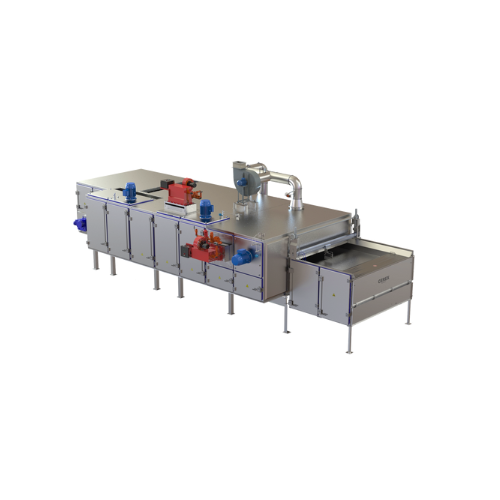
Coating dryers for breakfast cereal production
Achieve precise moisture control in coated cereal production with these mod...
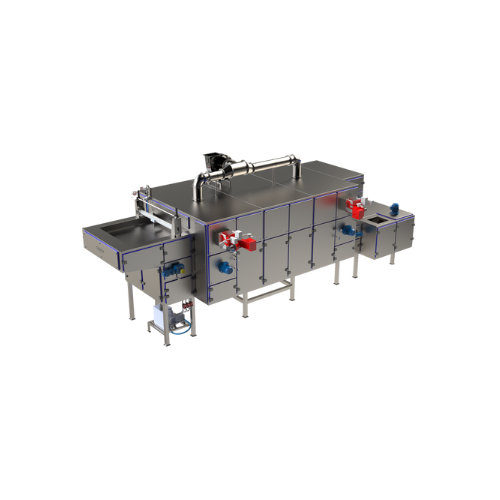
Multi-tier dryers for modern breakfast cereals
Optimize dry and cool cereal, nuts, and seed production with a compact modu...
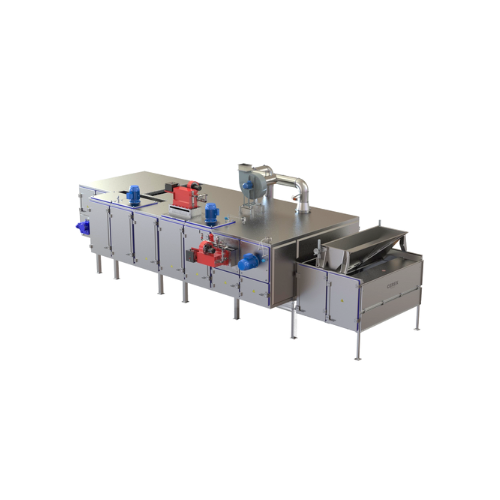
Nut and seed roaster for snack production
Ensure precise roasting and cooling of nuts and seeds while maintaining hygiene ...

Fully automatic chocolate processing line
Accelerate your chocolate and confectionery production with this high-speed syst...
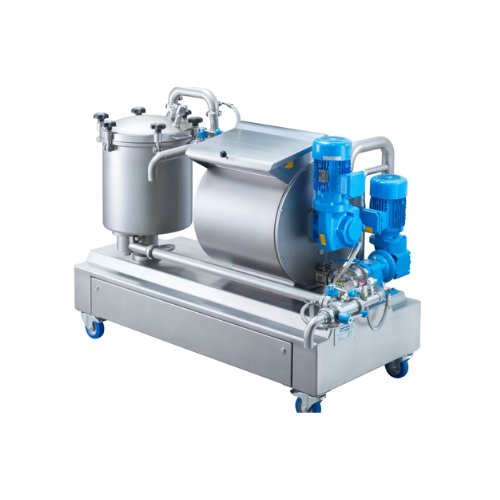
Laboratory batch chocolate processing unit
Achieve precision in developing chocolate recipes with a compact 3-in-1 unit th...

Chocolate processing unit for mixing and grinding
Achieve precise mixing and conching efficiency for premium chocolate an...
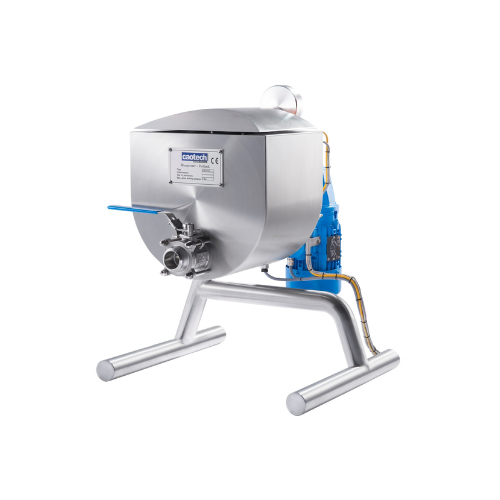
Laboratory conching solution for small batches of chocolate
Optimize your chocolate formulations with precise moisture a...
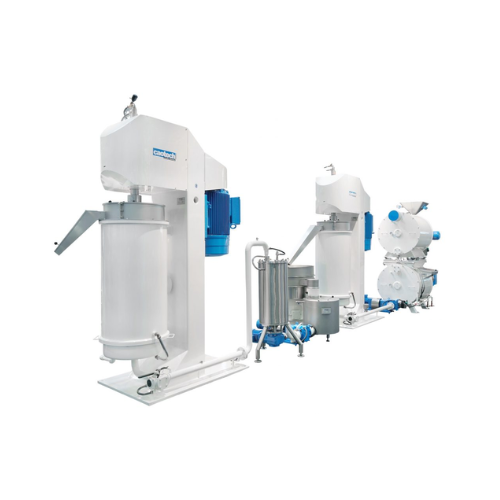
Automatic chocolate processing line
Transform your production by automating the complete chocolate-making process—from prec...
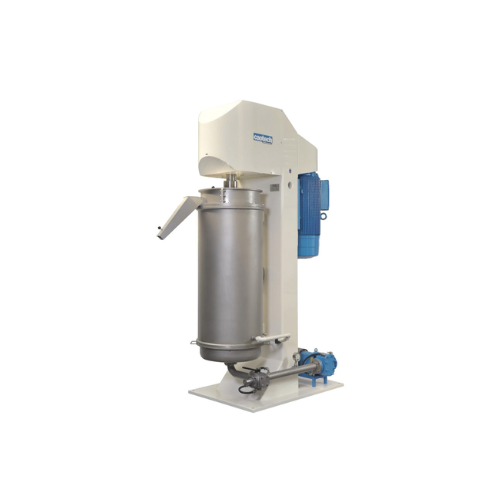
Ball mill refiner for cocoa liquor and chocolate production
Optimize your cocoa and chocolate refinement with precise gr...
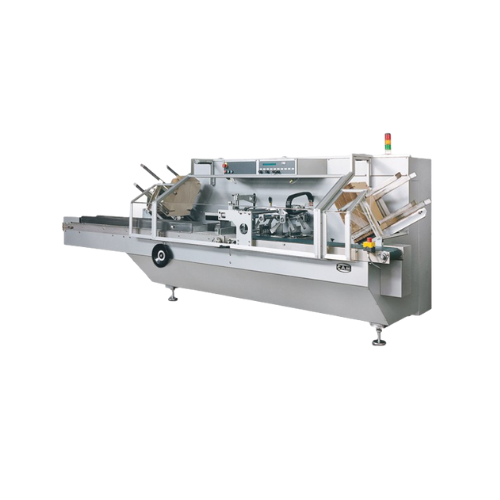
Tray and lid forming solution for food packaging
For manufacturers needing precision packaging, this machine seamlessly fo...
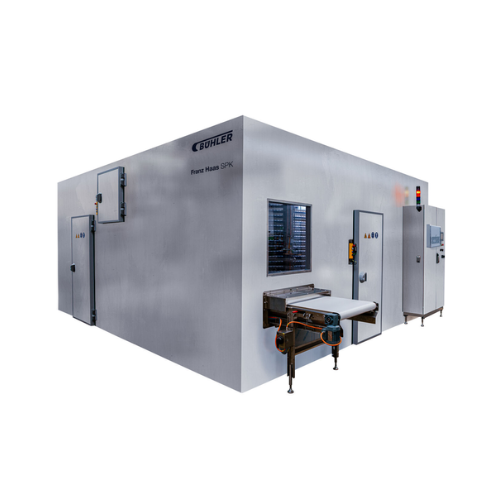
Wafer block spiral cooler
Enhance your confectionery production with a modular spiral cooler that ensures gentle handling an...

Automatic rice whitening solution
Need consistent rice whiteness and bran removal without manual intervention? This high-sp...

Commercial pasta press for diverse ingredients
Optimize your pasta production with a flexible solution capable of handling...
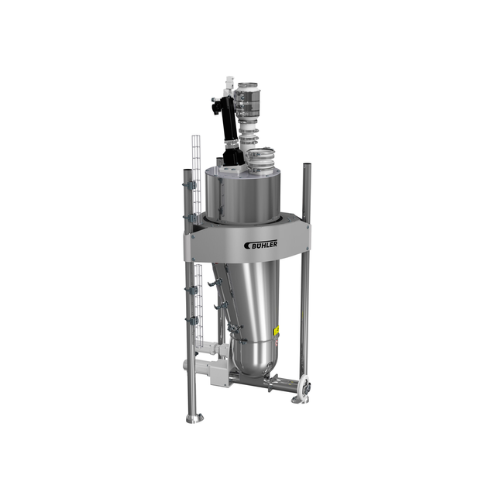
Micro loss-in-weight scale for precise dosing
For precise control over micro-component addition, this technology ensures c...

Archway-type wafer sheet cooler
Enhance your wafer production line with an efficient cooling solution that seamlessly integr...
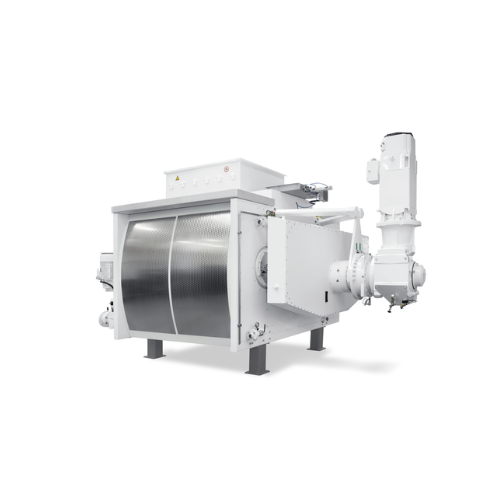
Double-overthrow conche for chocolate production
Achieve precise taste and texture in chocolate production with reduced en...
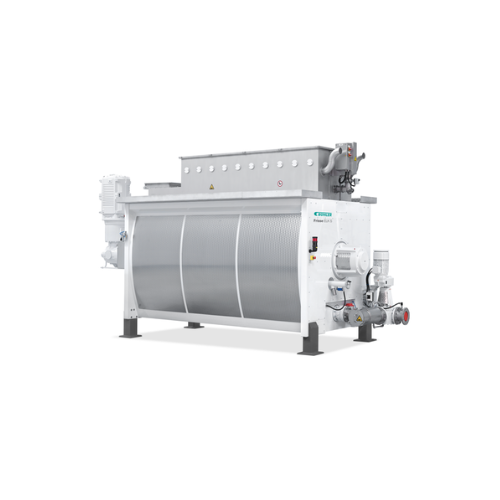
Single-shaft conche for chocolate production
Optimize your chocolate production with a conche that delivers shorter conchi...
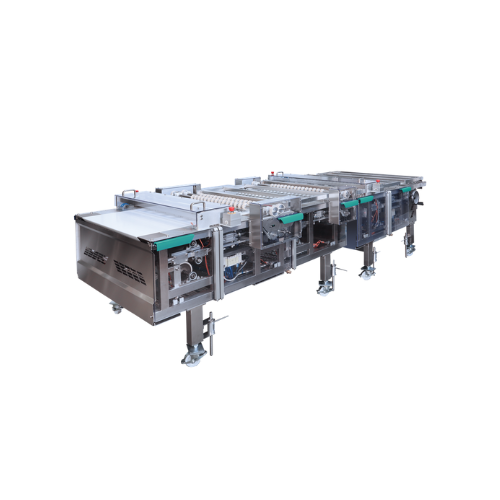
Wafer acceleration belt for chocolate enrobing
Optimize your confectionery production with precise wafer separation and al...
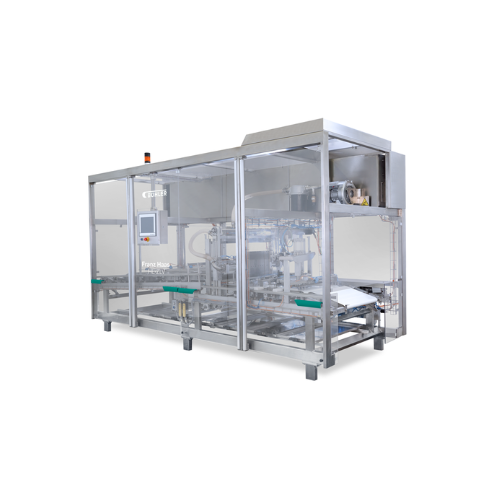
High-speed wafer block building device
Streamline your wafer production with this high-speed device, expertly folding and p...

Continuous wafer oven
Optimize your wafer production with precise temperature control and efficient energy use, minimizing ga...
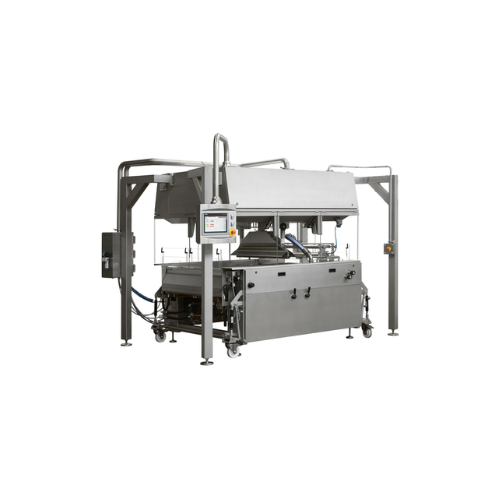
Advanced enrobing line for confectionery
For confectionery producers seeking seamless chocolate coating versatility, our en...
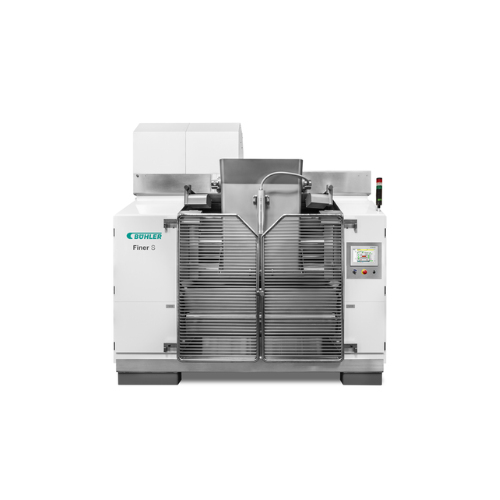
Five-roll refiner for chocolate production
Achieve precise particle size control and energy efficiency in your chocolate r...
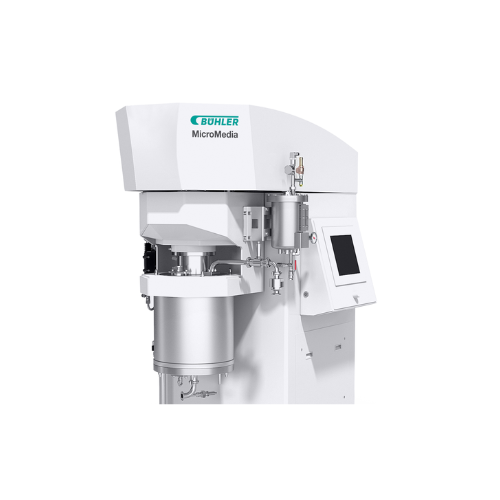
High-performance bead mill for wet grinding and dispersing
Optimize your production line with a bead mill designed for e...
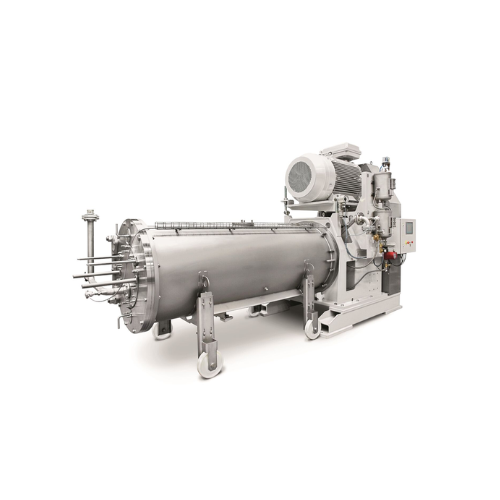
Full-volume bead mill for wet grinding applications
Achieve superior dispersion and particle size consistency with advanc...
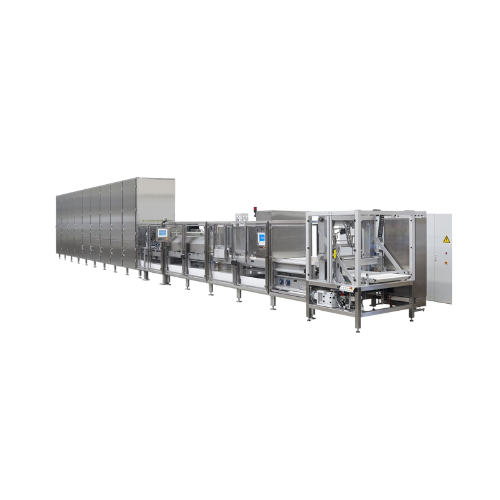
Continuous moulding line for chocolates
Achieve precise chocolate moulding with continuous operation, ensuring high-speed p...
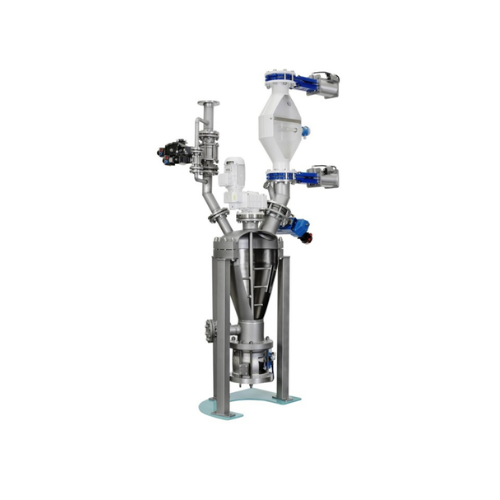
Debacterizing system for cocoa beans
Ensure your cocoa processing meets stringent hygiene standards with this advanced deba...
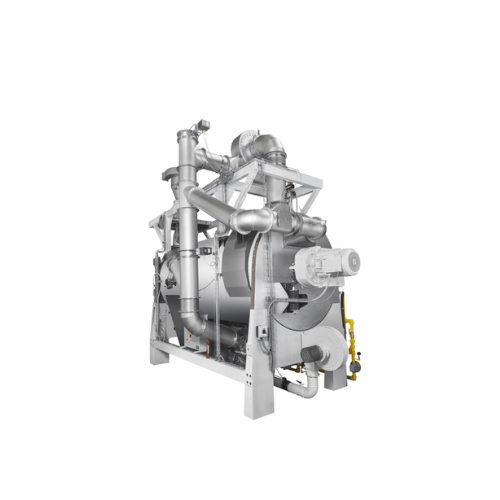
Cocoa nibs and malt roaster
Achieve precise roasting, sterilization, and taste control of cocoa and malt with adaptable heat...
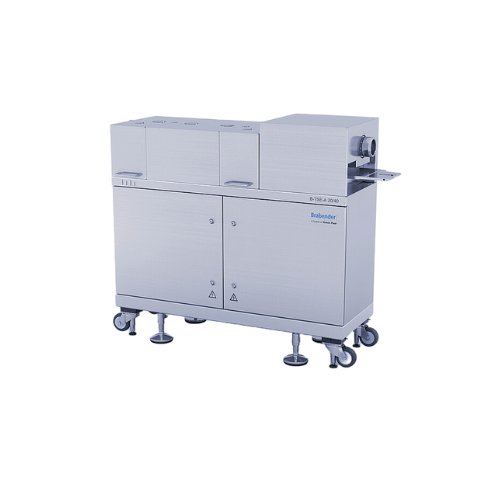
Lab-scale twin screw extruder
Optimize your material testing and production efficiency with our versatile twin screw extrude...
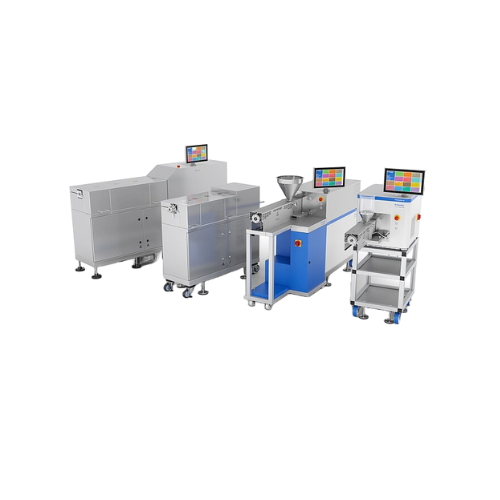
Lab-scale extruders for material development
Optimize your lab and pilot-scale extrusion processes with advanced material ...
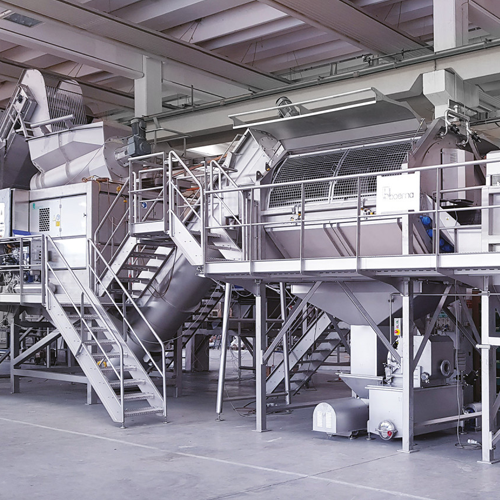
Frozen product cleaning and sizing system
Achieve precise cleaning and sizing of frozen goods effortlessly, enhancing prod...
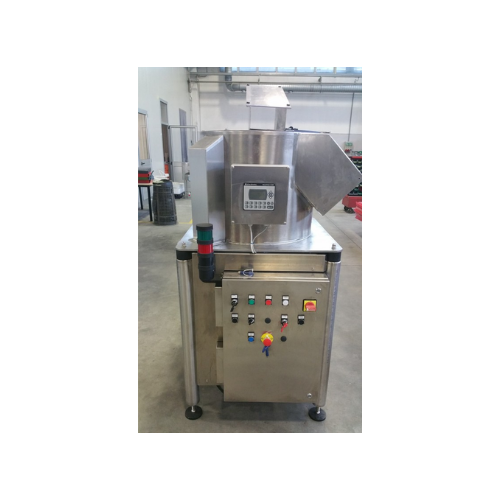
Centrifugal separator for reworking chocolate and chopped hazelnuts
Efficiently separate chocolate from chopped hazelnu...
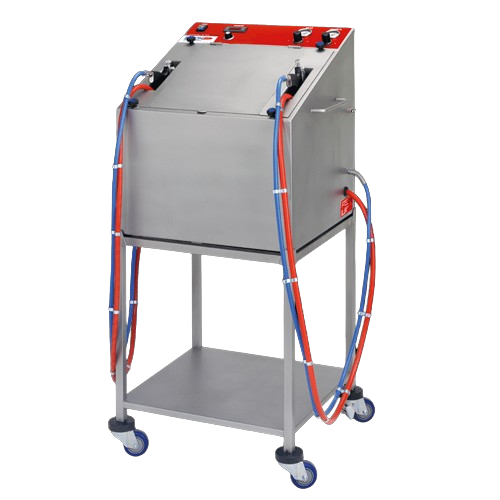
Chocolate spraying system for bakery decoration
Achieve precision chocolate coatings and intricate dessert decorations eff...
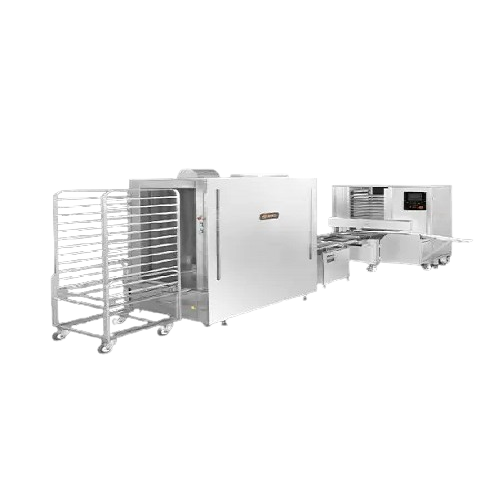
Automatic aligning and rack loading solution for xiao long bao production
Improve efficiency in food production by sea...

Wrapper for flat bottomed chocolate articles
Optimize your confectionery packaging with a machine designed for swift, secu...
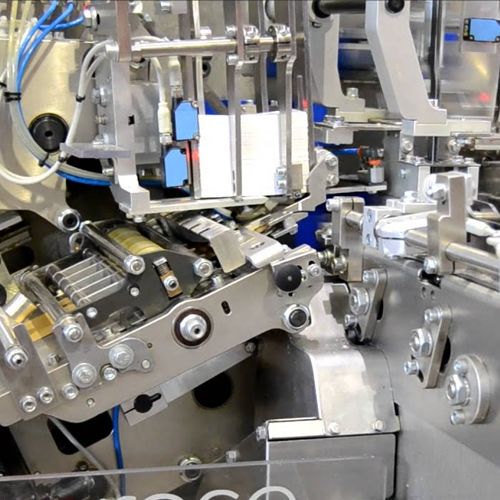
Neapolitan chocolate wrapping solution
Efficiently wrap and label square chocolates with this fold wrap solution, ideal for...
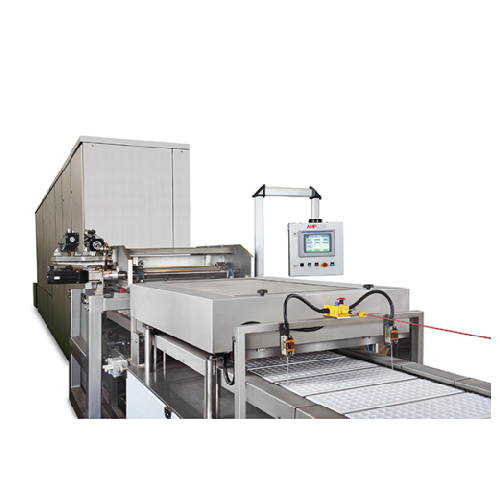
Chocolate moulding line for filled and inclusions bars
Achieve seamless chocolate production with modular flexibility, al...
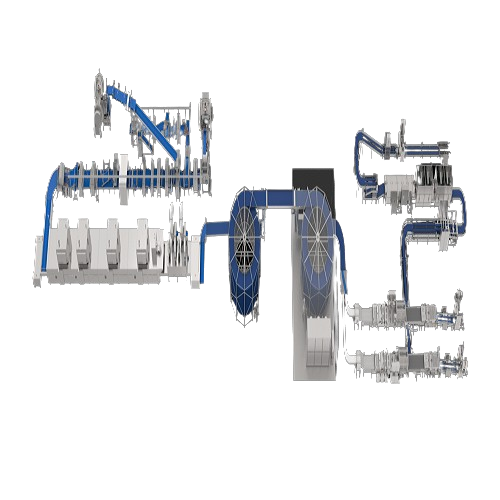
Automated sheeting and laminating solution for filled snack bread production
Enhance your bakery line’s efficien...

Spiral cooler for industrial baking
Enhance your bakery’s efficiency and product quality with modular cooling solutio...
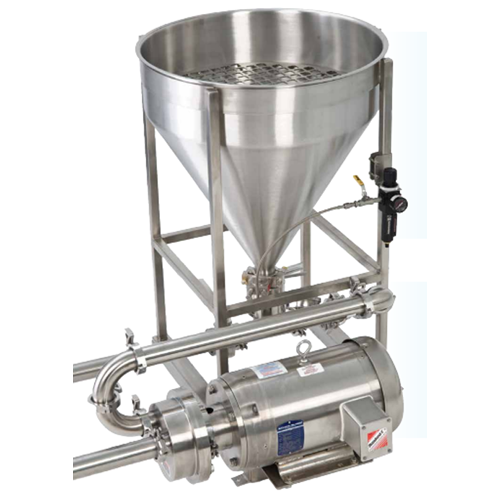
Atmospheric powder induction system
Enhance your mixing efficiency with a system designed for rapid powder induction and th...
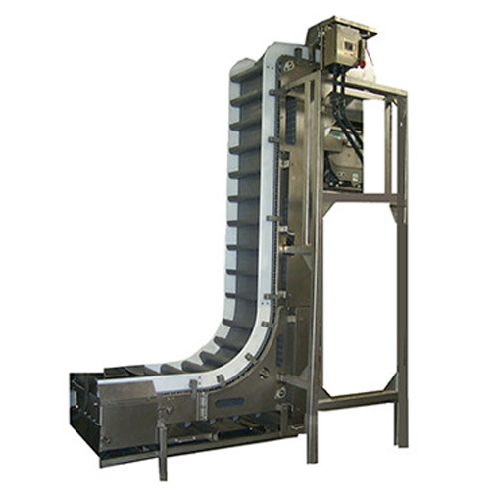
Conveyors for material handling in food processing
Streamline your snack production line with conveyors designed to effic...
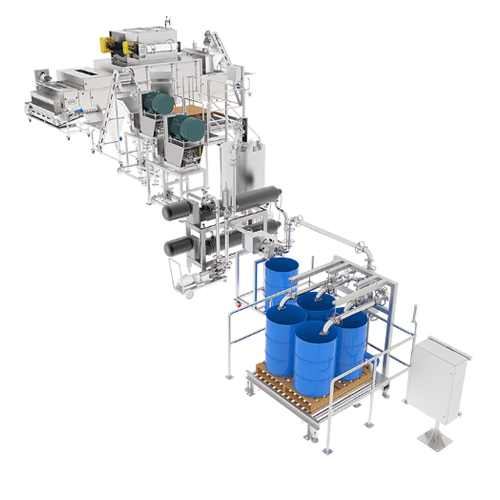
Integrated nut butter production line
Enhance your nut processing capabilities with a fully integrated production line that...
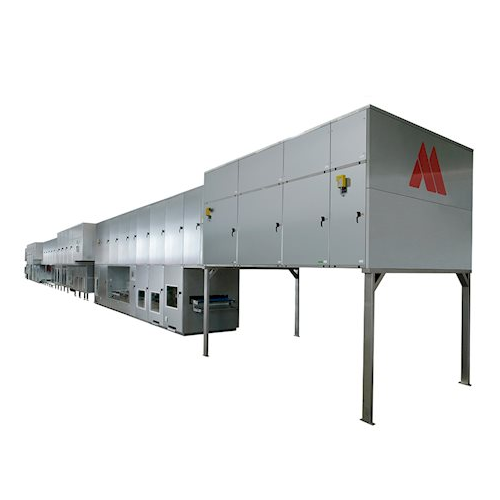
High capacity chocolate moulding line
Maximize your production capacity with a tailor-made moulding line designed for versa...
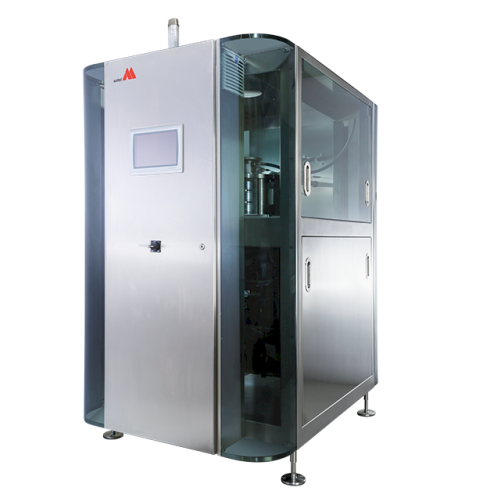
Chocolate tempering system
Optimize your chocolate production with a tempering system that achieves precise crystallization,...
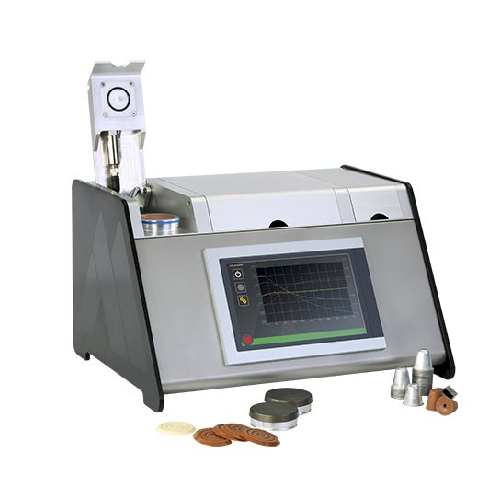
Chocolate quality analysis instrument
Ensure the highest quality of your chocolate production by precisely measuring contra...
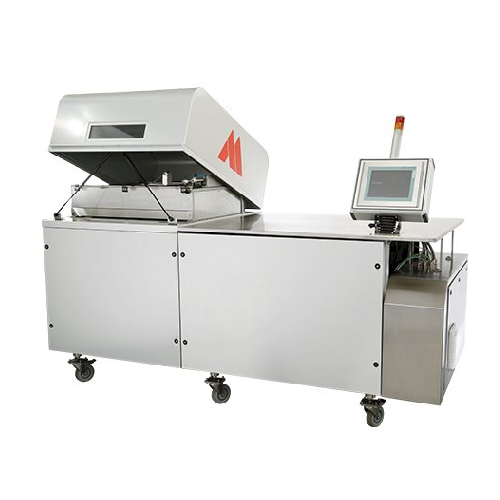
Cooling simulator for chocolate production optimization
Optimize your chocolate cooling processes and refine production s...
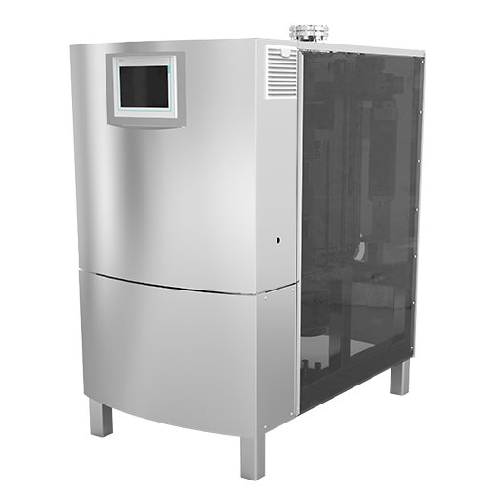
Energy efficient chocolate tempering solution
Enhance your chocolate products with precise temperature control, reducing e...

Chocolate enrober for large scale production
Efficiently enrobe a wide range of products, from chocolate bars to delicate ...

Bottom enrober for chocolate and confectionery products
Optimize your production line with precise bottom enrobing, ensur...
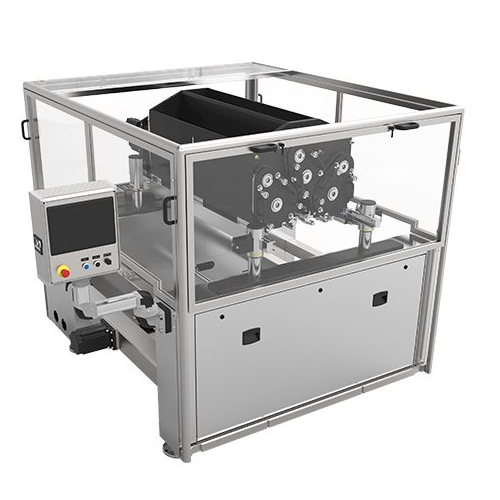
Extruder and depositor for confectionery production
Ideal for producing sophisticated confectionery and bakery items, thi...
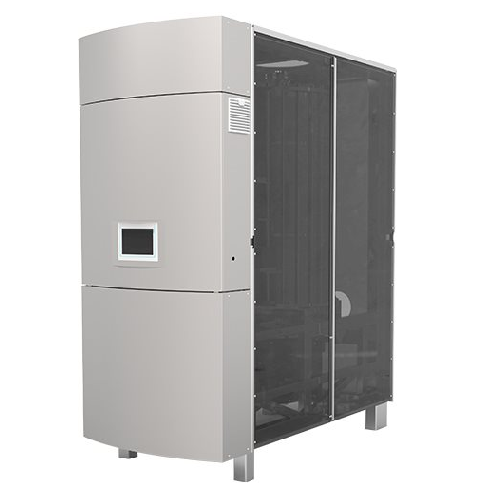
Laboratory chocolate tempering solution
Achieve precise tempering of diverse chocolate and confectionery masses with optimi...
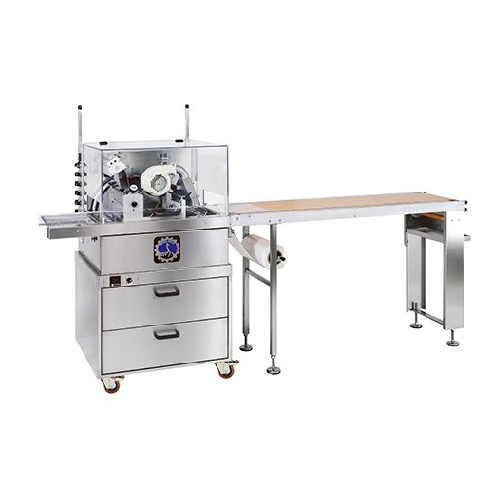
Small-scale chocolate enrober for laboratory use
Optimize small-scale chocolate production with a flexible enrober designe...

Depositor for aerated masses and fat fillings
Enhance your confectionery production with a depositor that precisely handle...
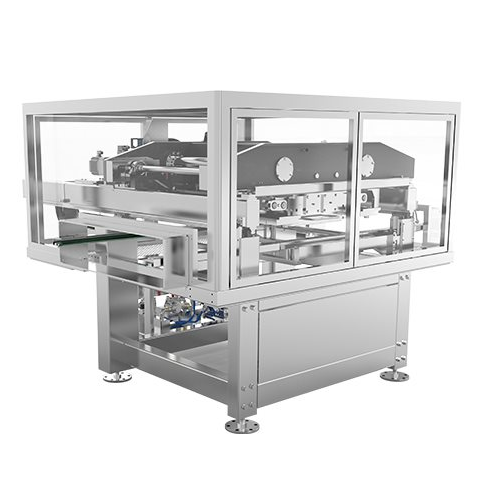
Depositor for solid and filled chocolates
Optimize your chocolate production with precision depositing for medium to large...
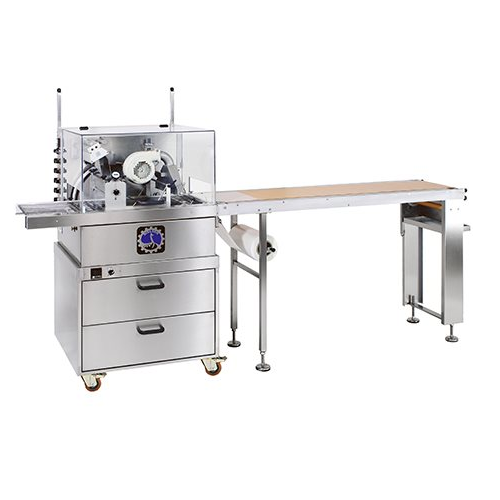
Small scale chocolate enrober
Ideal for creative small-scale producers, this enrober allows you to experiment with chocolate...

Energy efficient enrober for chocolate coating
Enhance your production with energy-efficient enrobing that ensures precise...
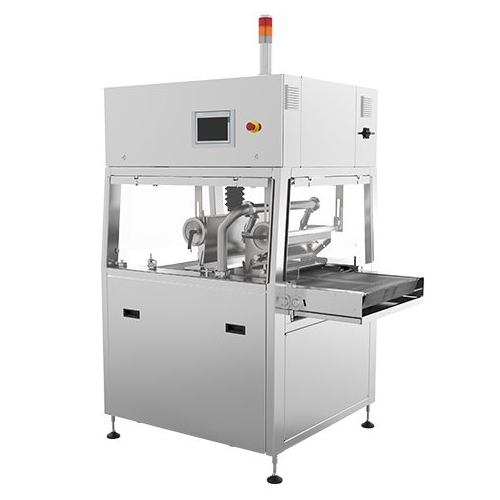
Enrobing system for rapid changeover in confectionery production
Achieve seamless chocolate coating transitions with a s...
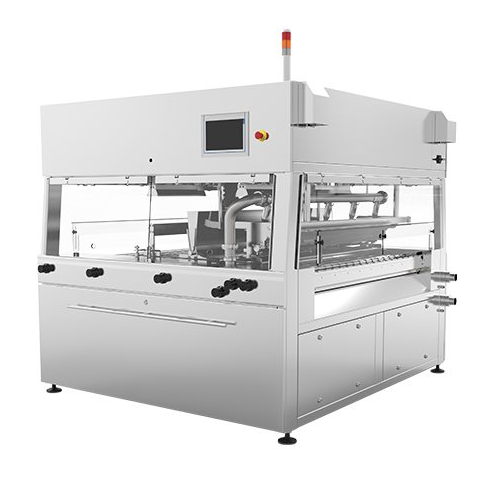
Industrial chocolate enrober
Achieve exceptional chocolate coating consistency and efficiency with this advanced enrobing te...
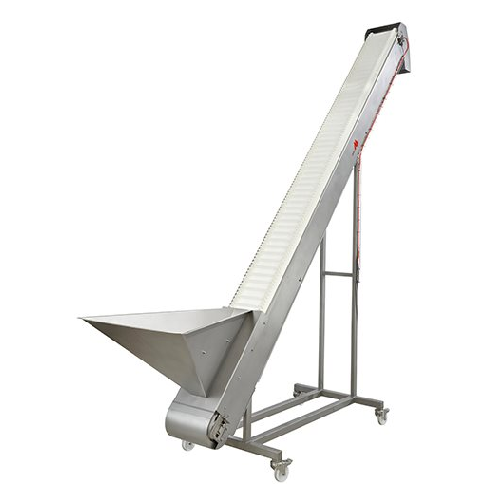
Conveyor system for chocolate production lines
Streamline your production flow with this conveyor system, ensuring efficie...
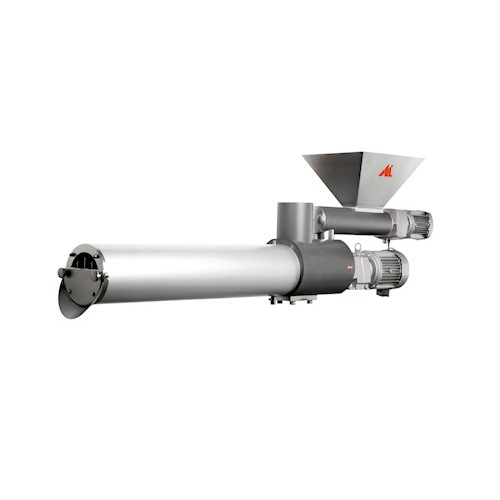
Auxiliary feeder mixer for chocolate production
Optimize ingredient incorporation seamlessly with a versatile system that ...
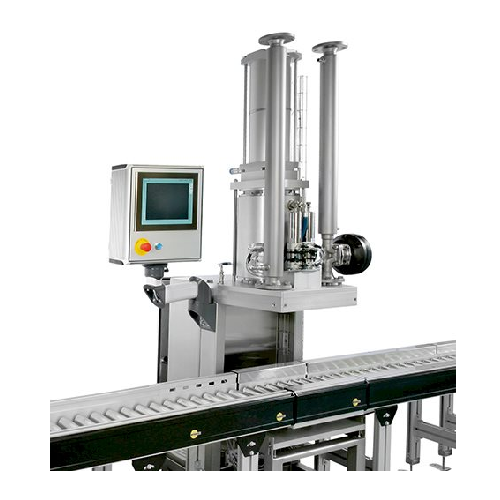
Filling and weighing station for chocolate production
Ensure precise and efficient chocolate mass depositing with a stati...
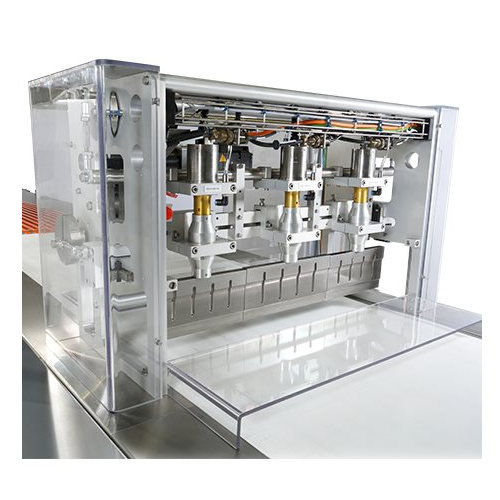
Industrial guillotine for precision cutting
Achieve precise portioning with a high-capacity guillotine, designed for seaml...
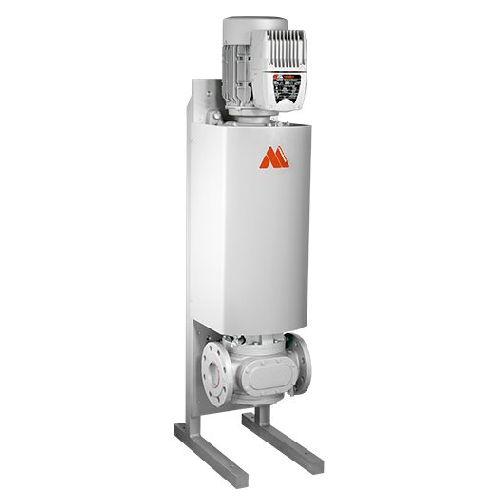
Chocolate pump for consistent mass transport
Efficiently transport chocolate mass with precision, ensuring gentle handling...
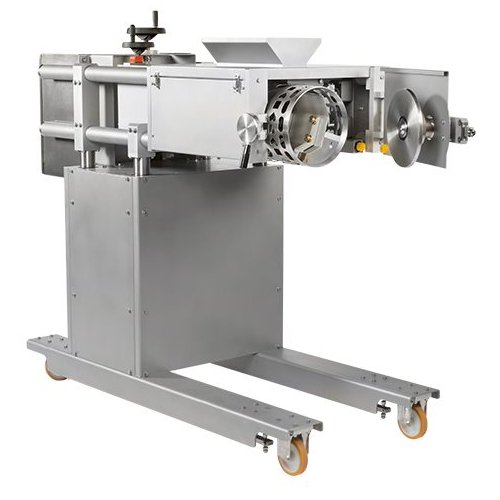
Rotating stencil depositor for confectionery products
Streamline your confectionery operations by precisely depositing in...

Depositor and extruder for confectionery production
Enhance productivity with precision depositing and flexible extruding...
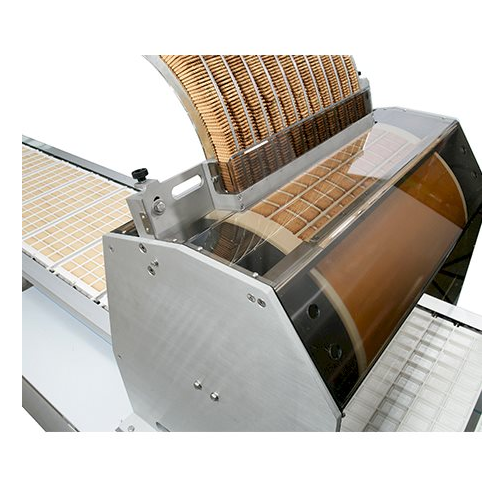
Wafer and biscuit feeder for chocolate moulding
Efficiently integrate wafers and biscuits into your chocolate production l...
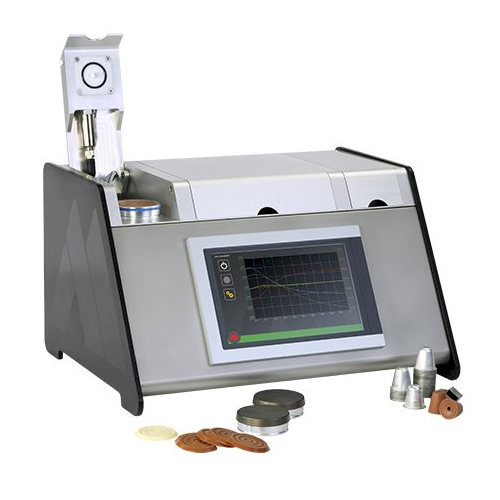
Chocolate quality measuring instrument
Ensure consistent chocolate quality by accurately measuring contraction, expansion, ...

Accurate chocolate tempering measurement tool
Ensure precise chocolate tempering with real-time accuracy, enhancing qualit...
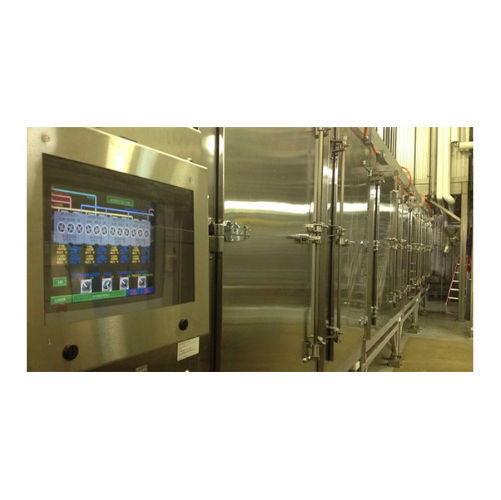
Fast crusting freezer for poultry products
Ensure optimal product integrity by rapidly sealing moisture in seconds, preven...
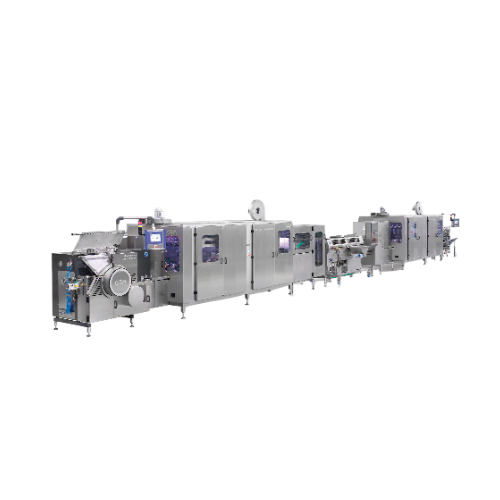
Coated lollipop production line
Transform your confectionery line with a solution that forms, cools, and coats 3D lollipops ...
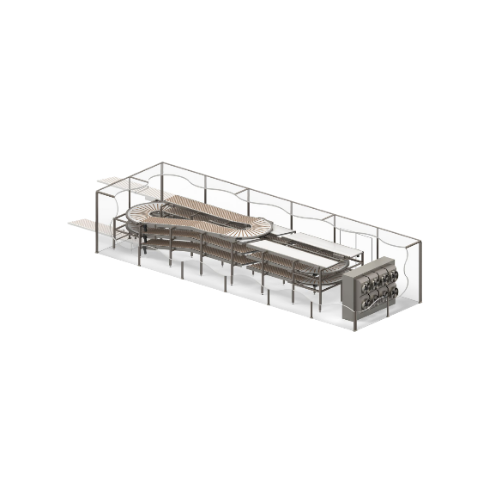
Cooling system for post-baking stabilization
Optimize your production line by integrating a cooling system that ensures po...
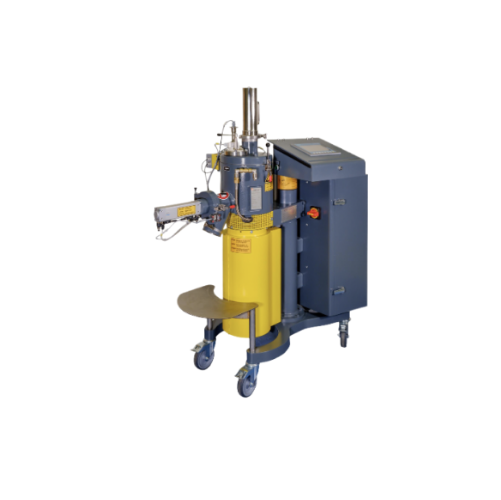
Laboratory mixer for complex mixing tasks
Optimize your laboratory processes with a versatile mixer designed for accurate ...

Advanced plant engineering services
Optimize your production line with seamless integration of high-efficiency mixing, dosi...
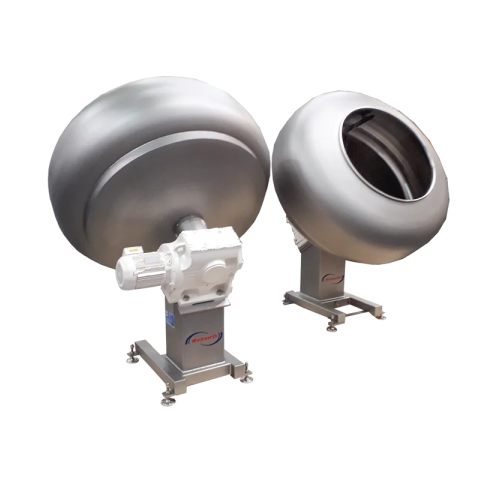
Industrial coating pans for sweets and confectionery
Ensure even and consistent coatings with high-capacity pans designed...
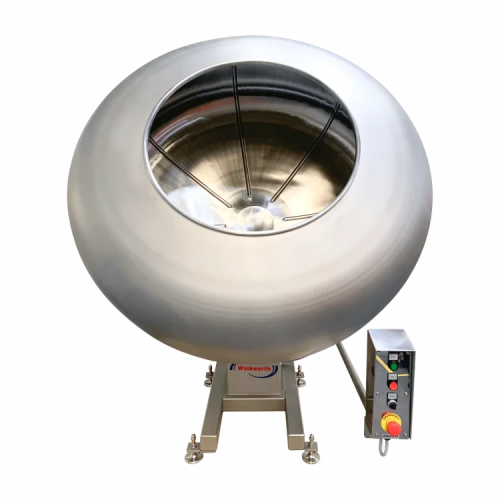
Coating pans for precision culinary coatings
Achieve consistent, high-quality coatings on a diverse range of products, fro...

Dissolver for high-viscosity products through floor installation
Optimize production of ultra-high viscosity products wi...
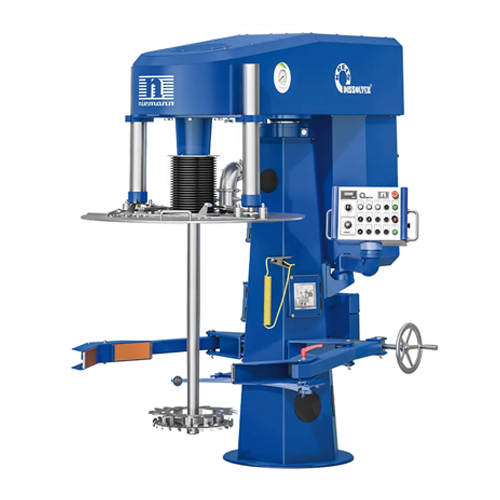
Dispersing system for high-viscous products
Achieve precise mixing and dispersing of high-viscous products with advanced f...
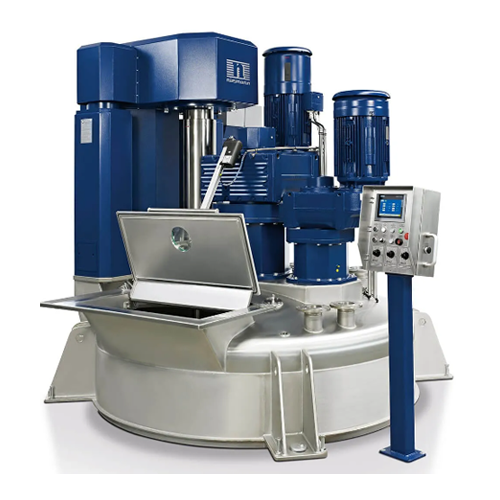
Triple shaft mixer for high-viscosity products
Achieve precision mixing and dispersing of high-viscosity products with a p...
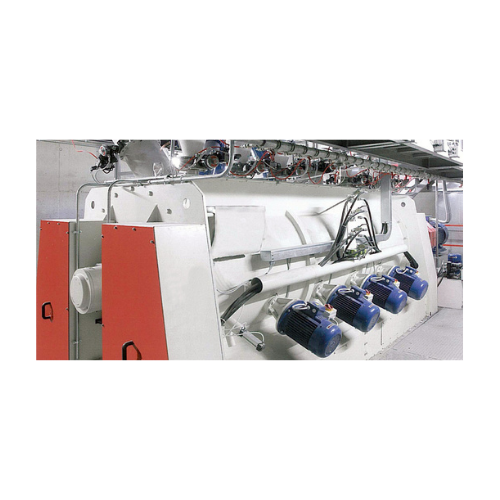
Batch-type single shaft mixers with bomb-bay discharge
When you need rapid, residue-free discharge in your batch mixing p...
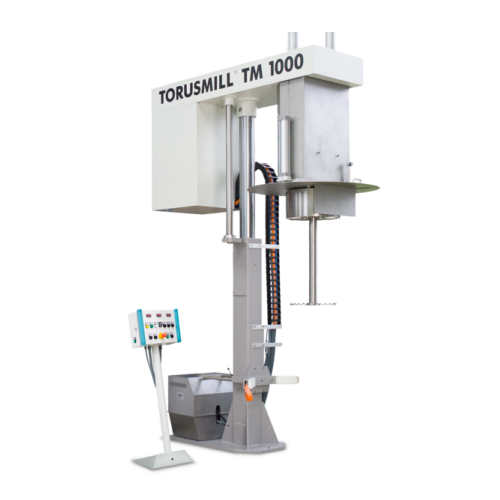
Basket mill with integrated dissolver for high viscosity products
Optimize your production efficiency by combining disp...

Tank agitator for low-level installation
Efficiently optimize your mixing processes with a bottom-entry tank agitator, desi...
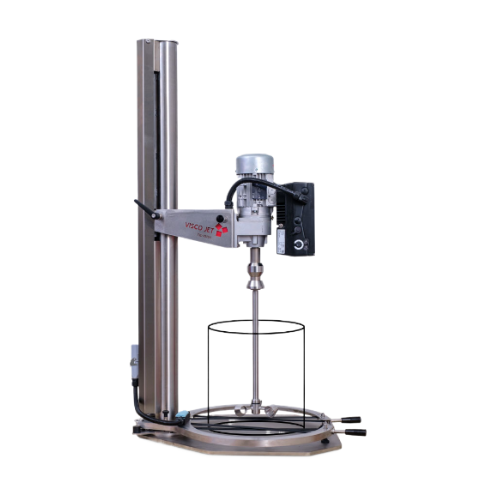
Laboratory stirrer for small batch mixing
Achieve consistent mixing and blending in small-scale environments with minimal ...
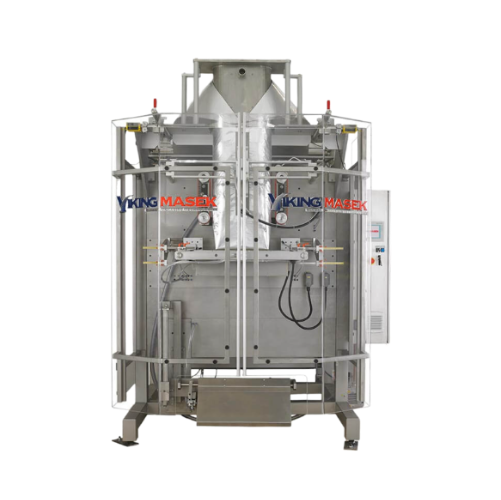
Vertical form fill seal for bulk bag packaging
Streamline your bulk bag packaging with efficiency and precision, ideal for...
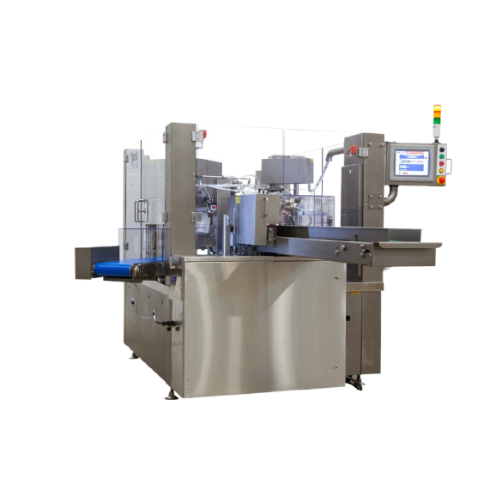
Automatic rotary premade pouch filler for various industries
Streamline your pouch packaging process with precision fill...
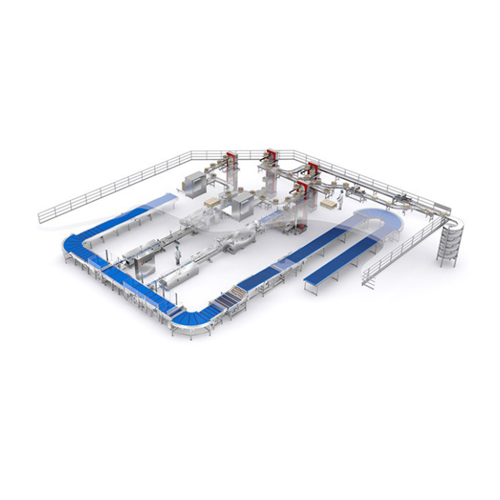
Biscuit packaging and boxing solution
Streamline your biscuit production line with a fully automated system that ensures pr...
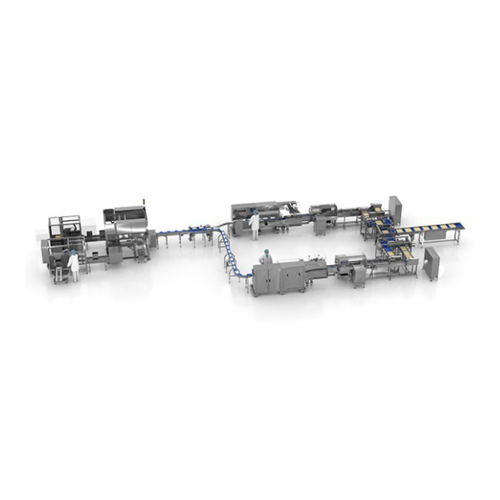
Automated packaging line for wafers
Optimize your wafer production with high-speed, fully automated packaging and versatile...
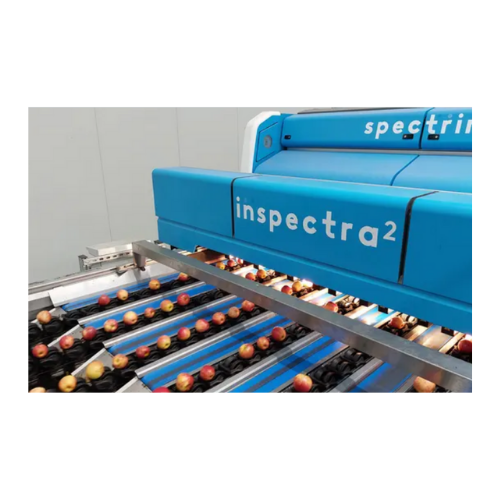
Advanced fruit sorting platform
Optimize your operations with a cutting-edge sorting solution designed to enhance product in...
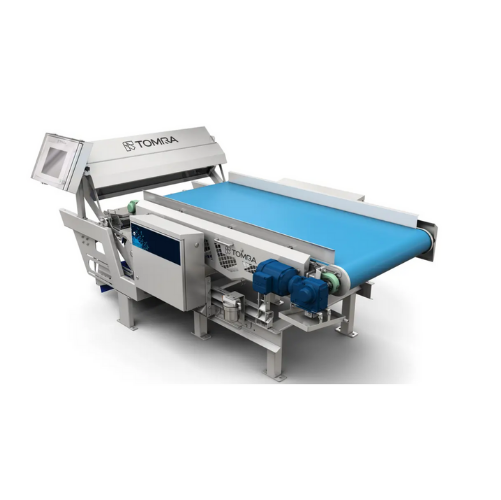
Advanced food sorter for tomatoes and peaches
Achieve precise sorting and defect removal for a variety of food products, e...
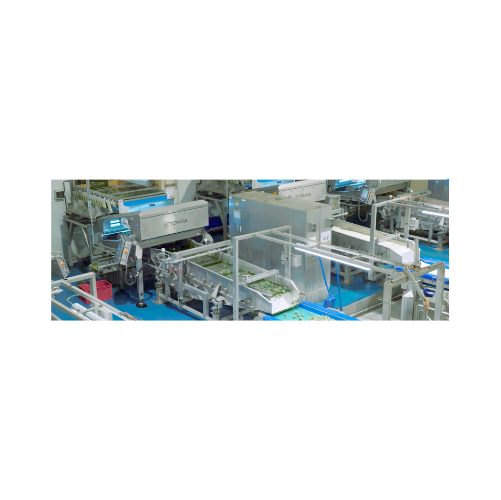
Blizzard sorter for Iqf fruits and vegetables
Optimize your frozen food production with a compact sorter that seamlessly r...
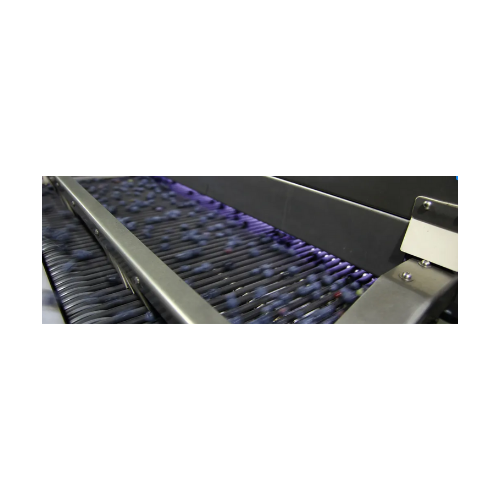
Color sorter for small fruits
Optimize your production line with a high-speed color sorting solution that enhances quality c...
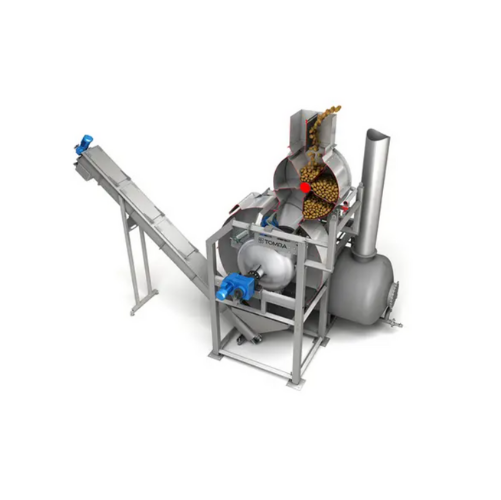
Industrial steam peeler for potatoes
Optimize peeling efficiency while minimizing waste and energy usage with this high-spe...

Cherry sorting system with deep learning technology
Boost your fruit processing efficiency by utilizing advanced deep lea...

Plate and counter mould storage system for confectionery products
Streamline your confectionery production with an effi...
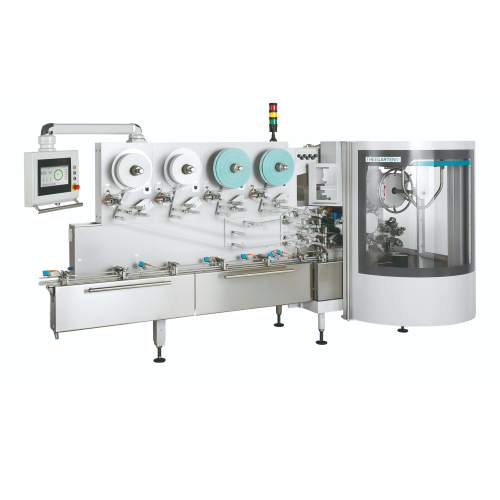
Flexible high-speed wrapping machine for chocolate products
Optimize your confectionery production line with a flexible ...
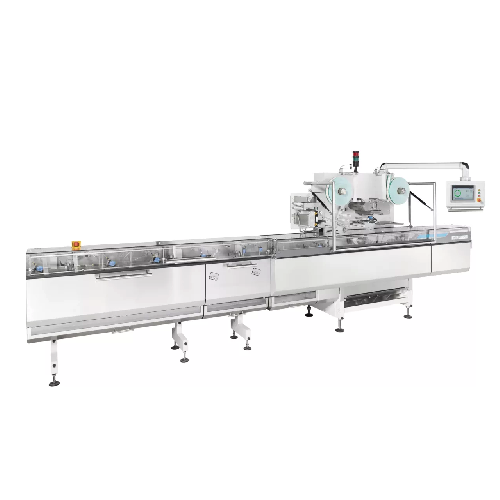
Modular high-speed wrapper for chocolate flow packs
Efficiently wrap a wide range of products, from chocolate bars to dis...
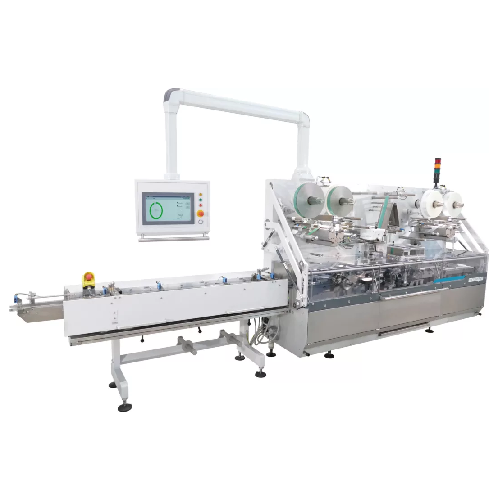
High-speed wrapping system for chocolate bars
Ensure quick and precise packaging for chocolate bars with a high-speed syst...

High-speed chocolate wrapping system
Optimize your confectionery packaging process with a versatile, high-speed wrapping so...
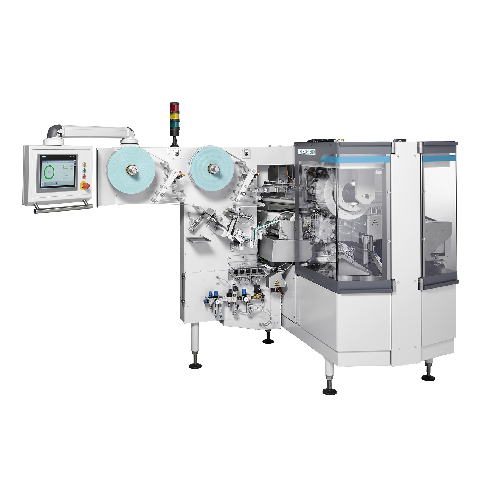
High-speed wrapping solution for preformed candies
Ensure consistent wrapping of diverse confectionery products with a hi...

10 head multihead weigher for dry products
Optimize your weighing and packaging operations with precise and rapid handling...
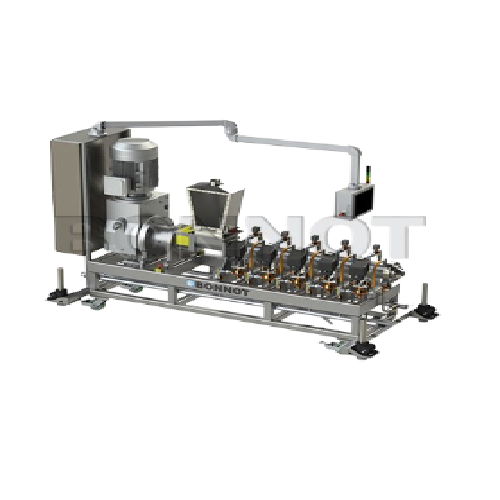
Cooking extruders for continuous food processing
Optimize your extrusion processes with cooking extruders designed for con...
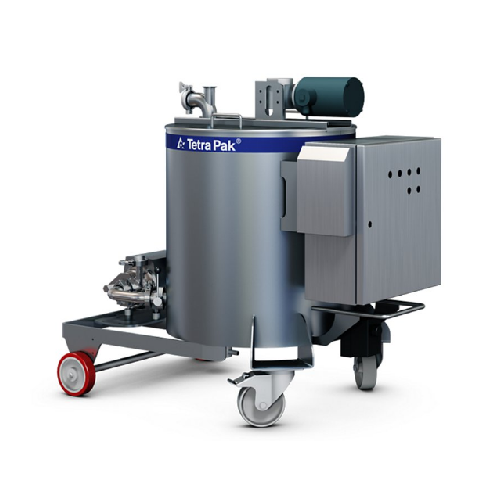
Centrifugal pump station for chocolate coating applications
Ensure precise temperature control and efficient chocolate c...
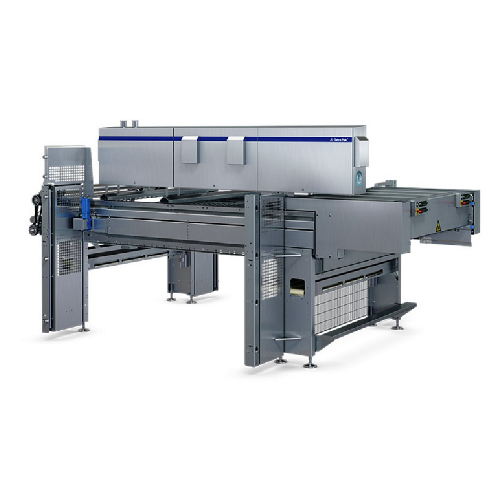
Ice cream dipping and transfer unit
Streamline your ice cream production with a multi-lane system designed for precise dipp...
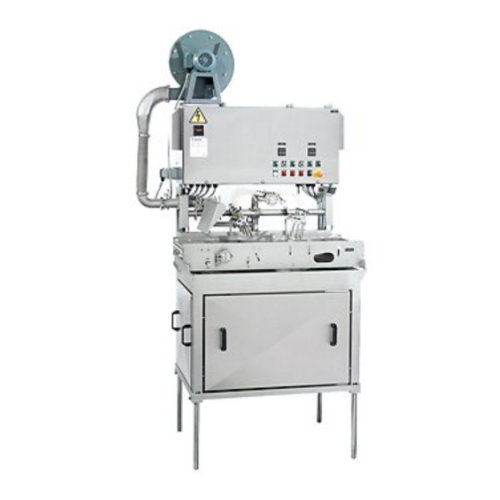
Chocolate enrober for ice cream products
Optimize your ice cream and dessert production with precise, high-speed enrobing a...
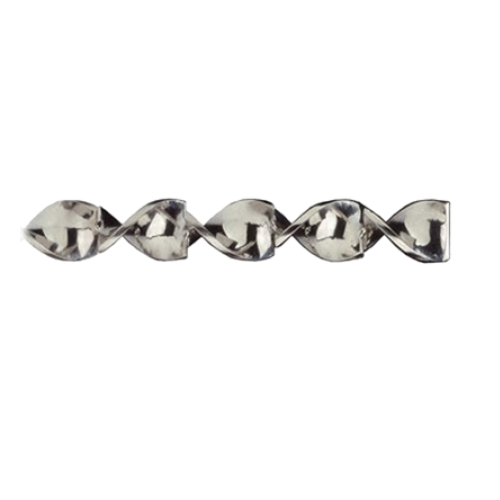
Static mixer for homogeneous blending of ingredients in bakery and confectionary
Achieve consistent flavor and color i...

Nut coating machine for snack food processing
Enhance your snack and confectionery production with a nut coating machine t...
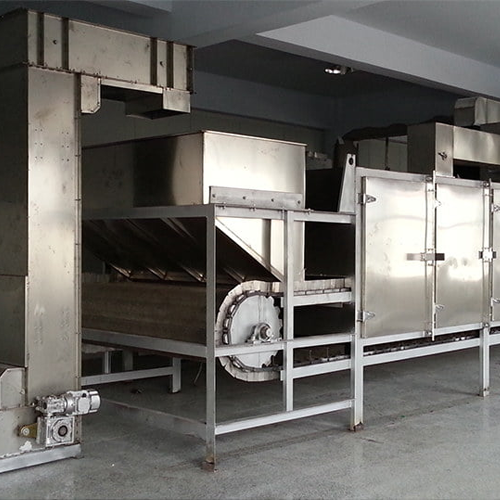
Cocoa bean processing line from cocoa pod to cocoa nibs
Streamline your cocoa production process by transforming raw coco...

Electrostatic drum flavouring system for food industry
Enhance the consistency of your food products with precise flavour...
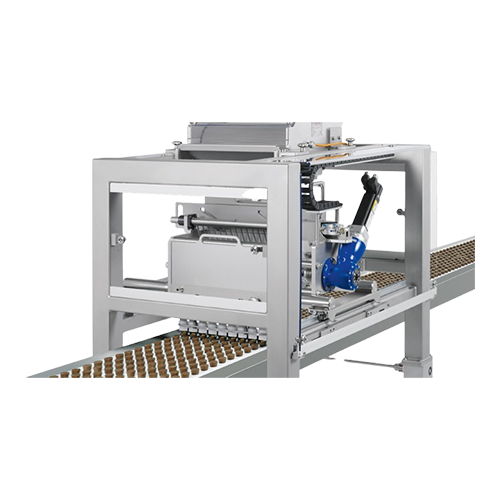
Lay-on systems for precise sprinkling and nut depositing
Optimize your confectionery production with precision sprinkling...
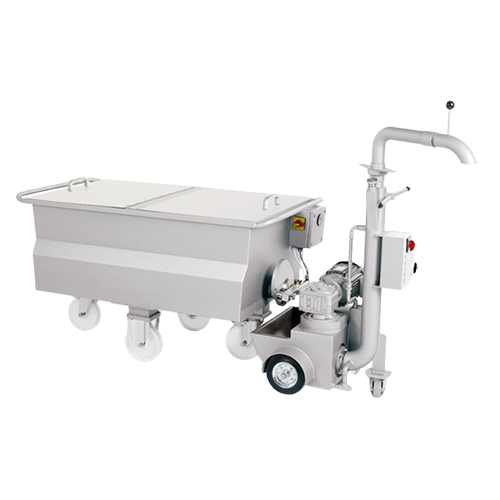
Bulk chocolate storage for confectionery production
Maximize space efficiency while maintaining product quality with our ...
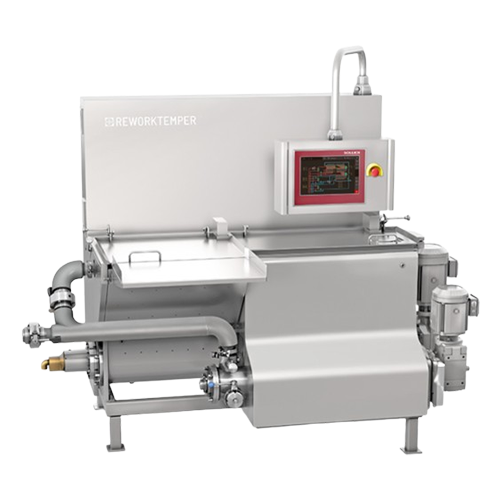
Confectionery rework tempering solution
Improve confectionery production efficiency by integrating a compact rework temperi...

Chocolate tempering solution for superior gloss and shelf life
Achieve consistent sheen and extend the shelf life of cho...

Z-conveyor for confectionery production
Ensure the gentle transport of delicate dry and granulated ingredients with a versa...
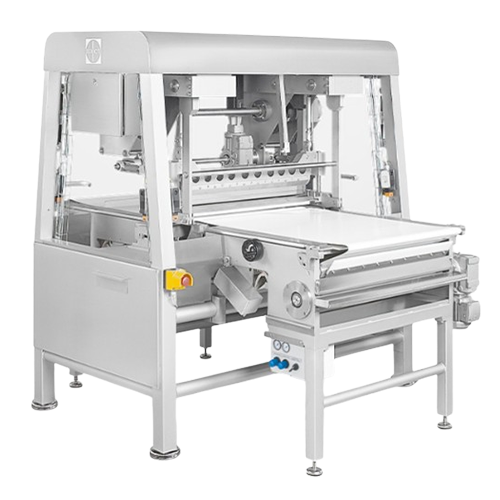
Transverse cutting systems for confectionery production
Achieve precise cutting and slitting with high-speed transverse s...
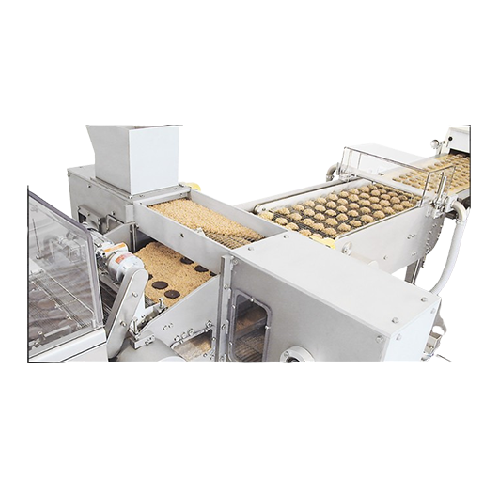
All around sprinkling systems for confectionery
Enhance your confectionery production with a system that ensures precise a...
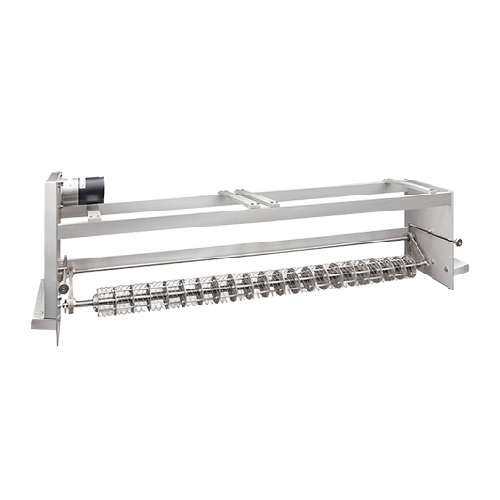
Chocolate decoration systems for confectionery production
Enhance your confectionery production with precision chocolate...
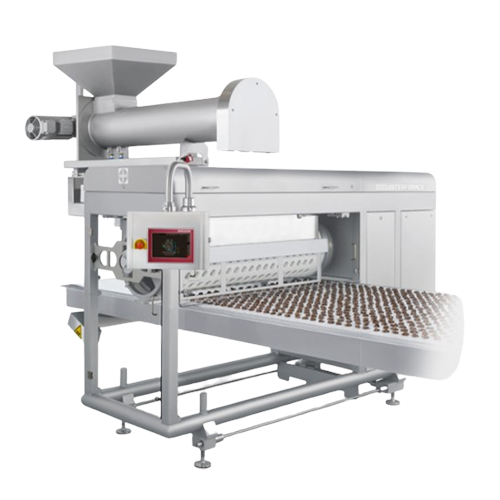
Nut clusters moulding solution
Streamline your production line with efficient nut cluster moulding, ensuring precise shape a...

Continuous bar production line for confectionery
Streamline your confectionery production with a seamless system for craft...

Chocolate shell molding system
Optimize your confectionery production with precision shell formation, enabling diverse and i...
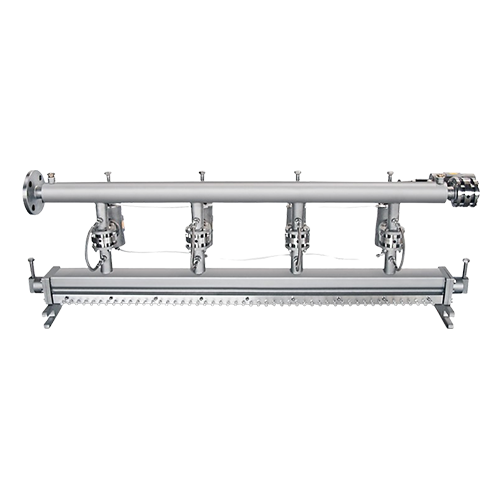
Manifold system for producing weight-accurate ropes of chocolate or fruit masses
Achieve precise weight and shape in c...
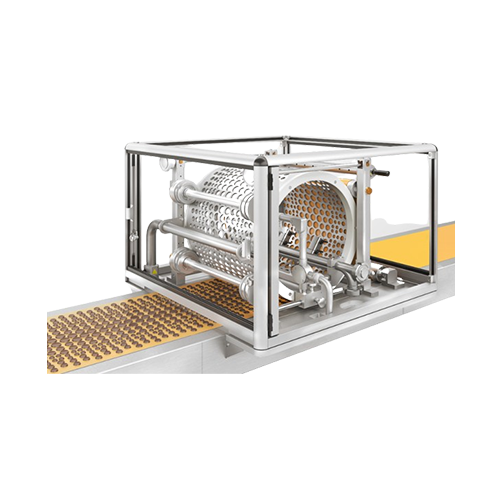
Volume-precise moulding for chocolate and fat masses
Achieve precise and consistent moulding for chocolate and confection...
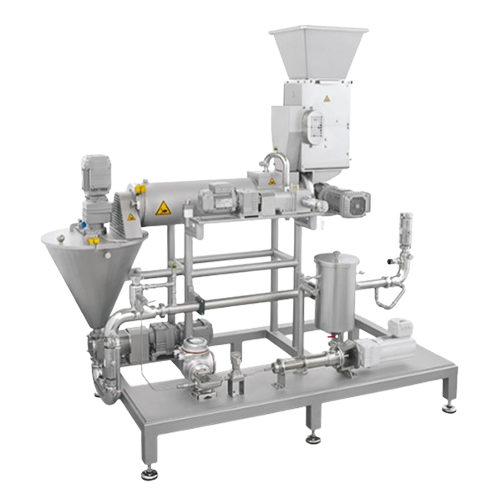
Flavour and colour dosing system
Simplify production by efficiently incorporating various flavors, colors, and solid inclusi...

Caramel enrobing system for biscuits and wafers
Achieve consistent caramel coverage with precise temperature control, ensu...
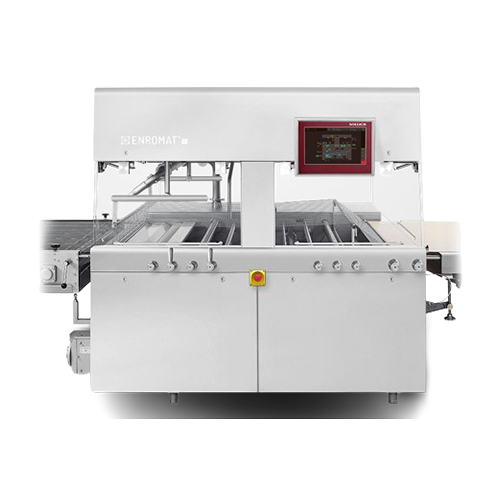
Industrial enrobing solution for quality coatings
Achieve high-quality coatings for pralines, bars, and pastries with a c...
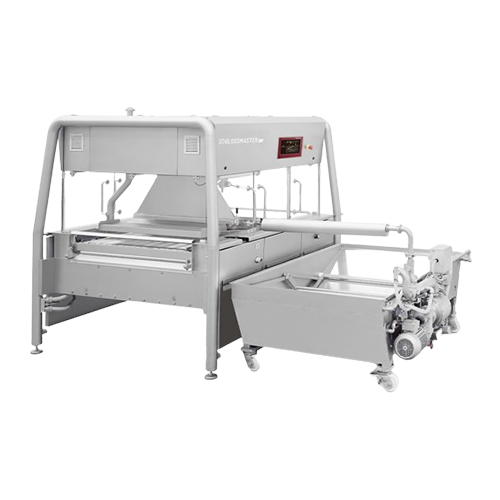
Retractable mass carriage enrober for chocolate coating
Improve production flexibility with a versatile enrober that allo...
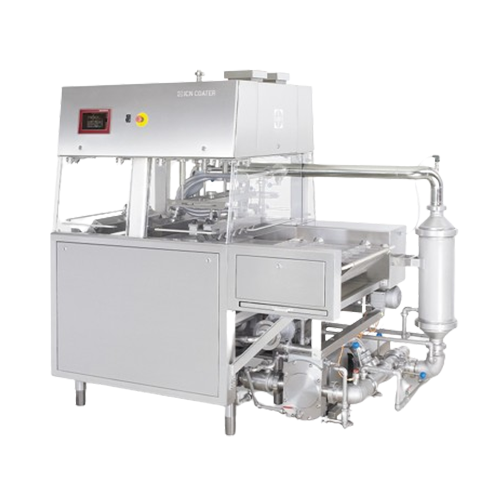
Ice cream coating system for enrobing applications
Achieve seamless chocolate and nut coatings on ice cream bars and conf...
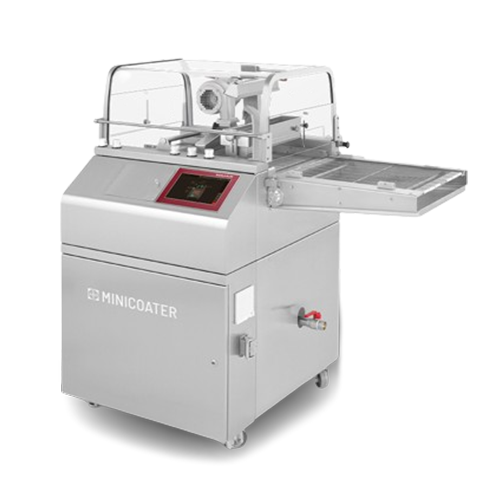
Compact chocolate enrobing system
Achieve perfect chocolate coatings in minimal space with precise control, enabling high-q...
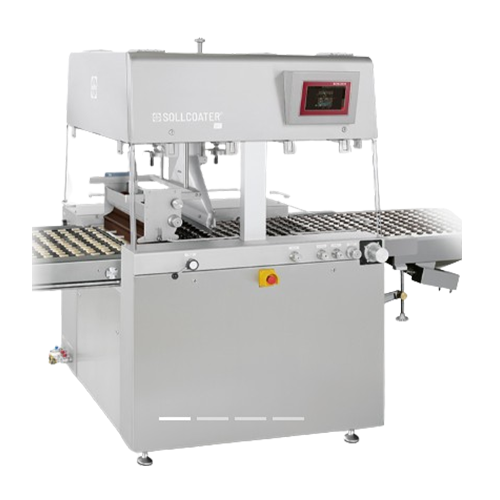
Enrobing system for full, half, and bottom coating of chocolates
Achieve precise and consistent chocolate coating with a...
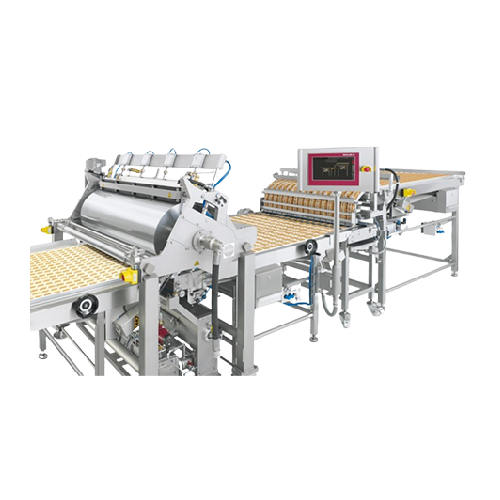
Enrobing system for biscuits and baked goods
Achieve consistent and precise chocolate coatings with the versatility you ne...
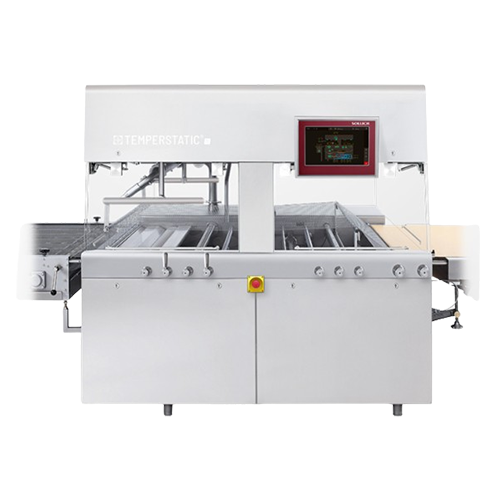
Integrated tempering enrober for chocolate coatings
Enhance your chocolate production line with an integrated solution fo...

Industrial spreading systems for sticky products
Effortlessly manage the spread of sticky confectionery products with prec...
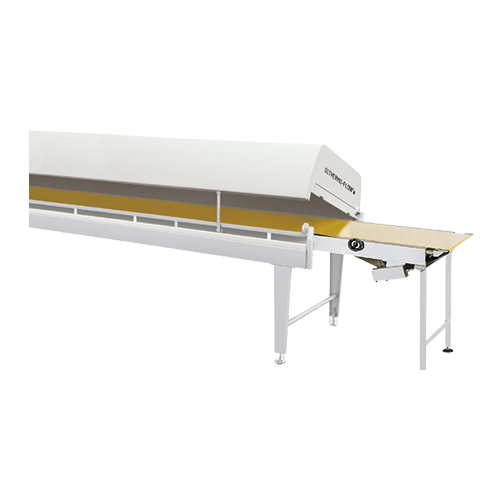
Cooling tunnel for center cooling in confectionery production
Efficiently manage center cooling in confectionery product...
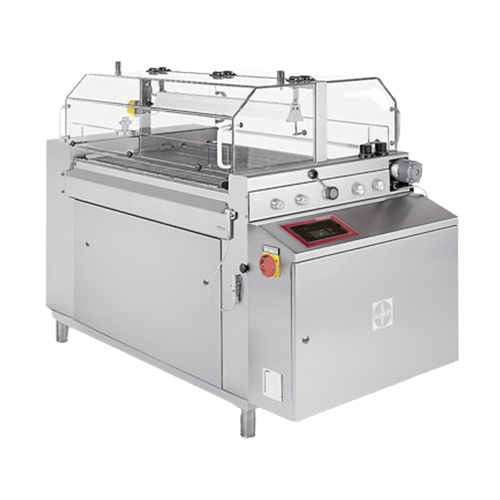
Bottom coating system for confectionery production
Optimize your confectionery line with precision bottom coating, ensuri...
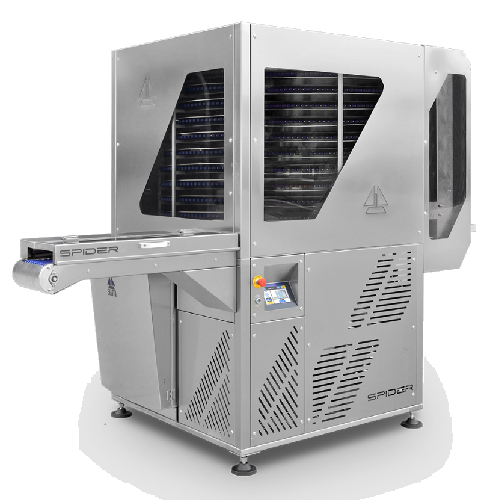
Vertical tunnel for cooling and moulding chocolate
Efficiently manage chocolate temperature control and molding precision...
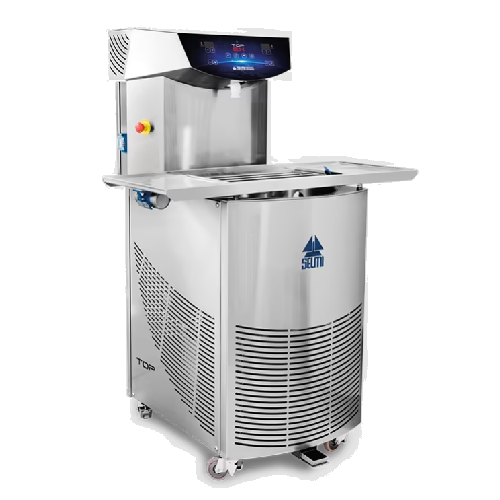
Professional chocolate tempering system
Enhance your chocolate production with a versatile tempering system that optimizes ...
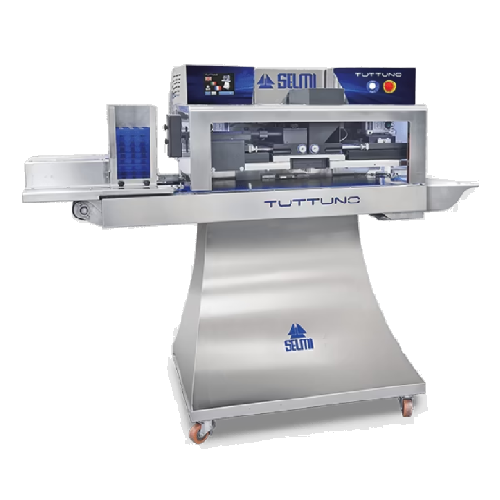
Simultaneous chocolate dosing solution
Achieve high-precision chocolate and ganache filling in a single step with this effi...
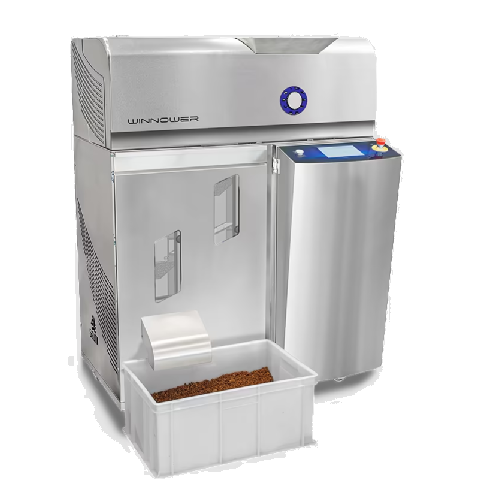
Cocoa bean winnower
Transform roasted cocoa beans into nibs efficiently, ensuring precise separation of cocoa from its shell,...
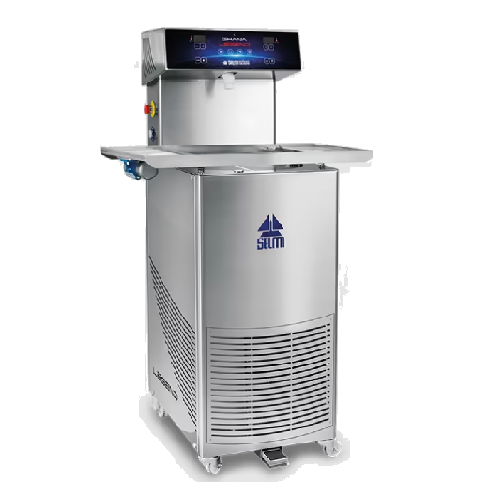
Professional chocolate tempering system for chocolatiers
Achieve precise chocolate tempering with advanced digital contro...
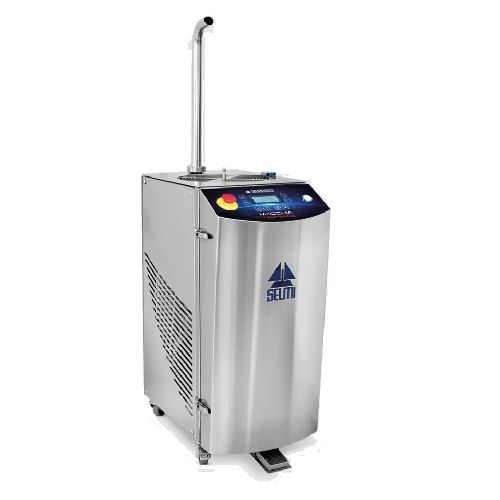
Chocolate and spreadable cream dispenser
Effortlessly enhance your confection creations with a dispenser that precisely mel...
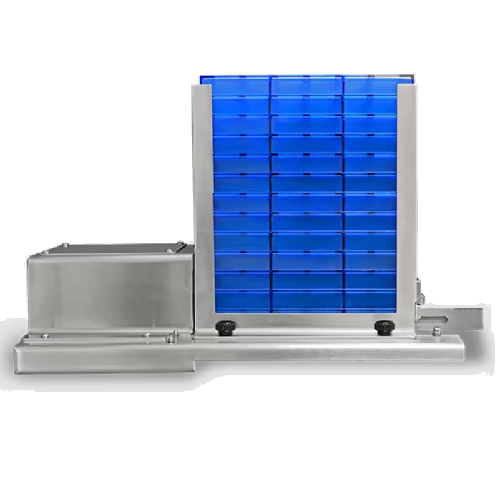
Automatic chocolate mould loader
Streamline your chocolate production with seamless mould loading, optimizing efficiency in ...
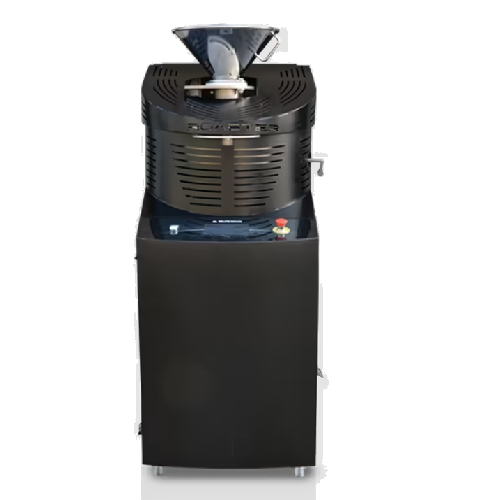
Dried nuts roasting system
Efficiently transform raw dried nuts into high-quality pastes and creams, optimizing flavor and t...
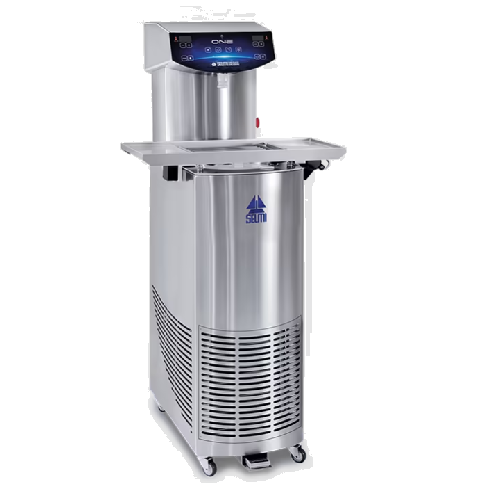
Chocolate tempering solution for small scale production
Efficiently temper chocolate for diverse confectionery creations ...
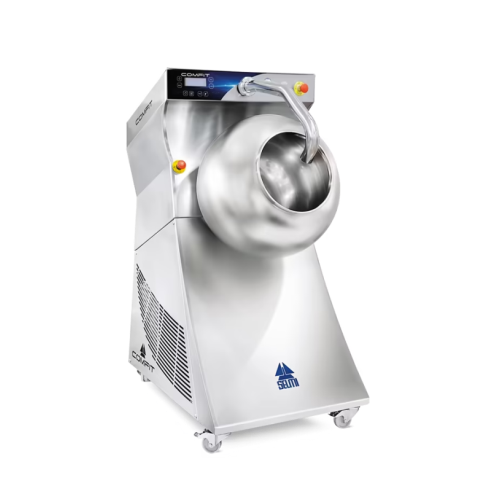
Chocolate coating panning machine for confectionery
Enhance your confectionery product line with a precision coating solu...

Chocolate and sugar coating system
Achieve consistent, high-quality coating for nuts, dried fruits, and confectionery with ...
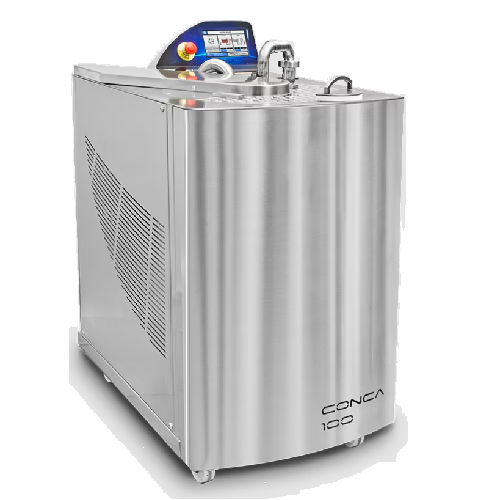
Industrial chocolate conching solution
Optimize chocolate production by effectively removing acidity and moisture, ensuring...

Flowpack packaging machine for chocolate products
Effortlessly wrap and preserve large quantities of chocolate and sweet ...
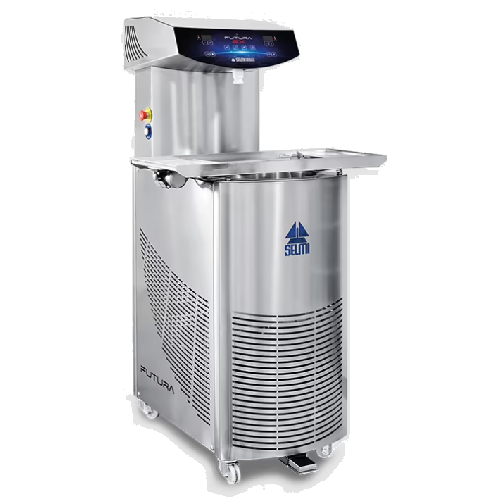
Professional chocolate tempering equipment for efficient production
Enhance your production capabilities with a versati...
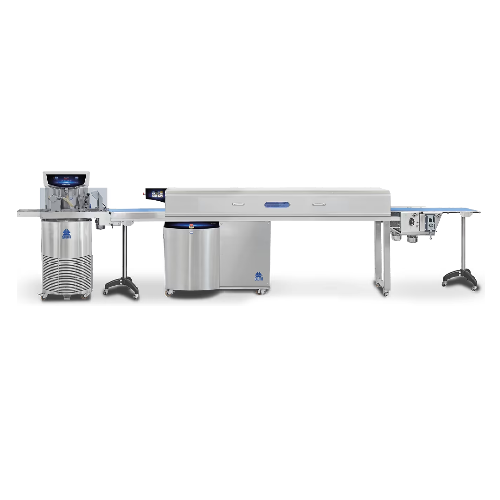
Chocolate enrobing, moulding, and cooling tunnel
Optimize your chocolate production with this advanced tunnel, designed fo...
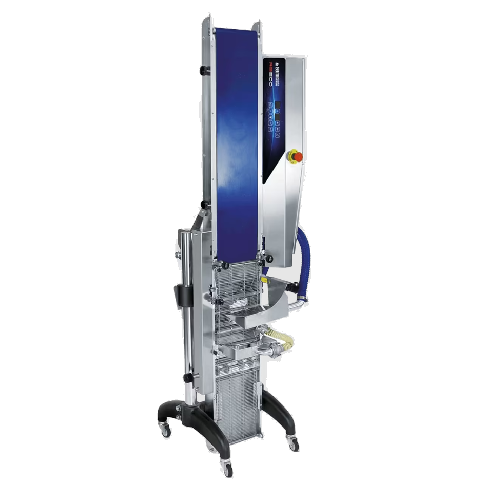
Chocolate enrobing system for tempering machines
Achieve consistent, high-quality chocolate coatings for your truffles, pr...
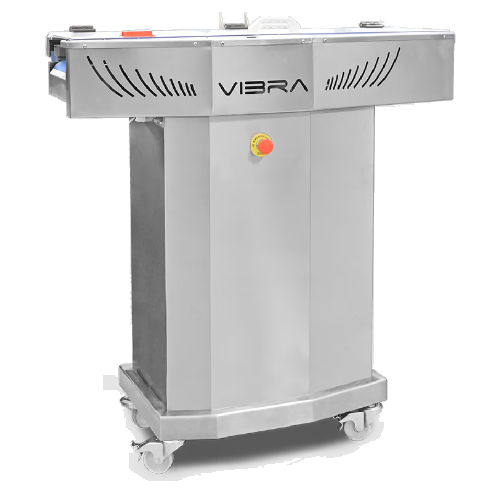
Autonomous vibrating station for chocolate moulds
Efficiently level and smooth chocolate in moulds, maintaining a seamles...
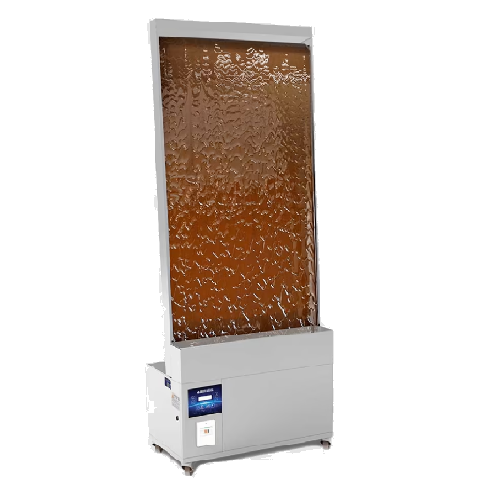
Wall chocolate fountain for continuous chocolate flow
Create a mesmerizing ambiance with a seamless chocolate waterfall, ...
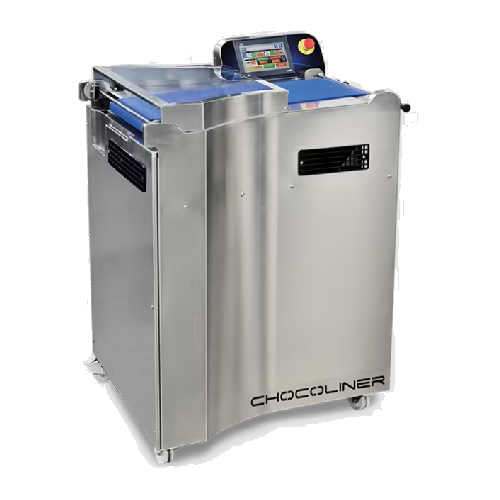
Chocolate products aligner for chocoform extruder
Enhance your chocolate production line efficiency with a precision alig...
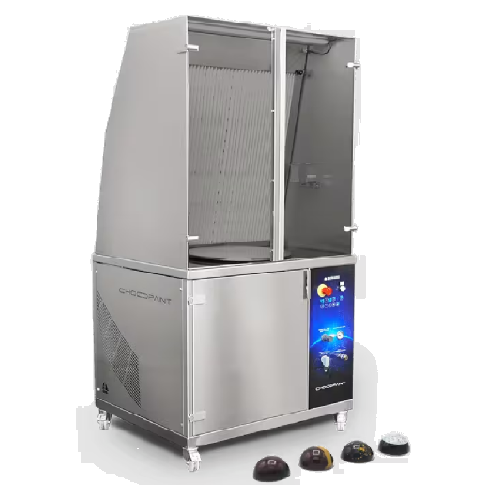
Chocolate painting and spraying cabin with suction
Achieve impeccable decoration and coating of confectionery with a pain...

Chocolate and nut cluster production line
Optimize your confectionery production with precise control over chocolate and n...
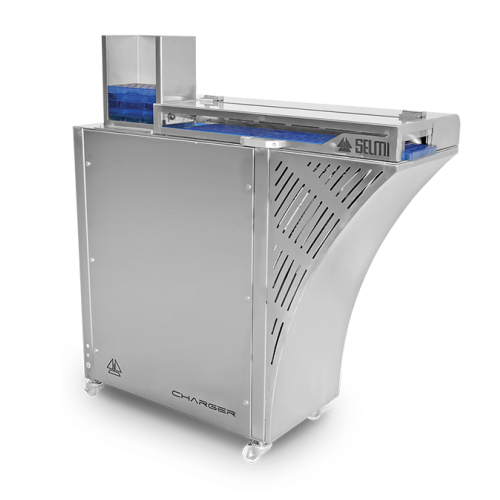
Automatic heated mould loader for chocolate production
Streamline your chocolate production with this heated mould loader...
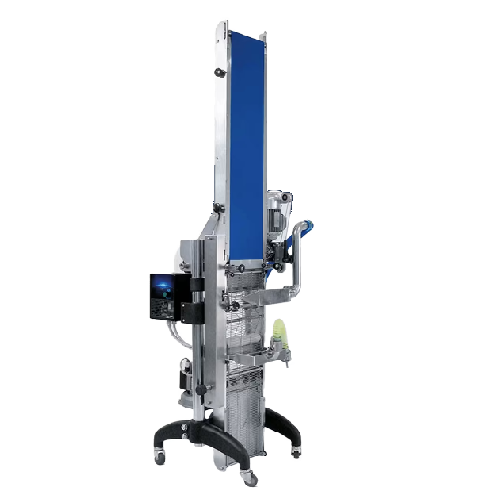
Chocolate enrobing belt for tempering machines
Enhance your chocolate production line with precise control over coating an...
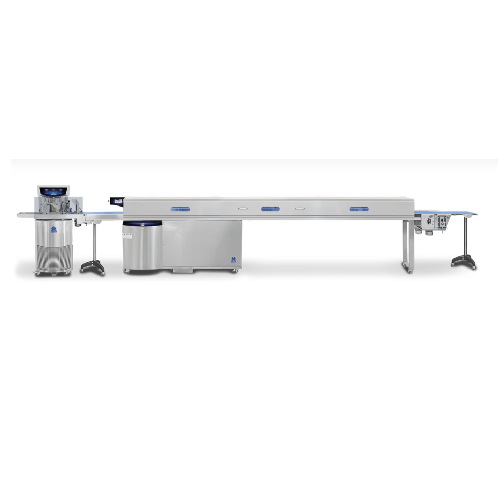
Chocolate enrobing and cooling tunnel 300/400 mm
Ensure seamless enrobing and precise cooling for chocolate products with ...
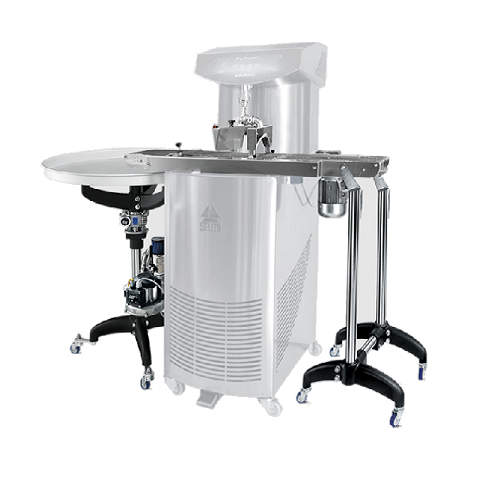
Chocolate truffle enrobing system
Enhance your chocolate production with a machine that delivers precision enrobing for tru...

Chocolate sprayer for panning machines
Enhance your confectionery creations with precision chocolate coating, ensuring ever...
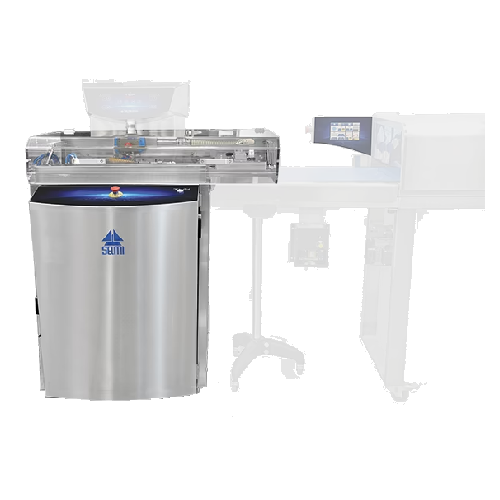
Chocolate drops production system
Create perfectly uniform chocolate drops with precision dispensing and seamless integrati...
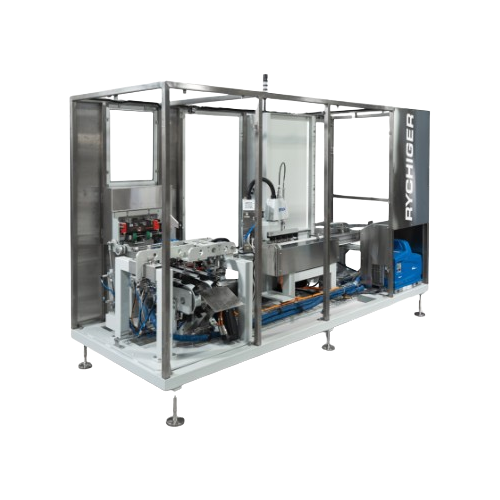
Horizontal cartoning system for coffee pods
Enhance your packaging line efficiency with a system designed for gentle handl...

Filling and sealing solution for beverage capsules
Optimize your production with a modular capsule filling and sealing so...
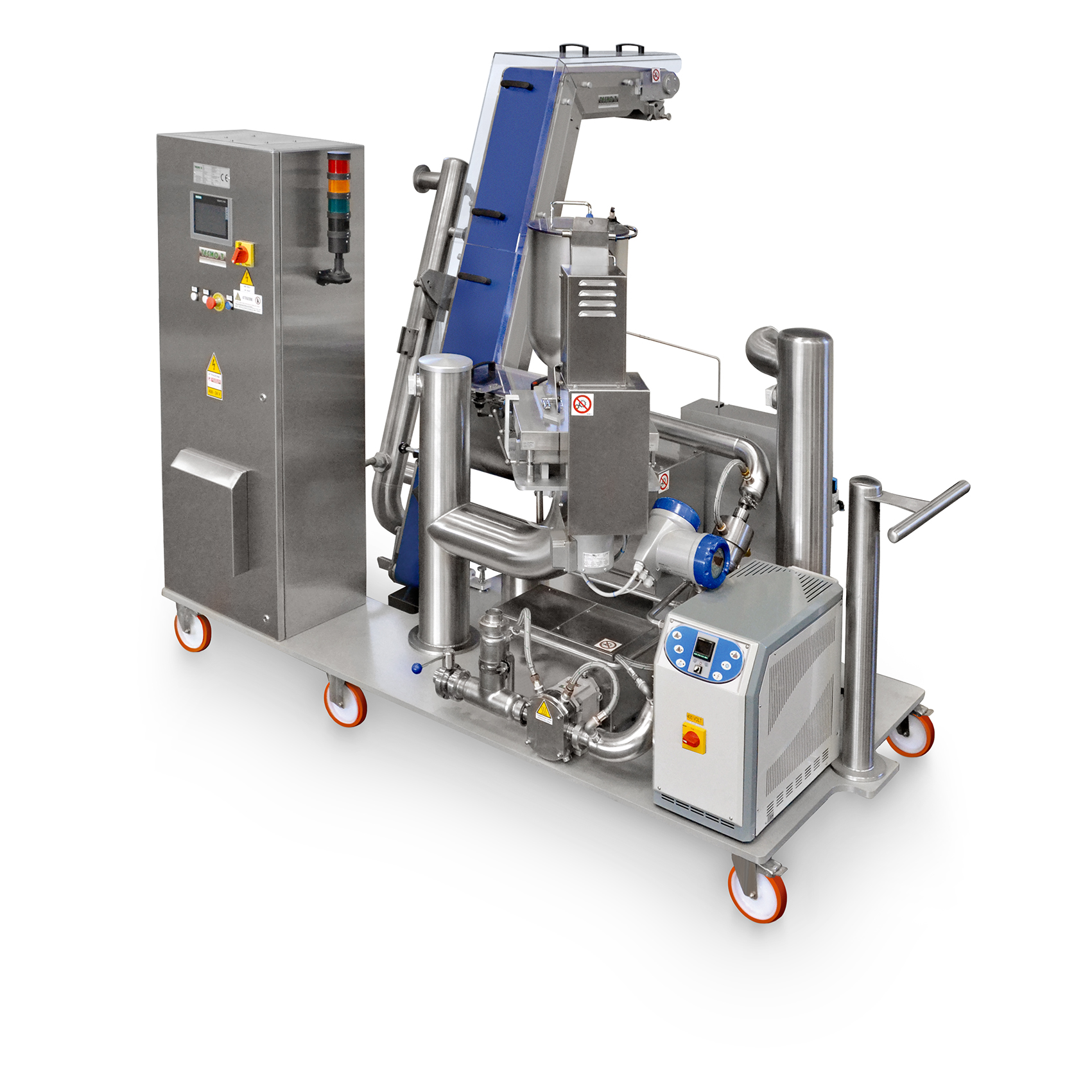
Mixer for production of chocolate with inclusions
Using the same mixing equipment for different recipes in chocolate manu...
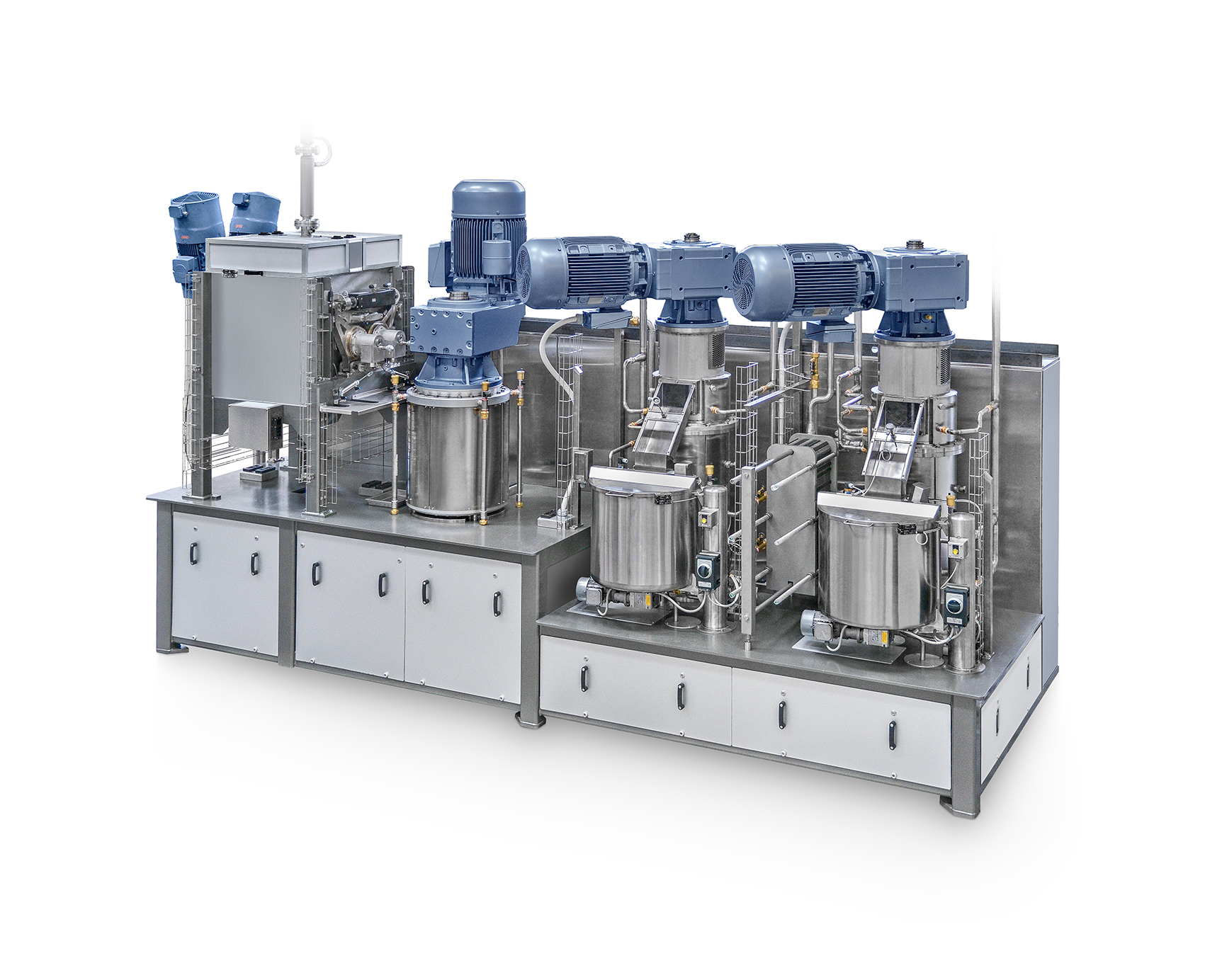
Refining plant for chocolate
Achieving a balanced, velvety mouthfeel in chocolate is challenging. Larger particles in chocol...
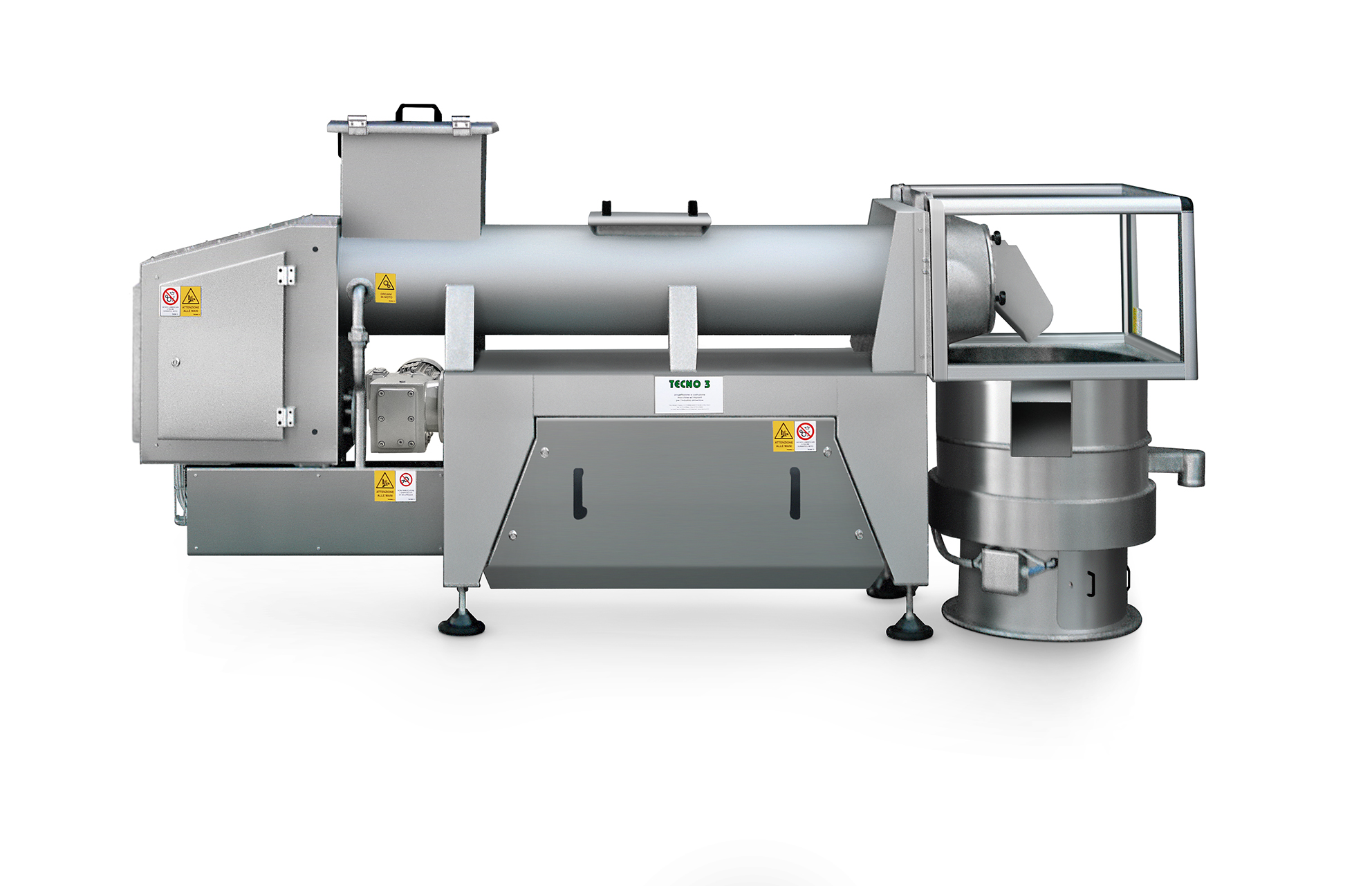
Industrial melter for chocolate rework
Wastage or out-of-specification products are not uncommon in the chocolate manufactu...

High-speed chocolate block melt machine
If you produce chocolate using larger blocks instead of cocoa beans, chocolate melt...
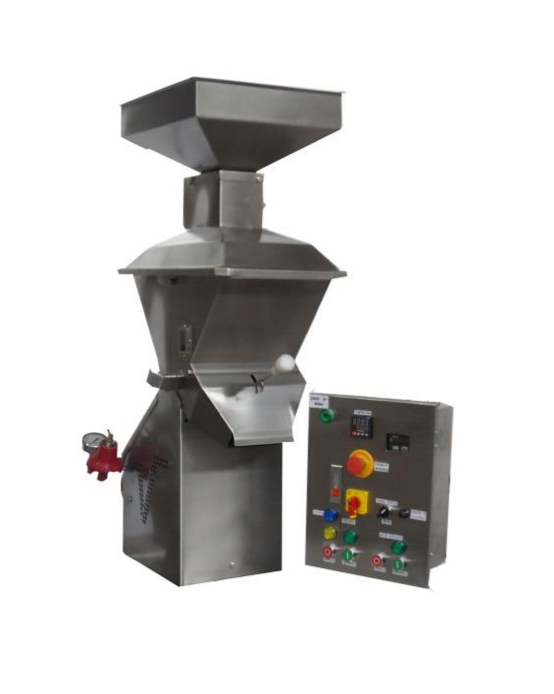
Entry level cocoa roaster
The biggest challenge that small-scale cocoa processing manufacturers face is even and thorough ro...
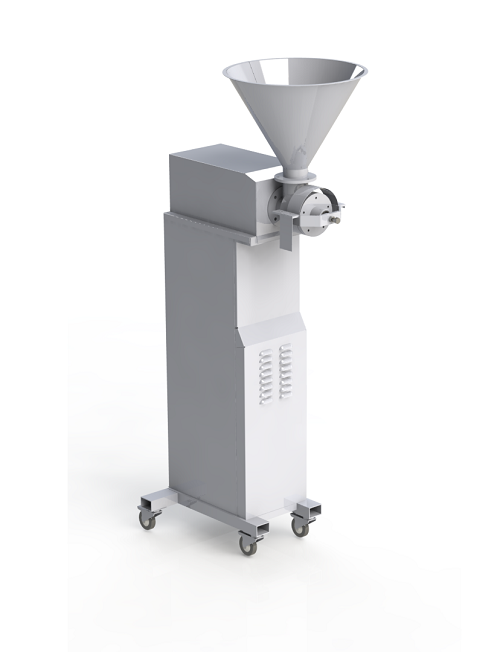
Small capacity cocoa grinder
The first step of producing almost any kind of chocolate starts with grinding cocoa beans to ge...
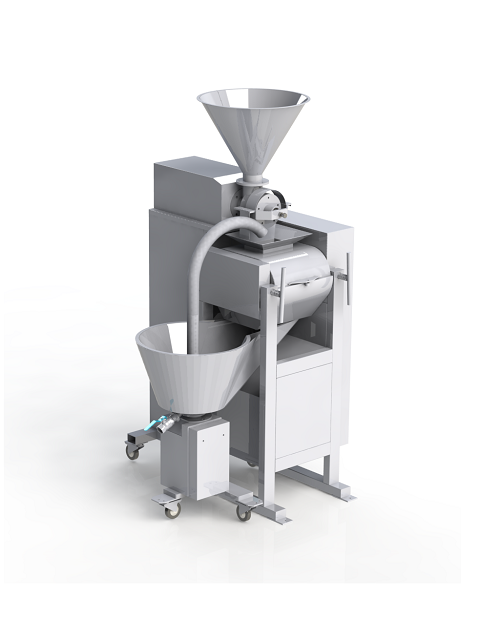
Entry level bean to bar line
One of the challenges when setting up a small-scale cocoa processing factory is making all of t...

Chocolate coating machine
Coat your product with chocolate or caramel. This is a chocolate coating machine born of many year...

Hygienic chocolate coating machine
Coat your product with chocolate or caramel. This is a next-generation chocolate coating...
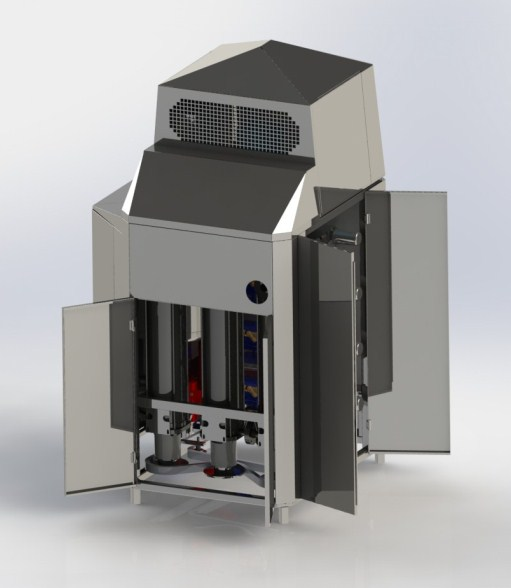
High capacity tempering machine
Prepare chocolate mixes for application to your product as coatings. Enhance the attractiven...
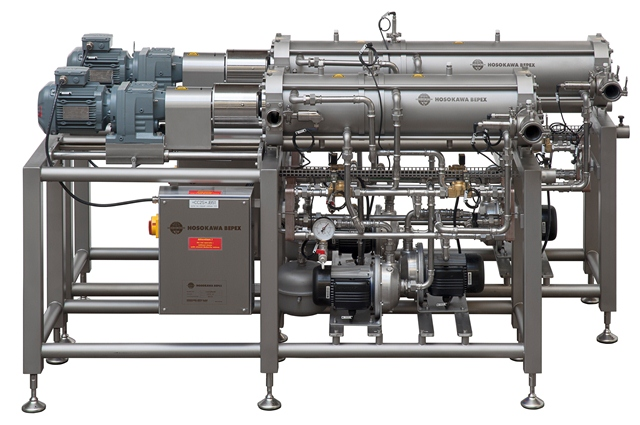
High capacity compound conditioner
Enhance the appearance of coatings applied to your product by control the crystal compos...
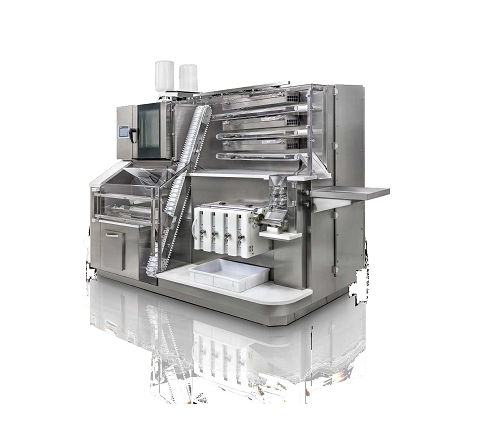
Small scale cocoa beans processing machine
For the highest quality chocolate production, complete control of the entire pr...
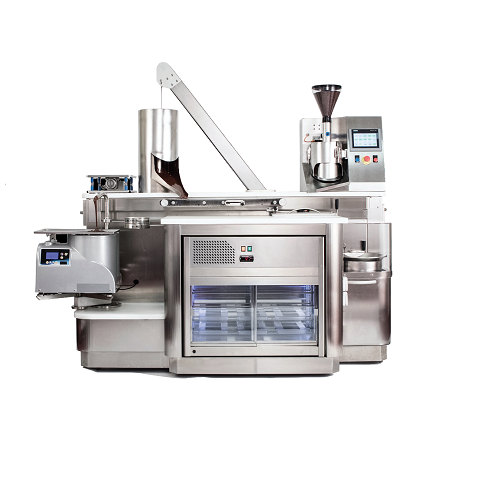
Entry level bean-to-bar machine
The production of high-quality chocolate from the bean can often be out of the reach of smal...
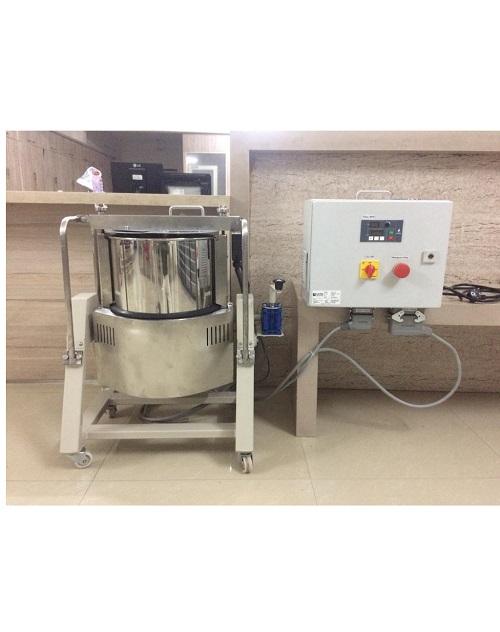
Small capacity chocolate melangeur
In order to produce the finest of chocolate products, you need the cocoa nibs to be grin...
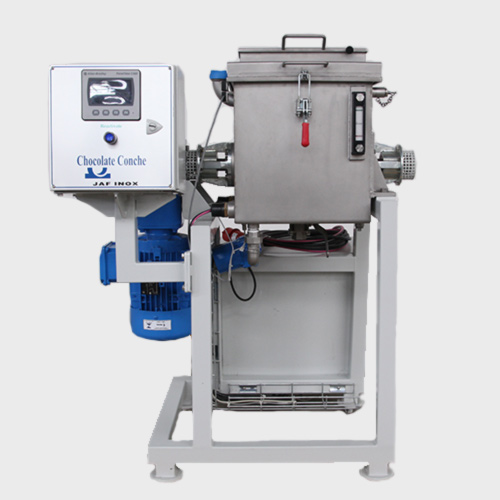
Chocolate conche for small batches and laboratory use
Conching plays a critical role in the flavor development of chocola...
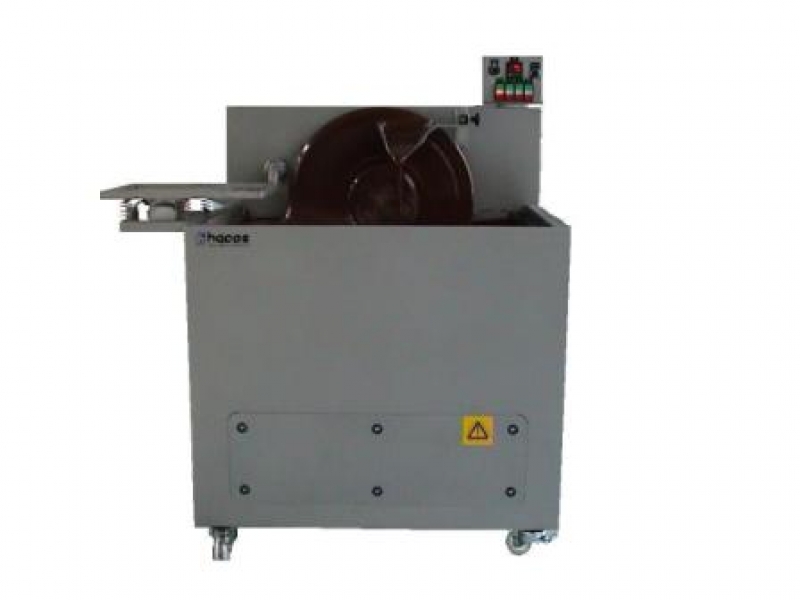
Automatic batch tempering machine
Automatic tempering machine, for batch process in a medium scale production.

